
Day 2, Tuesday 15th November - Bangkok
Congratulations.......Congratulations to sweet home resort for providing amazing accommodation and service. After a super breakfast arrived in the room at 8:00am I guess I knew we could get the start we needed on what was going to be a long day. Just over an hour later we are ready to depart, our journey taking us north in the first instance and reaching our furthest point from Bangkok so far.
Mystery at Wat Sai.......We have our attractions list prepared which covers 10 locations and we must expect to use rural roads even though National Highway 32 passes through Singburi Province. Of the 10 locations I've only a vague idea what to expect as I have carried out only brief research. Practically all the attractions on my list are either temples, temple ruins or historic sites. As I head for the first site on my list, I'm not sure from memory which of these it is. As we near the first site I realise we are really close to the Chao Phraya River with the province of Chainat on the opposite bank. Following a narrow road skirting the riverbank which has partially collapsed we arrive at Wat Sai, a delightful brick ruin covered with a giant banyan fig tree giving its name to the temple; 'sai' is banyan in Thai.
Wat Sai was formerly called 'Wat Thayan' believed to have been derived from the word 'Thai Yan' (end of the neighbourhood). It was said that a pilgrim monk found this deserted temple surrounded by a dense grove of banyan trees and suggested to the villagers to change the name to 'Wat Sai' (Banyan). This temple is believed to have been built during the Ayutthaya era and still has the feature of the roots of the banyan tree encasing the chapel which houses the principal Buddha statue. The roof of the chapel has long since fallen into the river.
The principal Buddha statue was called Luang Pho Khao or Luang Pho Thayan by village folk but is presently called Luang Pho Wat Sai. It is held that the statue was made of clay and gilded in gold but was set on fire by the Burmese who smelted the gold leaving the clay statue which was beheaded. The villagers made a donation to recreate the head. The chapel is in the Maha Ut style which means there is only one opening for entrance and exit. It's also said that someone tried to renovate the roof but when lightning struck that person had a vision that the statue should remain undisturbed so no roof was fitted.
After the head of the Buddha statue was recreated, villagers would make merit every Songkran (Thai New Year) and it is now a tradition to bathe the Buddha statue on the 16th of April annually.
Wat Muang.......The next location is not on our list but is sign-posted shortly after we leave Wat Sai. It's just a short detour.
Wat Muang also lies next to the Chao Phraya River and it's here that I am reminded of the floods that devastated central parts Thailand during 2012 with floodwater up to neck height. Since then, flood defenses have been constructed along the banks of the Chao Phraya River but in many instances, these have come too late. At this temple I engage with the monk in a friendly way that has happened in some circumstances in the past.
Wat Muang is thought to have been built in the early Rattanakosin period around 1882. However, there is evidence that a temple existed on this site well before, in the Ayutthaya period as evidenced by the brick chedi on site. In the old temple building, there is a beautiful Buddha image in suppressing mara's posture and the walls are decorated with chalk pictures by local craftsman. They depict Buddhist history and the local way of life and culture. They are held to be the most beautiful temple paintings in Singburi.
Inburi National Museum.......For our next visit we need to pass over the Chao Phraya River to the western bank. The next location is a museum but unfortunately, I failed to remember the fact that national museums in Thailand close on Mondays and Tuesdays the very two days we're visiting Singburi. Nevertheless, I decide to go and take a look and yes, it is closed but nevertheless, I manage to find something out about this important museum. Inburi museum is being renovated. Sadly, it too was affected by the mighty flood of 2012 and has yet fully reopen with just the upper floor available for access.
Mueang Boran Ban Khu Mueang.......Still in Inburi in Huay Chan, our next site visit is Mueang Boran Ban Khu Mueang located within the area of an ancient moat. Here there is a forested area of about 300 hectares, a centre for plants, wildlife and insects. In the park there is a bee plantation, a museum, and an urban forest ideal for hiking. The perimeter of the park is 2 kilometres. The museum would be a valuable source of information about this ancient settlement but as with the Inburi National Museum, it is closed today.
The archaeological excavations designated the ancient city to belong to the Thavaravadi Funan era, a period for which little recorded history exists in the early AD timeframe. The mote surrounding the city is connected by many canals dug to connect the moat with the natural waterways around it. The grid of the waterways network is like a spider or fishing net and covers approximately 10 kilometres.
Wat Phra Prang.......Our next site visit is to the south in Bang Rachang district. In fact, there are two important sites here close to each other. Firstly, there is the iconic Wat Phra Prang. Prang architecture differs from the more usual bell shaped Chedis more familiar in the later Ayutthaya period and to date. Rather than having a spire they have an attractive dome like shape.
The historical significance of this temple is the leaning brick and stucco prang alongside a small, viharn or ubosot. According to the Tourism Authority of Thailand, the prang was likely constructed in the 17th century during the reign of King Narai (1633-88) in the manner of early-period Ayutthaya models (e.g., the central tower of Wat Mahathat). The 15-metre-high prang is badly weathered and leaning noticeably toward the viharn. Its interior was robbed of its original contents long ago, and currently houses a modern image of the Buddha sheltered beneath a seven-headed naga called Mucalinda, sitting on the coils of its tail.
Mae Nam Noi Kiln Site.......The second attraction which is close to Wat Phra Prang is the Mae Nam Noi Kiln Site. There would have been a number of kiln sites in this area but the best excavated and preserved is kiln No. 6. This kiln was excavated during 1994. It was a cross draft kiln with an arched-top roof of 5.3 metres wide and 14.4 metres long. It was called 'Tao Pratoon' (boat roof). It was built on a mound having a chimney on its top and the floor of the fire chamber tilted towards the firebox. According to the survey there were three superimposing kilns obviously built on the mound. It is assumed that the inner kiln is a replacement for the original one now destroyed.
Wat Pho Kao Ton.......The next site in Bang Rachang district is arguably the most historically important in the province but before we get stuck into it it's time for lunch. I have to say thankfully for our earlier start we've made good progress towards completing our work for the day. It's time to investigate what is effectively a battlefield and in Thailand you can hardly detach anything historical from religion so the most obvious site to start with here is Wat Pho Kao Ton.
Opposite Bang Rachan Memorial Park, Wat Pho Kao Ton, also known locally as Wat Mai Daeng, is an historic temple that dates back to the Ayutthaya era. There's a large pond with many fish as well as a large gleaming white seated Buddha statue and small ancient ruins. Many redwood trees, believed to be sacred, grow throughout the grounds. Nearby is a weekend market which capitalises on the historic importance of the area. A brick-built shrine here from the Ayutthaya period attracts pilgrims who come to acknowledge the deeds of past heroes.
Bang Rachan Memorial.......Most sources dealing with the attractions in Singburi will place the Bang Rachan Memorial high on their list. The sculpture is to the heroes of Bang Rachan. The story is that in 1765 it was a self-defense camp for the villagers of Singburi and other towns who had taken refuge from the Burmese Army in Bang Rachan. Before the second Ayutthaya loss, it was able to resist attacks. The story is one of courage and resistance against a dominant enemy; so much so that it is well known as a defining moment in Thai history.
This park comprises of a monument to hero villagers, and also a study centre. The exhibition inside is divided into 4 rooms, first of which is the 'Biographies of Bang Rachan Heroes'. The second and third exhibition rooms are 'Singburi in the Past' which displays historical records and archaeological excavations, pictures of equipment, history, and evolution in each era. The last exhibition room is about the way of life along the river, where a walkway is divided into a bridge, so you can walk back to see life along the banks during the golden days.
Ever interested in military history and battles which tend to define events for decades if not centuries to come, I feel so privileged that after so many years travelling in Thailand I can visit this place. The only regret I have about this important site is that much of the detail which would be a fascinating read is only available in Thai. Nevertheless, the importance of this site is not lost on me and in terms of historical events it reminds me of a defining moment in the history of the United States referring back to the battle of the Alamo. Clearly for their own safety and defense, Ayutthaya could spare neither man nor material to support the people of Bang Rachan and it would be another two years before Ayutthaya would finally fall to the Burmese. So, was it all in vain? I don't really think so for although a dynasty had fallen a new dynasty would rise up to expel the Burmese once and for all. Clearly weakened, the Burmese could not retain control the vast area of Siam, now Thailand.
Concerns.......Soon after our departure I begin to fret that I didn't spend enough time in Bang Rachan but then that opens the door for a future visit to Singburi as it is not difficult to reach and can be incorporated easily into another tour. Besides there are those museums where I was unable to visit too.
Observation.......As a general observation I find that visiting Thailand's historic sites especially its ruined temples is a great experience for me as a history buff. What makes these sites so interesting is the fact that Thailand has organised tourist and fine arts departments that make every effort to provide information in English as well as Thai at the sites they have registered. Unfortunately, many working temples despite having histories that may go back hundreds of years, do not attract the same attention. Working temples do not attract the same audience so they are not under the same obligation to provide information for foreigners. Yet Buddhist worshippers are provided with an endless amount of information no doubt to promote the activity of the temple and attract donations. The next temple is a case in point.
Wat Pikul Thong Phra Aram Luang.......Located in Tha Chan district, Wat Pikul Thong Phra Aram Luang is one of Singburi's main sites. At this attractive temple, you can see a large seated Buddha image gleaming and glinting in the sunshine as you approach the temple. The statue is 42 metres tall, which is pretty impressive! Its stature is further enhanced by the fact that it is 23 metres wide.
In religion as well as in politics there are always those that rise to the top of their profession and in many Buddhist temples the past teaching and wisdom of a particular Abbott is not only remembered but accentuated through an on-site mausoleum. Here at Wat Pikul Thong the Chief Abbott the Venerable Luang Pho Phae has recently passed away and a special hall has been erected following his cremation ceremony. The hall subsequently becomes a place of pilgrimage.
There's been a great trawl of information so far that I've gathered in relation to Singburi province but it's a hot day and there's been little respite between site visits. Now in the later part of the afternoon there is just one more temple site to visit in the province located not far away beside the Noi river.
Wat Bot.......Wat Bot is another working temple where I'm not expecting on-site information however on arrival, we are greeted with a temple servant who is pleased to show us around. Thankfully the Amazing Thailand website is able to fill in some gaps.
What Bot of the Ayutthaya period was once abandoned. It is constructed in an unusual style having iron rails as the core of the lower part. The window and door panels of the chapel were carved exquisitely by the best artisan in Singburi, a man by the name of Chuan Hathakosol, who devoted 10 years of his life doing work on the ubosot (ordination hall).
It's around 4pm and we have reached the southernmost site visit in Singburi province. It should now be a simple matter of returning back to Bangkok earlier than I had anticipated. However, my companion has conjured up another site visit which isn't actually in Singburi province but in the next province south, Ang Thong. This province was covered in a tour I made in February 2020 before Covid struck but I seem to have missed out an important temple in the north of the province that seems to have great status.
Wat Chaiyo Worawihan.......Wat Chaiyo Worawihan is located in Chaiyo district, Ang Thong province besides the Chao Phraya River. We have time on our side as it's not yet 4:30pm but this important temple closes at 5:00pm. Again, there is little information in English that I can use so I only have photographic evidence to rely on and any online information I can find. Amazing Thailand comes to my rescue again.
Wat Chaiyo Worawihan is a 2nd class royal monastery. It was established in 1757 and was granted land from the King where, later on, the temple was granted royal status in 1887. The exceptionally large Buddha image dates from the reign of King Rama IV (King Mongkut), around 1857-1862. Phra Maha Phutthaphim or Luang Po To of Wat Chaiyo is a sacred Buddha image, especially to those living in Ang Thong and other provinces nearby.
Justified.......At the temple closing time we are in a good position to return to Bangkok, little more than an hour and a half away. We reach Bangkok shortly after 6:30pm, grab a meal and reflect on the day's events. This has been an extremely useful short tour. Singburi is one of Thailand's smallest provinces and in a day and a half I've managed to cover almost all the main sites which proves there is nowhere in Thailand you cant find something of interest. It had remained the only province in central Thailand that had no site visits at all. I have now finally put things to rights including Singburi on my site map and with great justification too.
First Page.
Congratulations.......Congratulations to sweet home resort for providing amazing accommodation and service. After a super breakfast arrived in the room at 8:00am I guess I knew we could get the start we needed on what was going to be a long day. Just over an hour later we are ready to depart, our journey taking us north in the first instance and reaching our furthest point from Bangkok so far.
Mystery at Wat Sai.......We have our attractions list prepared which covers 10 locations and we must expect to use rural roads even though National Highway 32 passes through Singburi Province. Of the 10 locations I've only a vague idea what to expect as I have carried out only brief research. Practically all the attractions on my list are either temples, temple ruins or historic sites. As I head for the first site on my list, I'm not sure from memory which of these it is. As we near the first site I realise we are really close to the Chao Phraya River with the province of Chainat on the opposite bank. Following a narrow road skirting the riverbank which has partially collapsed we arrive at Wat Sai, a delightful brick ruin covered with a giant banyan fig tree giving its name to the temple; 'sai' is banyan in Thai.
Wat Sai was formerly called 'Wat Thayan' believed to have been derived from the word 'Thai Yan' (end of the neighbourhood). It was said that a pilgrim monk found this deserted temple surrounded by a dense grove of banyan trees and suggested to the villagers to change the name to 'Wat Sai' (Banyan). This temple is believed to have been built during the Ayutthaya era and still has the feature of the roots of the banyan tree encasing the chapel which houses the principal Buddha statue. The roof of the chapel has long since fallen into the river.
The principal Buddha statue was called Luang Pho Khao or Luang Pho Thayan by village folk but is presently called Luang Pho Wat Sai. It is held that the statue was made of clay and gilded in gold but was set on fire by the Burmese who smelted the gold leaving the clay statue which was beheaded. The villagers made a donation to recreate the head. The chapel is in the Maha Ut style which means there is only one opening for entrance and exit. It's also said that someone tried to renovate the roof but when lightning struck that person had a vision that the statue should remain undisturbed so no roof was fitted.
After the head of the Buddha statue was recreated, villagers would make merit every Songkran (Thai New Year) and it is now a tradition to bathe the Buddha statue on the 16th of April annually.
Wat Muang.......The next location is not on our list but is sign-posted shortly after we leave Wat Sai. It's just a short detour.
Wat Muang also lies next to the Chao Phraya River and it's here that I am reminded of the floods that devastated central parts Thailand during 2012 with floodwater up to neck height. Since then, flood defenses have been constructed along the banks of the Chao Phraya River but in many instances, these have come too late. At this temple I engage with the monk in a friendly way that has happened in some circumstances in the past.
Wat Muang is thought to have been built in the early Rattanakosin period around 1882. However, there is evidence that a temple existed on this site well before, in the Ayutthaya period as evidenced by the brick chedi on site. In the old temple building, there is a beautiful Buddha image in suppressing mara's posture and the walls are decorated with chalk pictures by local craftsman. They depict Buddhist history and the local way of life and culture. They are held to be the most beautiful temple paintings in Singburi.
Inburi National Museum.......For our next visit we need to pass over the Chao Phraya River to the western bank. The next location is a museum but unfortunately, I failed to remember the fact that national museums in Thailand close on Mondays and Tuesdays the very two days we're visiting Singburi. Nevertheless, I decide to go and take a look and yes, it is closed but nevertheless, I manage to find something out about this important museum. Inburi museum is being renovated. Sadly, it too was affected by the mighty flood of 2012 and has yet fully reopen with just the upper floor available for access.
Mueang Boran Ban Khu Mueang.......Still in Inburi in Huay Chan, our next site visit is Mueang Boran Ban Khu Mueang located within the area of an ancient moat. Here there is a forested area of about 300 hectares, a centre for plants, wildlife and insects. In the park there is a bee plantation, a museum, and an urban forest ideal for hiking. The perimeter of the park is 2 kilometres. The museum would be a valuable source of information about this ancient settlement but as with the Inburi National Museum, it is closed today.
The archaeological excavations designated the ancient city to belong to the Thavaravadi Funan era, a period for which little recorded history exists in the early AD timeframe. The mote surrounding the city is connected by many canals dug to connect the moat with the natural waterways around it. The grid of the waterways network is like a spider or fishing net and covers approximately 10 kilometres.
Wat Phra Prang.......Our next site visit is to the south in Bang Rachang district. In fact, there are two important sites here close to each other. Firstly, there is the iconic Wat Phra Prang. Prang architecture differs from the more usual bell shaped Chedis more familiar in the later Ayutthaya period and to date. Rather than having a spire they have an attractive dome like shape.
The historical significance of this temple is the leaning brick and stucco prang alongside a small, viharn or ubosot. According to the Tourism Authority of Thailand, the prang was likely constructed in the 17th century during the reign of King Narai (1633-88) in the manner of early-period Ayutthaya models (e.g., the central tower of Wat Mahathat). The 15-metre-high prang is badly weathered and leaning noticeably toward the viharn. Its interior was robbed of its original contents long ago, and currently houses a modern image of the Buddha sheltered beneath a seven-headed naga called Mucalinda, sitting on the coils of its tail.
Mae Nam Noi Kiln Site.......The second attraction which is close to Wat Phra Prang is the Mae Nam Noi Kiln Site. There would have been a number of kiln sites in this area but the best excavated and preserved is kiln No. 6. This kiln was excavated during 1994. It was a cross draft kiln with an arched-top roof of 5.3 metres wide and 14.4 metres long. It was called 'Tao Pratoon' (boat roof). It was built on a mound having a chimney on its top and the floor of the fire chamber tilted towards the firebox. According to the survey there were three superimposing kilns obviously built on the mound. It is assumed that the inner kiln is a replacement for the original one now destroyed.
Wat Pho Kao Ton.......The next site in Bang Rachang district is arguably the most historically important in the province but before we get stuck into it it's time for lunch. I have to say thankfully for our earlier start we've made good progress towards completing our work for the day. It's time to investigate what is effectively a battlefield and in Thailand you can hardly detach anything historical from religion so the most obvious site to start with here is Wat Pho Kao Ton.
Opposite Bang Rachan Memorial Park, Wat Pho Kao Ton, also known locally as Wat Mai Daeng, is an historic temple that dates back to the Ayutthaya era. There's a large pond with many fish as well as a large gleaming white seated Buddha statue and small ancient ruins. Many redwood trees, believed to be sacred, grow throughout the grounds. Nearby is a weekend market which capitalises on the historic importance of the area. A brick-built shrine here from the Ayutthaya period attracts pilgrims who come to acknowledge the deeds of past heroes.
Bang Rachan Memorial.......Most sources dealing with the attractions in Singburi will place the Bang Rachan Memorial high on their list. The sculpture is to the heroes of Bang Rachan. The story is that in 1765 it was a self-defense camp for the villagers of Singburi and other towns who had taken refuge from the Burmese Army in Bang Rachan. Before the second Ayutthaya loss, it was able to resist attacks. The story is one of courage and resistance against a dominant enemy; so much so that it is well known as a defining moment in Thai history.
This park comprises of a monument to hero villagers, and also a study centre. The exhibition inside is divided into 4 rooms, first of which is the 'Biographies of Bang Rachan Heroes'. The second and third exhibition rooms are 'Singburi in the Past' which displays historical records and archaeological excavations, pictures of equipment, history, and evolution in each era. The last exhibition room is about the way of life along the river, where a walkway is divided into a bridge, so you can walk back to see life along the banks during the golden days.
Ever interested in military history and battles which tend to define events for decades if not centuries to come, I feel so privileged that after so many years travelling in Thailand I can visit this place. The only regret I have about this important site is that much of the detail which would be a fascinating read is only available in Thai. Nevertheless, the importance of this site is not lost on me and in terms of historical events it reminds me of a defining moment in the history of the United States referring back to the battle of the Alamo. Clearly for their own safety and defense, Ayutthaya could spare neither man nor material to support the people of Bang Rachan and it would be another two years before Ayutthaya would finally fall to the Burmese. So, was it all in vain? I don't really think so for although a dynasty had fallen a new dynasty would rise up to expel the Burmese once and for all. Clearly weakened, the Burmese could not retain control the vast area of Siam, now Thailand.
Concerns.......Soon after our departure I begin to fret that I didn't spend enough time in Bang Rachan but then that opens the door for a future visit to Singburi as it is not difficult to reach and can be incorporated easily into another tour. Besides there are those museums where I was unable to visit too.
Observation.......As a general observation I find that visiting Thailand's historic sites especially its ruined temples is a great experience for me as a history buff. What makes these sites so interesting is the fact that Thailand has organised tourist and fine arts departments that make every effort to provide information in English as well as Thai at the sites they have registered. Unfortunately, many working temples despite having histories that may go back hundreds of years, do not attract the same attention. Working temples do not attract the same audience so they are not under the same obligation to provide information for foreigners. Yet Buddhist worshippers are provided with an endless amount of information no doubt to promote the activity of the temple and attract donations. The next temple is a case in point.
Wat Pikul Thong Phra Aram Luang.......Located in Tha Chan district, Wat Pikul Thong Phra Aram Luang is one of Singburi's main sites. At this attractive temple, you can see a large seated Buddha image gleaming and glinting in the sunshine as you approach the temple. The statue is 42 metres tall, which is pretty impressive! Its stature is further enhanced by the fact that it is 23 metres wide.
In religion as well as in politics there are always those that rise to the top of their profession and in many Buddhist temples the past teaching and wisdom of a particular Abbott is not only remembered but accentuated through an on-site mausoleum. Here at Wat Pikul Thong the Chief Abbott the Venerable Luang Pho Phae has recently passed away and a special hall has been erected following his cremation ceremony. The hall subsequently becomes a place of pilgrimage.
There's been a great trawl of information so far that I've gathered in relation to Singburi province but it's a hot day and there's been little respite between site visits. Now in the later part of the afternoon there is just one more temple site to visit in the province located not far away beside the Noi river.
Wat Bot.......Wat Bot is another working temple where I'm not expecting on-site information however on arrival, we are greeted with a temple servant who is pleased to show us around. Thankfully the Amazing Thailand website is able to fill in some gaps.
What Bot of the Ayutthaya period was once abandoned. It is constructed in an unusual style having iron rails as the core of the lower part. The window and door panels of the chapel were carved exquisitely by the best artisan in Singburi, a man by the name of Chuan Hathakosol, who devoted 10 years of his life doing work on the ubosot (ordination hall).
It's around 4pm and we have reached the southernmost site visit in Singburi province. It should now be a simple matter of returning back to Bangkok earlier than I had anticipated. However, my companion has conjured up another site visit which isn't actually in Singburi province but in the next province south, Ang Thong. This province was covered in a tour I made in February 2020 before Covid struck but I seem to have missed out an important temple in the north of the province that seems to have great status.
Wat Chaiyo Worawihan.......Wat Chaiyo Worawihan is located in Chaiyo district, Ang Thong province besides the Chao Phraya River. We have time on our side as it's not yet 4:30pm but this important temple closes at 5:00pm. Again, there is little information in English that I can use so I only have photographic evidence to rely on and any online information I can find. Amazing Thailand comes to my rescue again.
Wat Chaiyo Worawihan is a 2nd class royal monastery. It was established in 1757 and was granted land from the King where, later on, the temple was granted royal status in 1887. The exceptionally large Buddha image dates from the reign of King Rama IV (King Mongkut), around 1857-1862. Phra Maha Phutthaphim or Luang Po To of Wat Chaiyo is a sacred Buddha image, especially to those living in Ang Thong and other provinces nearby.
Justified.......At the temple closing time we are in a good position to return to Bangkok, little more than an hour and a half away. We reach Bangkok shortly after 6:30pm, grab a meal and reflect on the day's events. This has been an extremely useful short tour. Singburi is one of Thailand's smallest provinces and in a day and a half I've managed to cover almost all the main sites which proves there is nowhere in Thailand you cant find something of interest. It had remained the only province in central Thailand that had no site visits at all. I have now finally put things to rights including Singburi on my site map and with great justification too.
First Page.
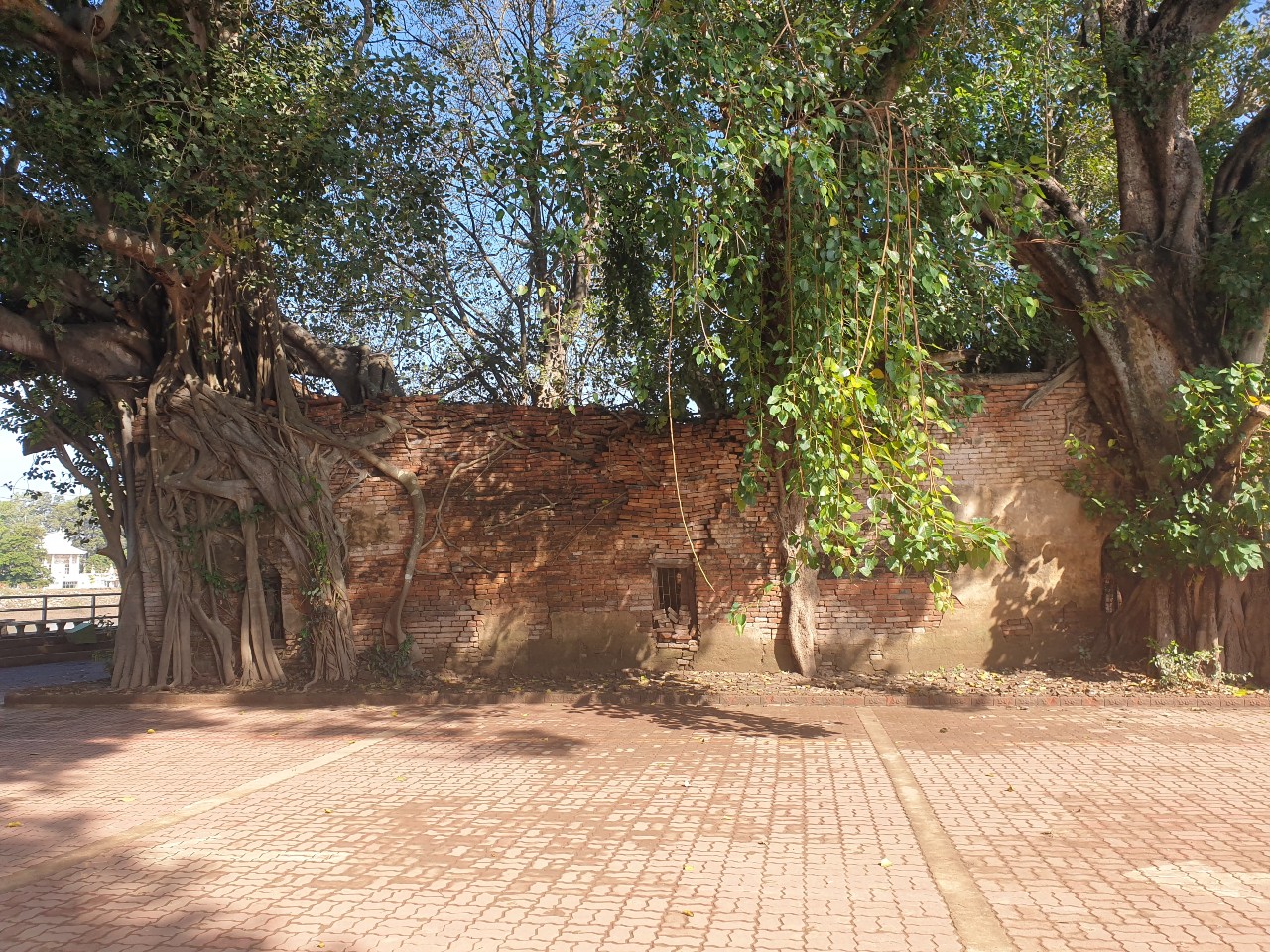
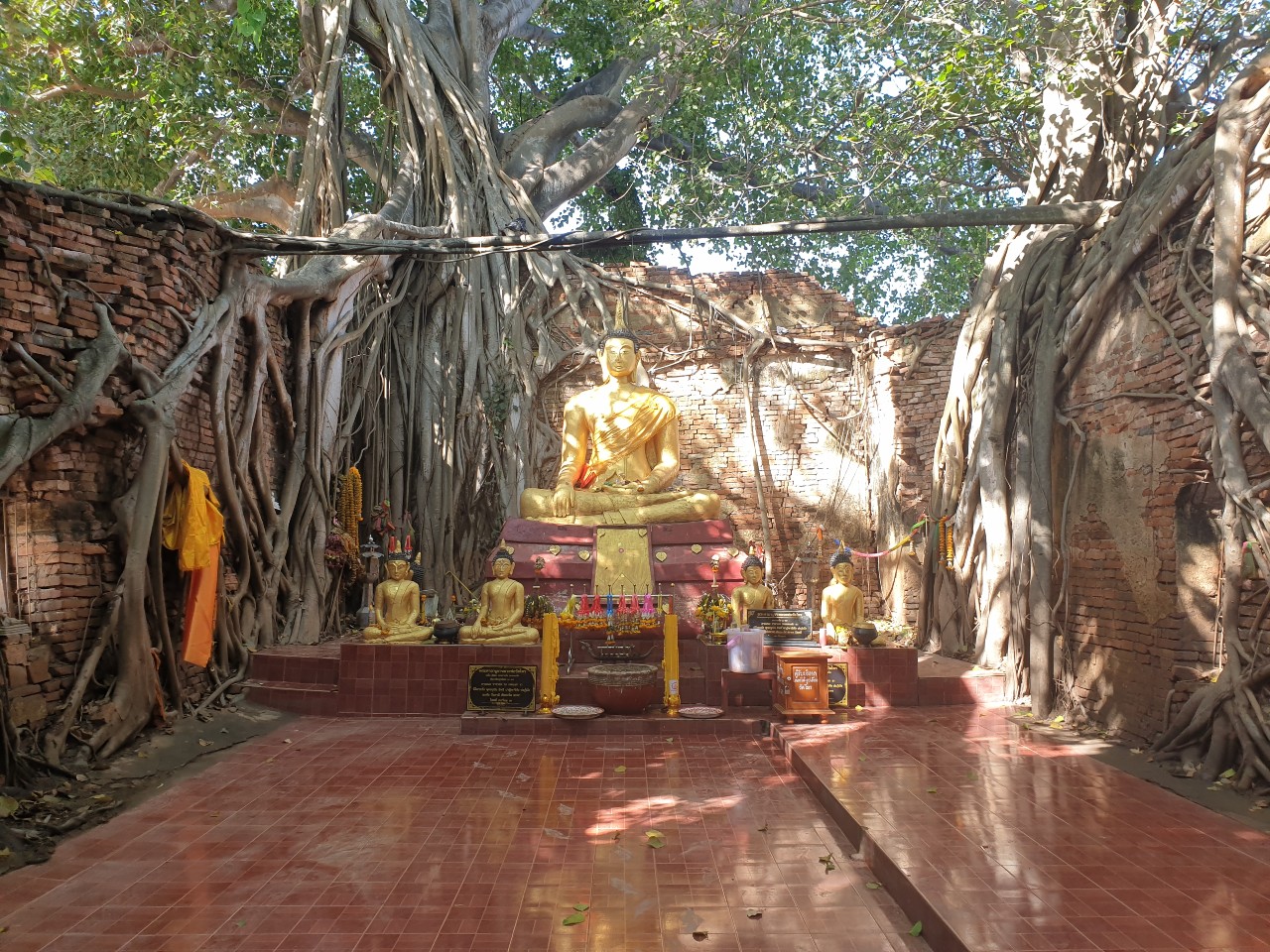
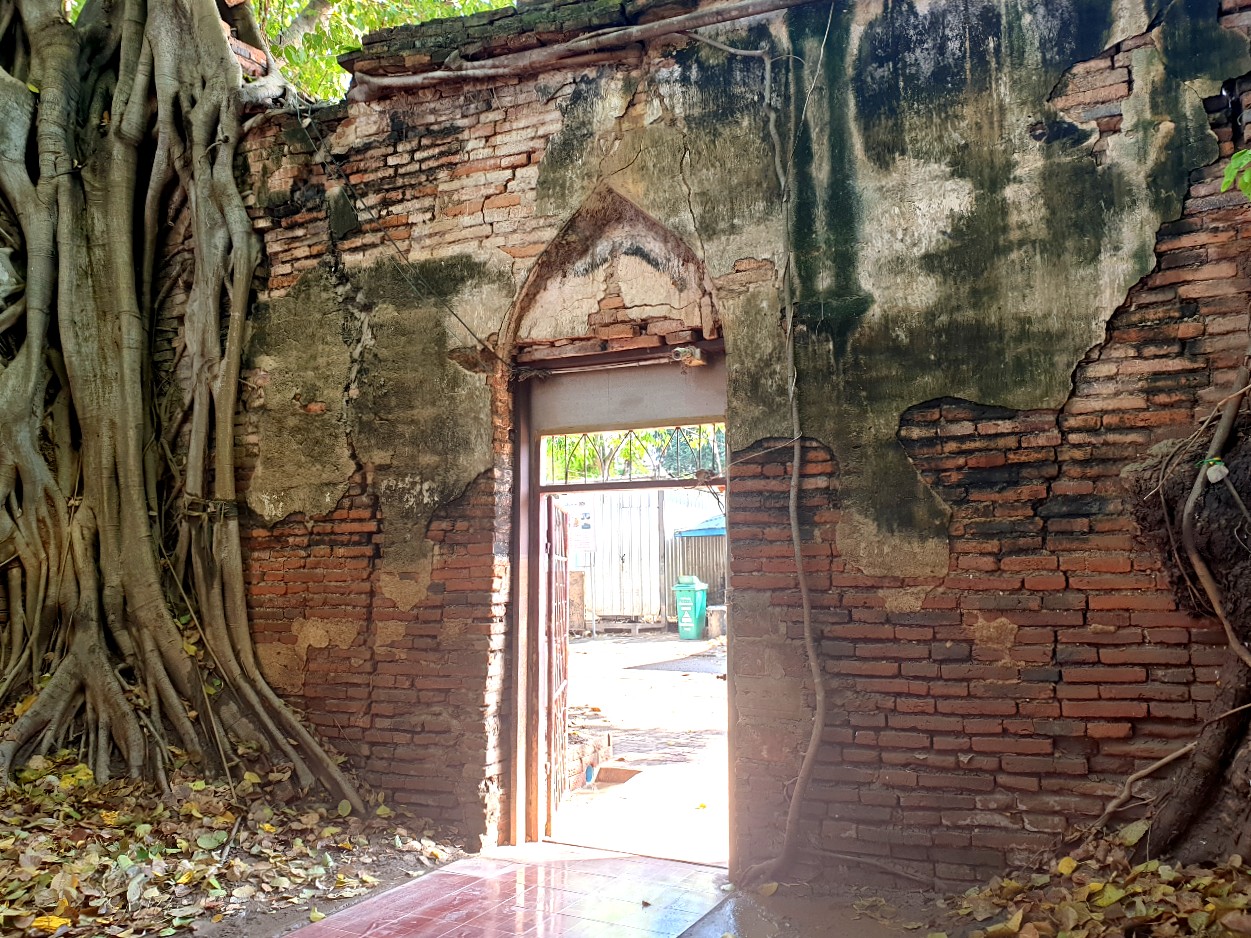
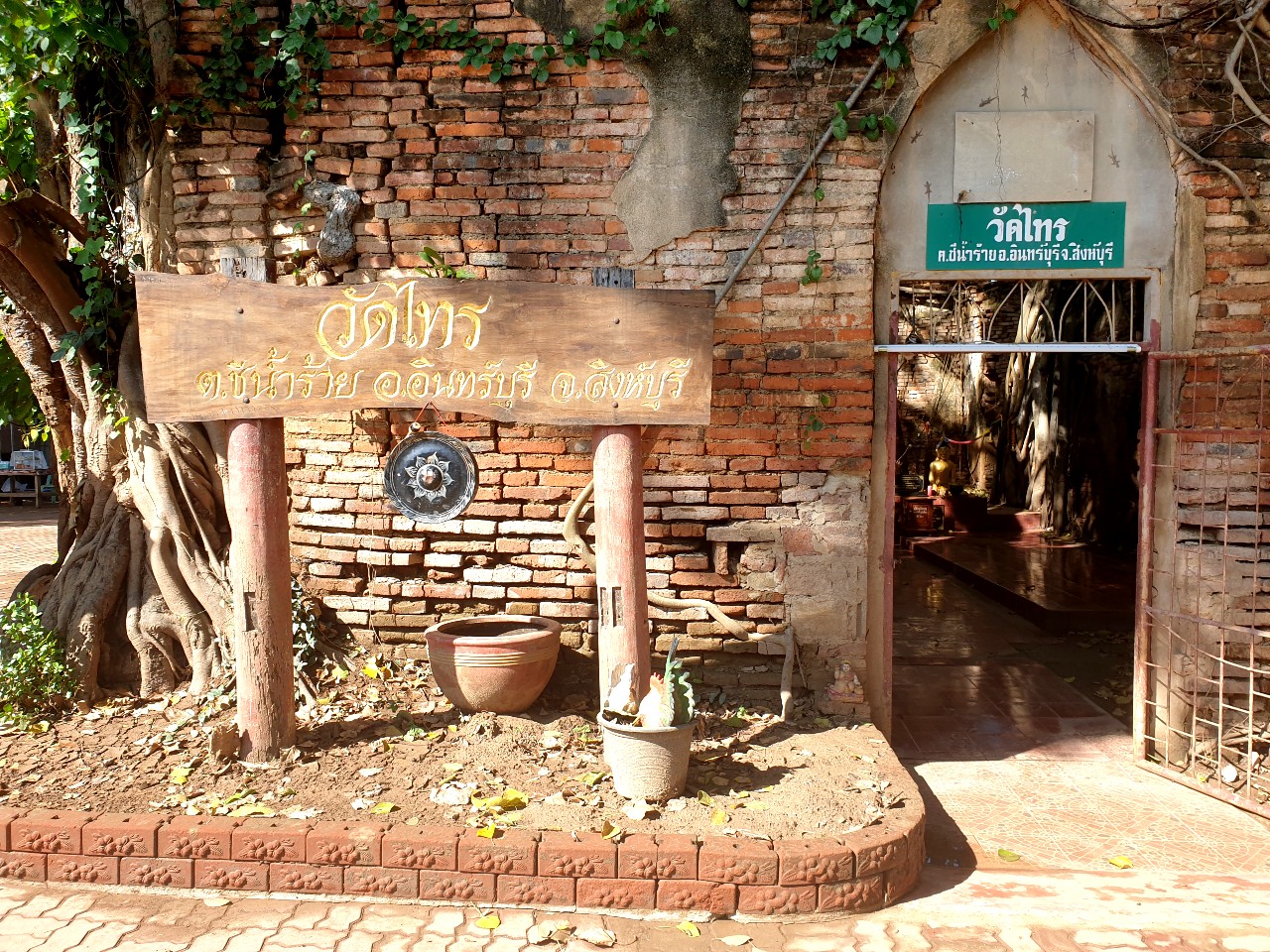
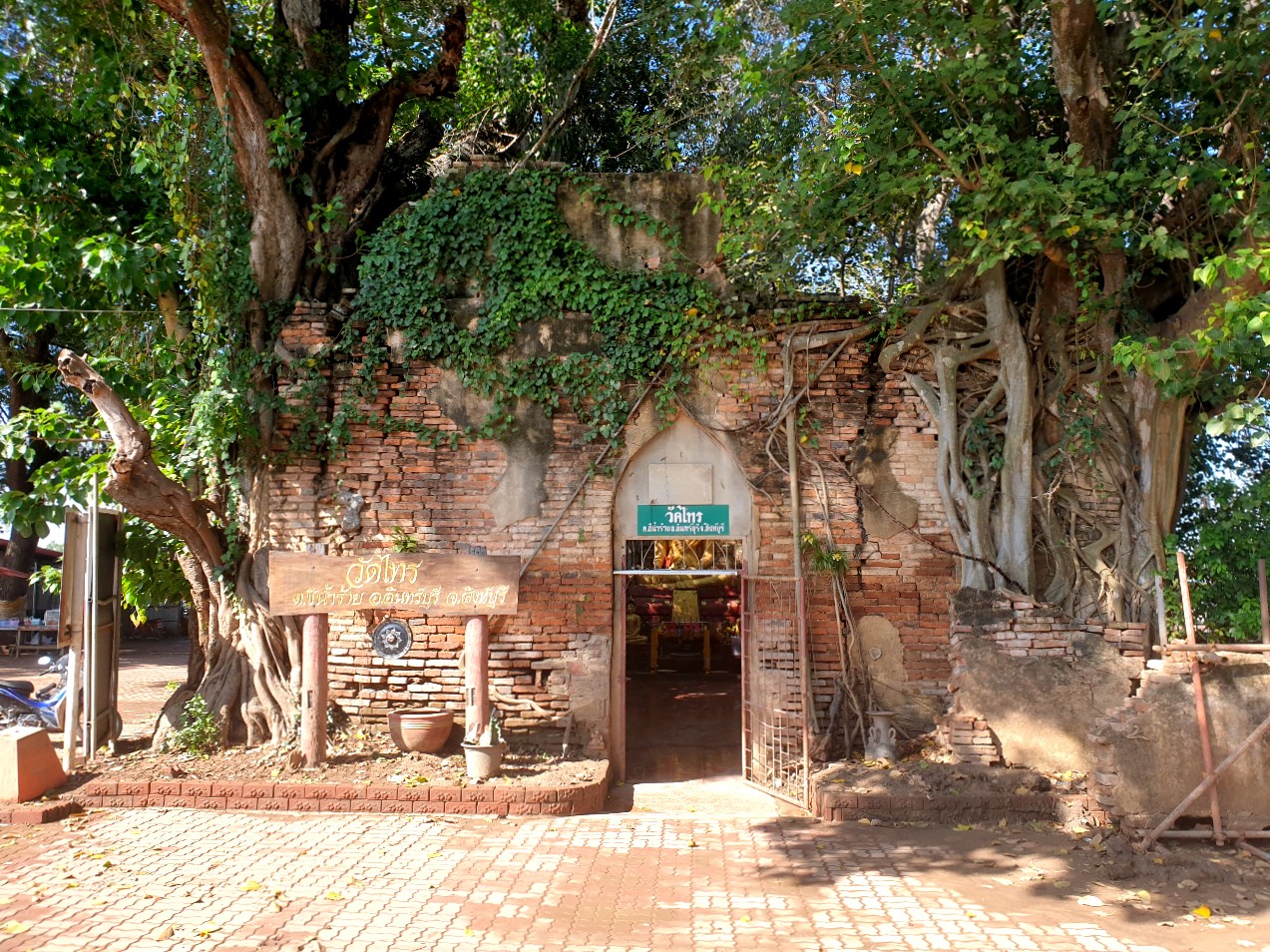
Wat Sai, Inburi District
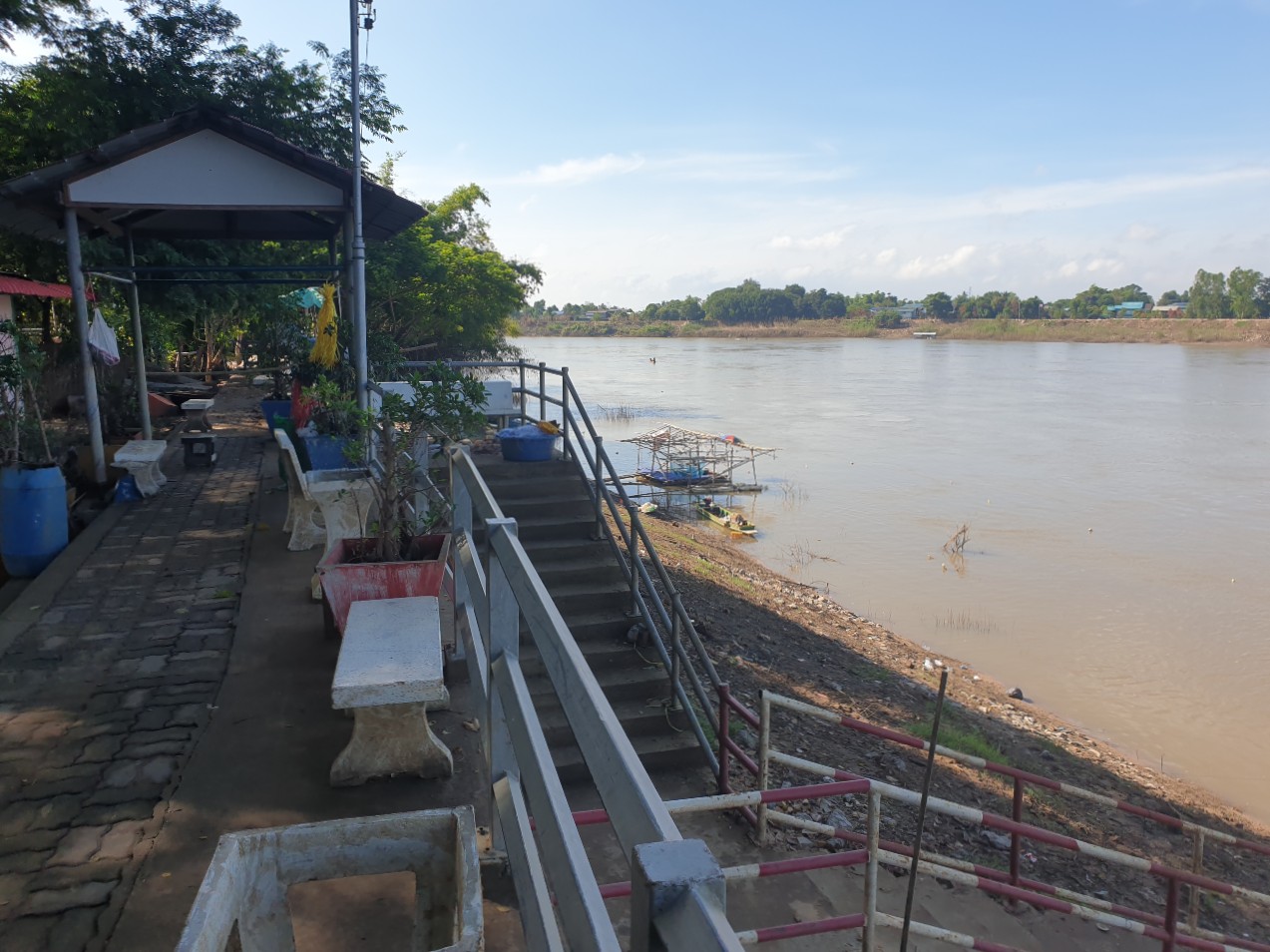
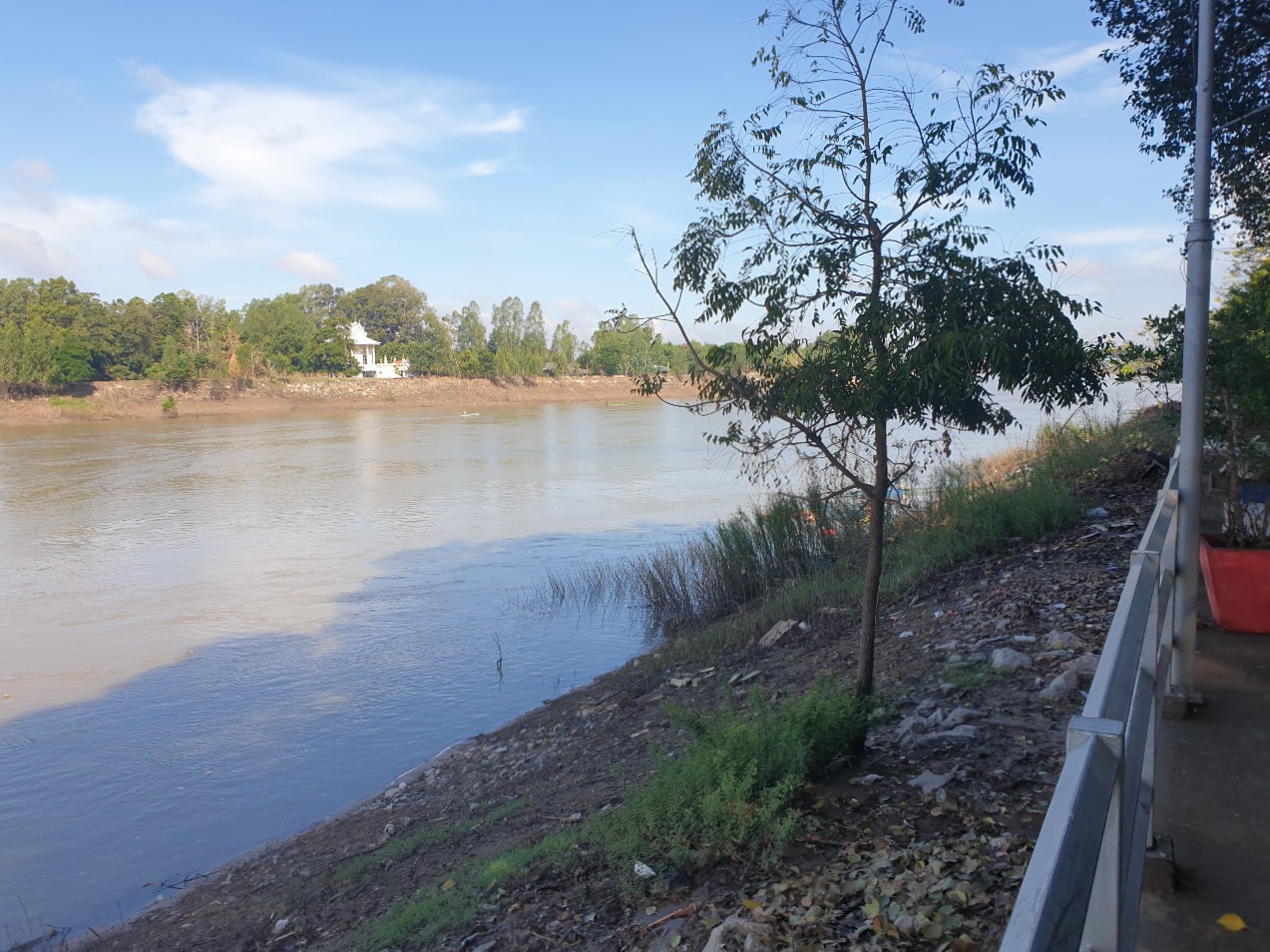
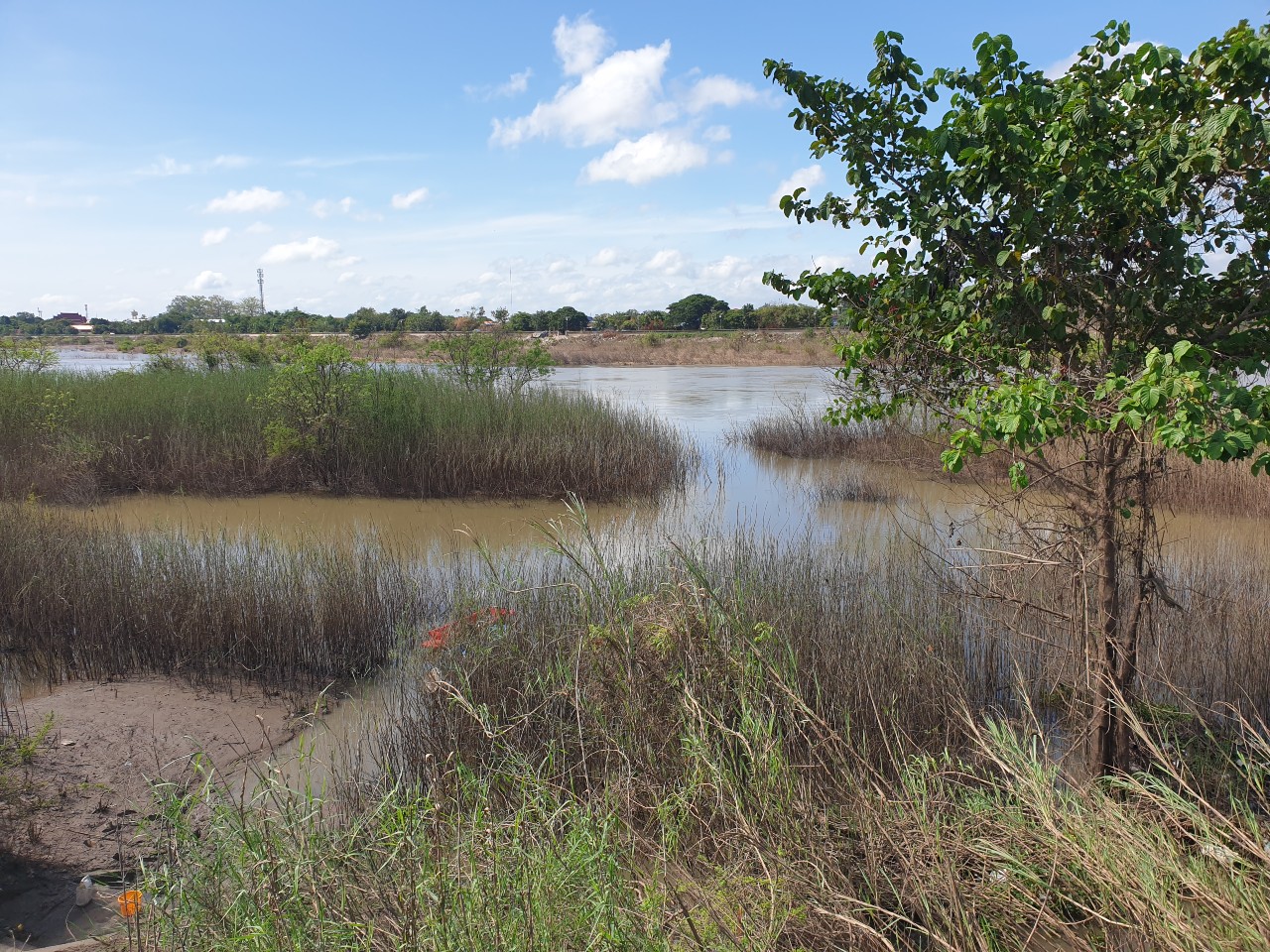
Chao Phraya River, Inburi District
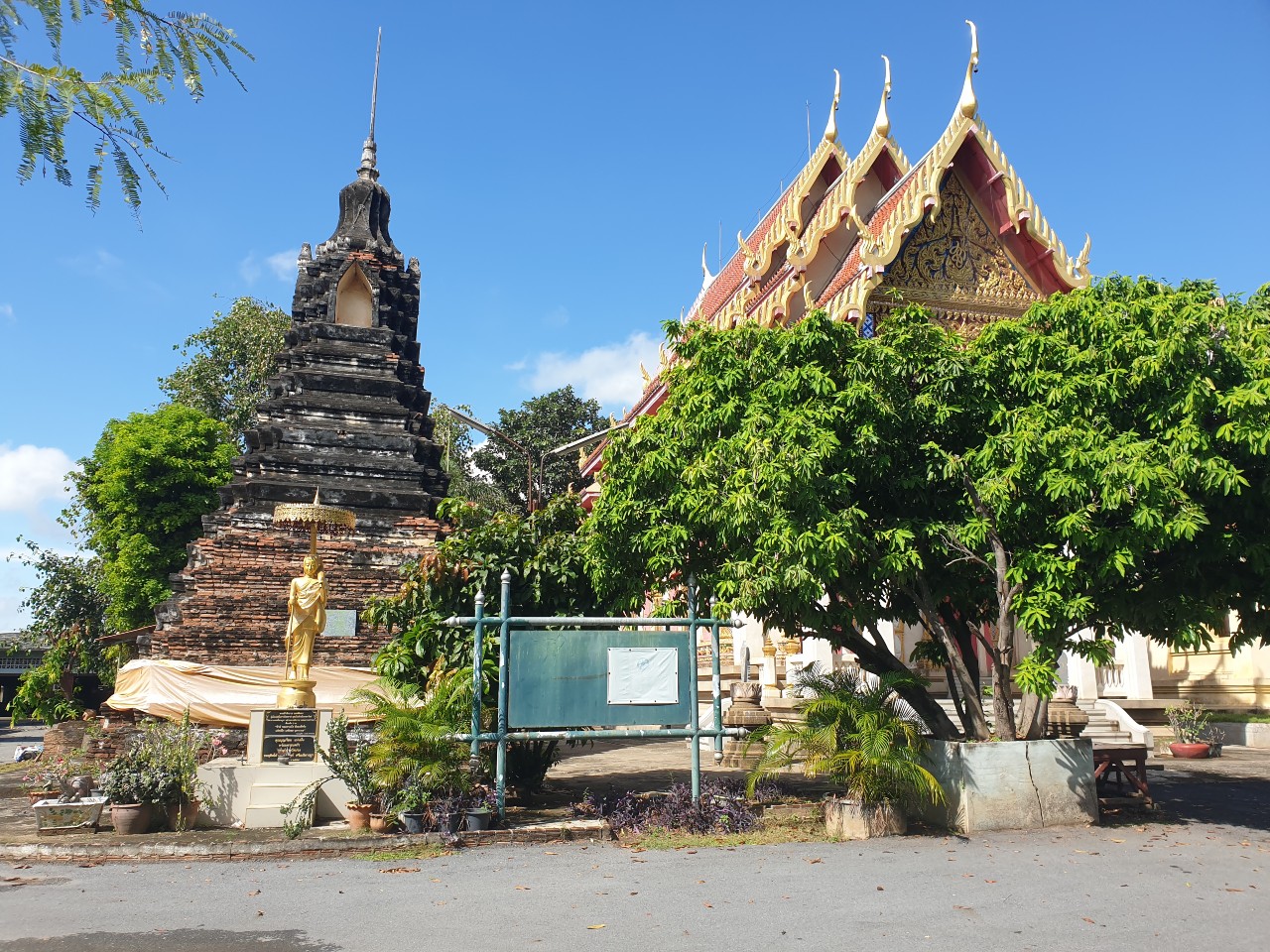
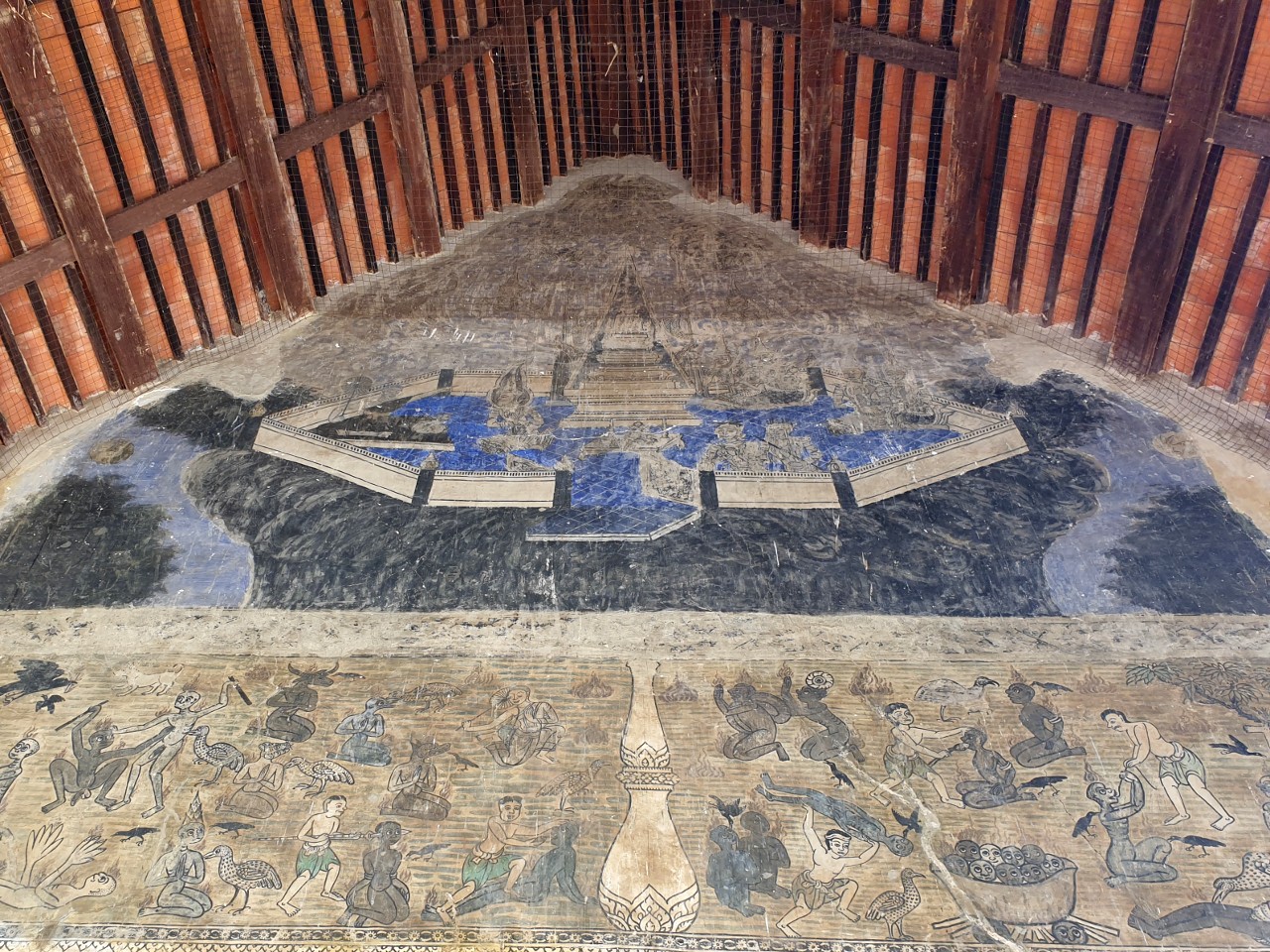
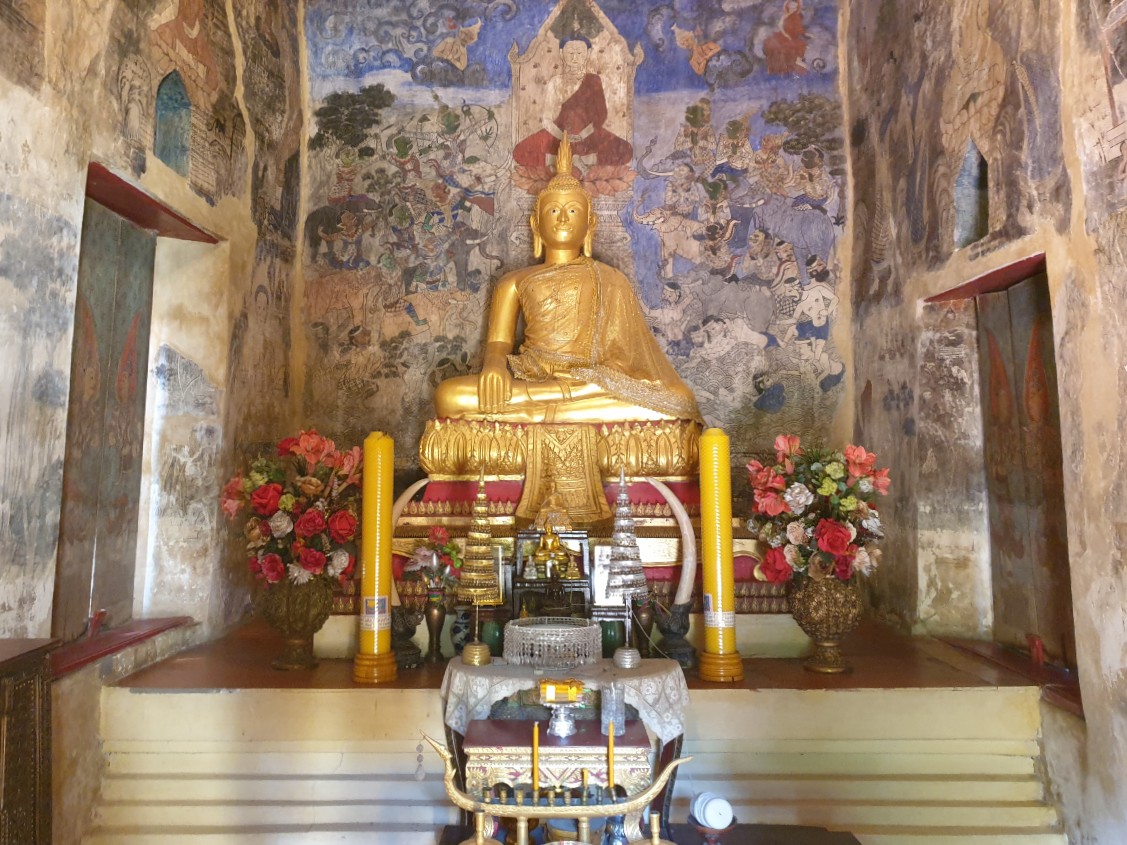
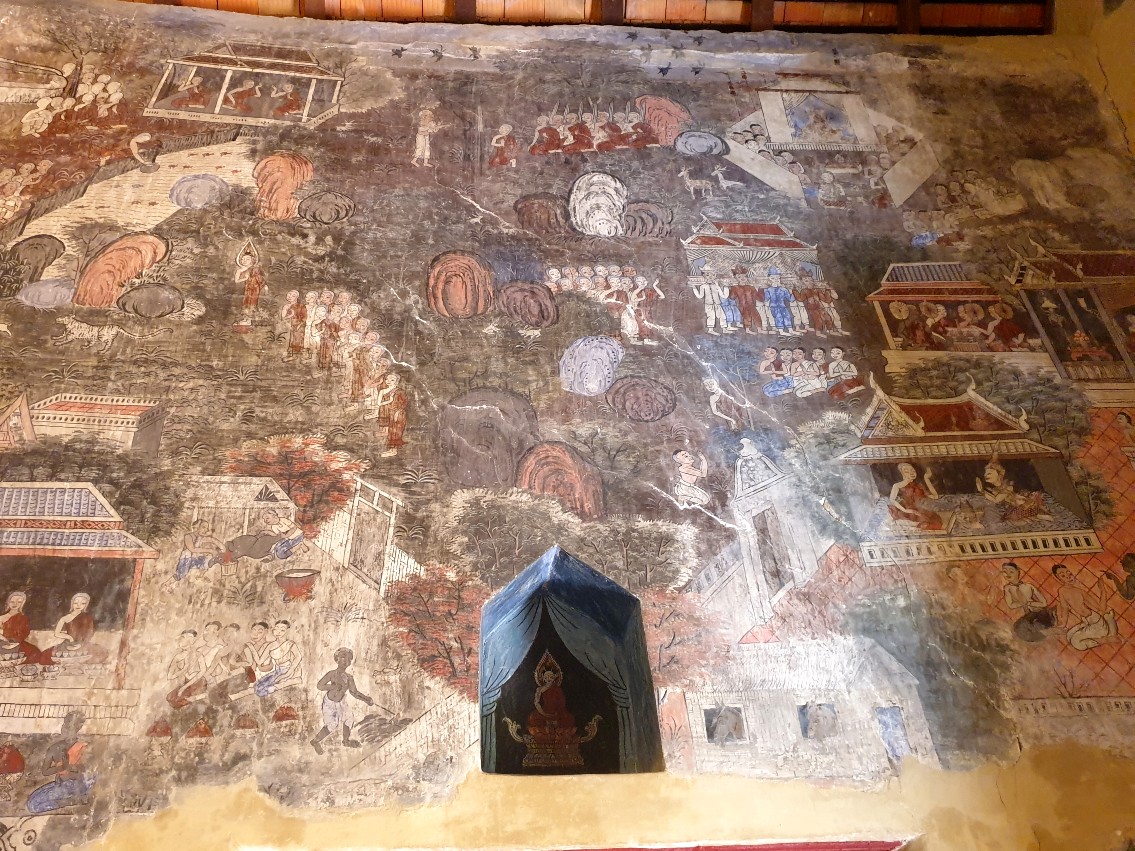
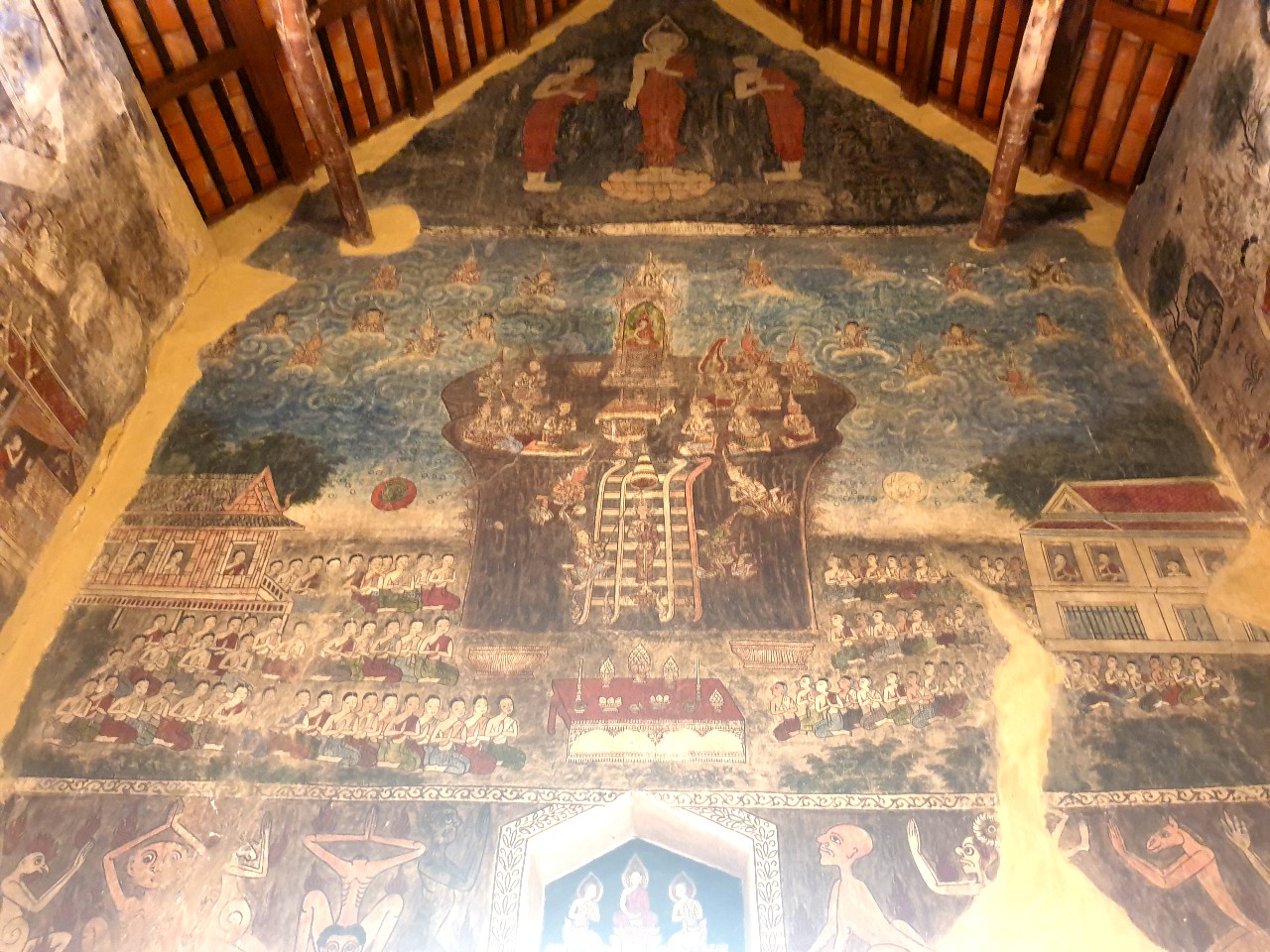
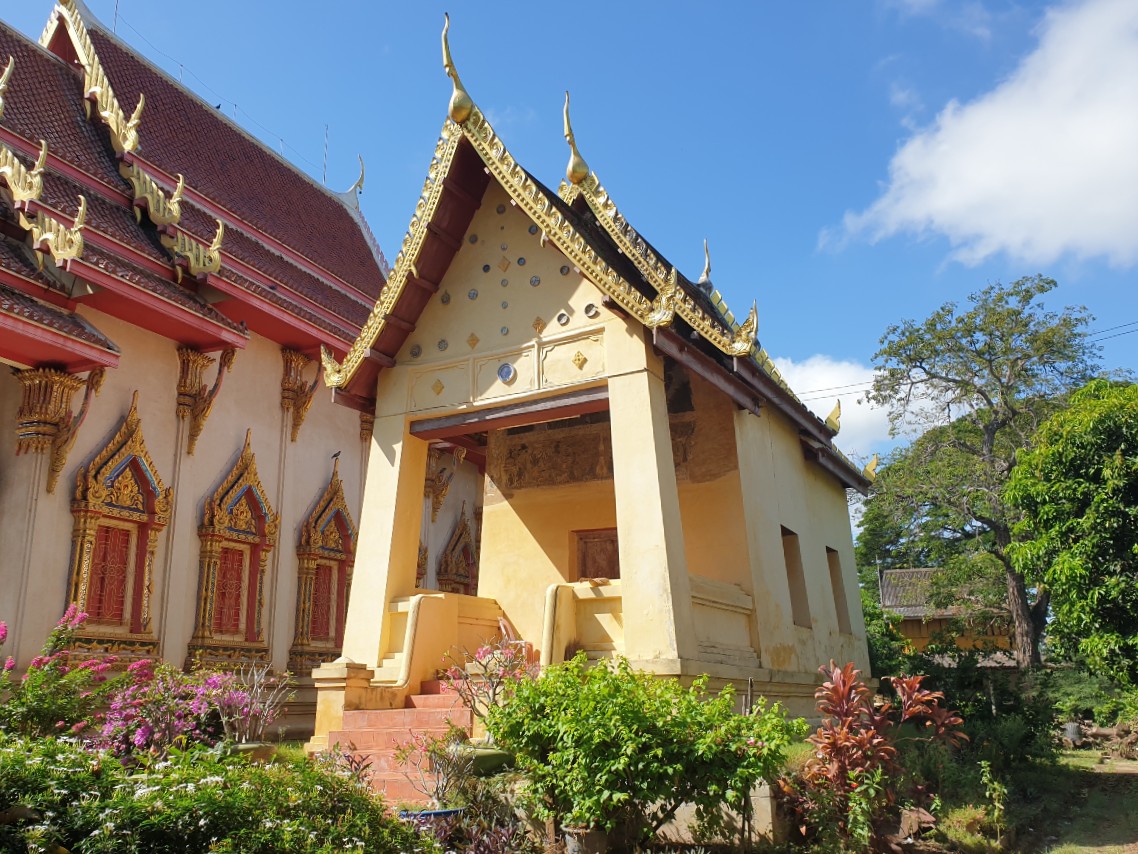
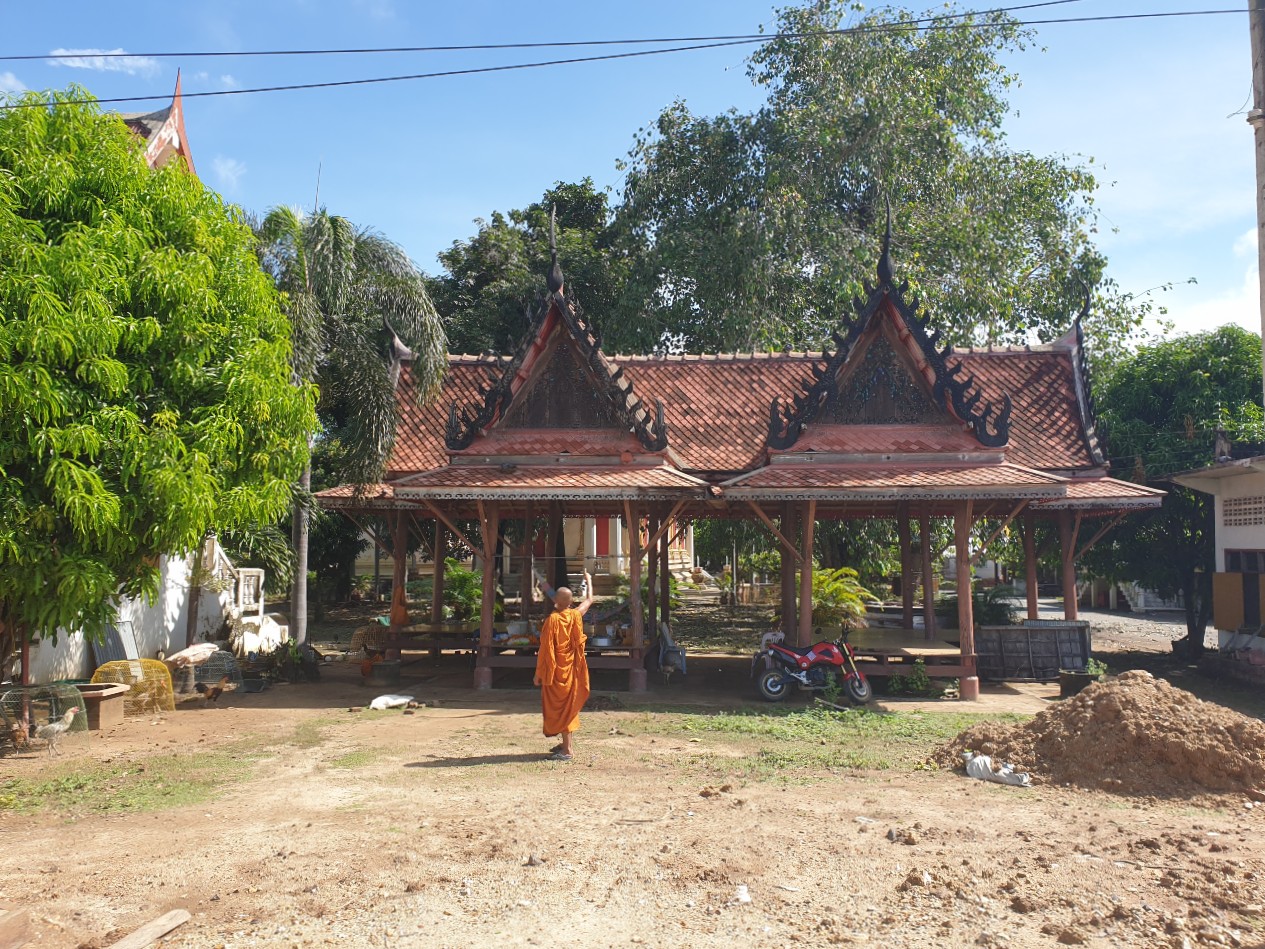
Wat Mueang, Inburi District
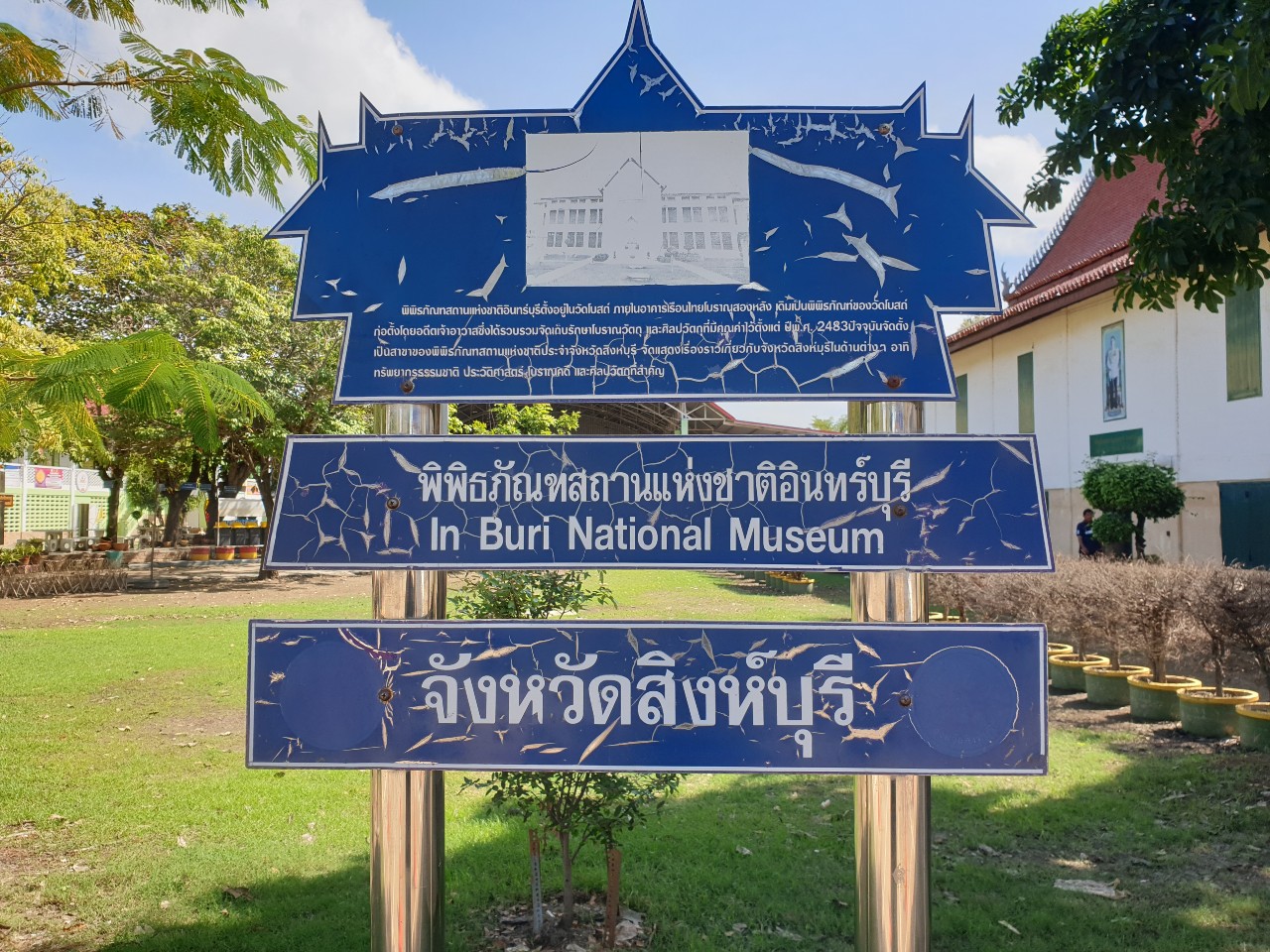
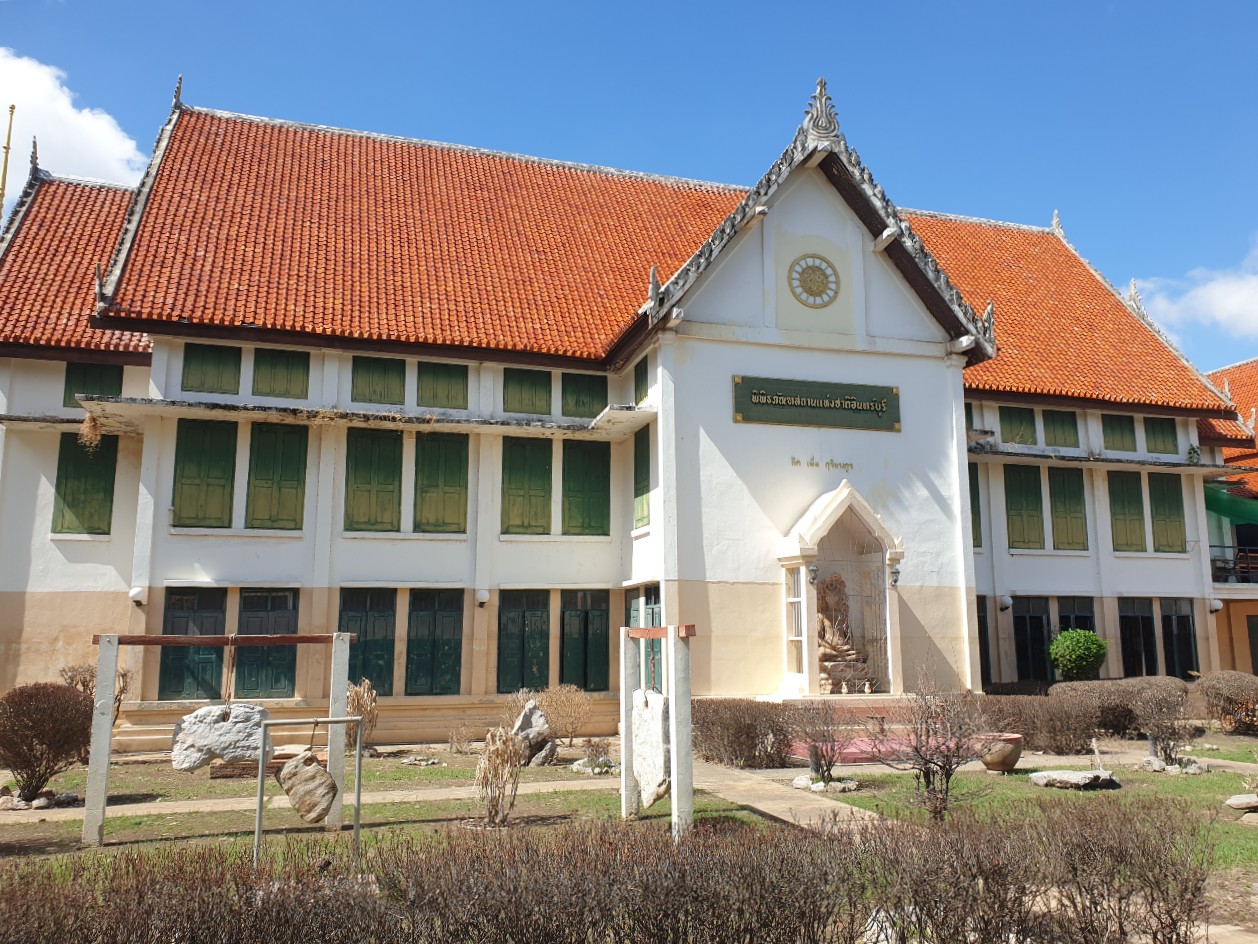
Inburi National Museum, Inburi District
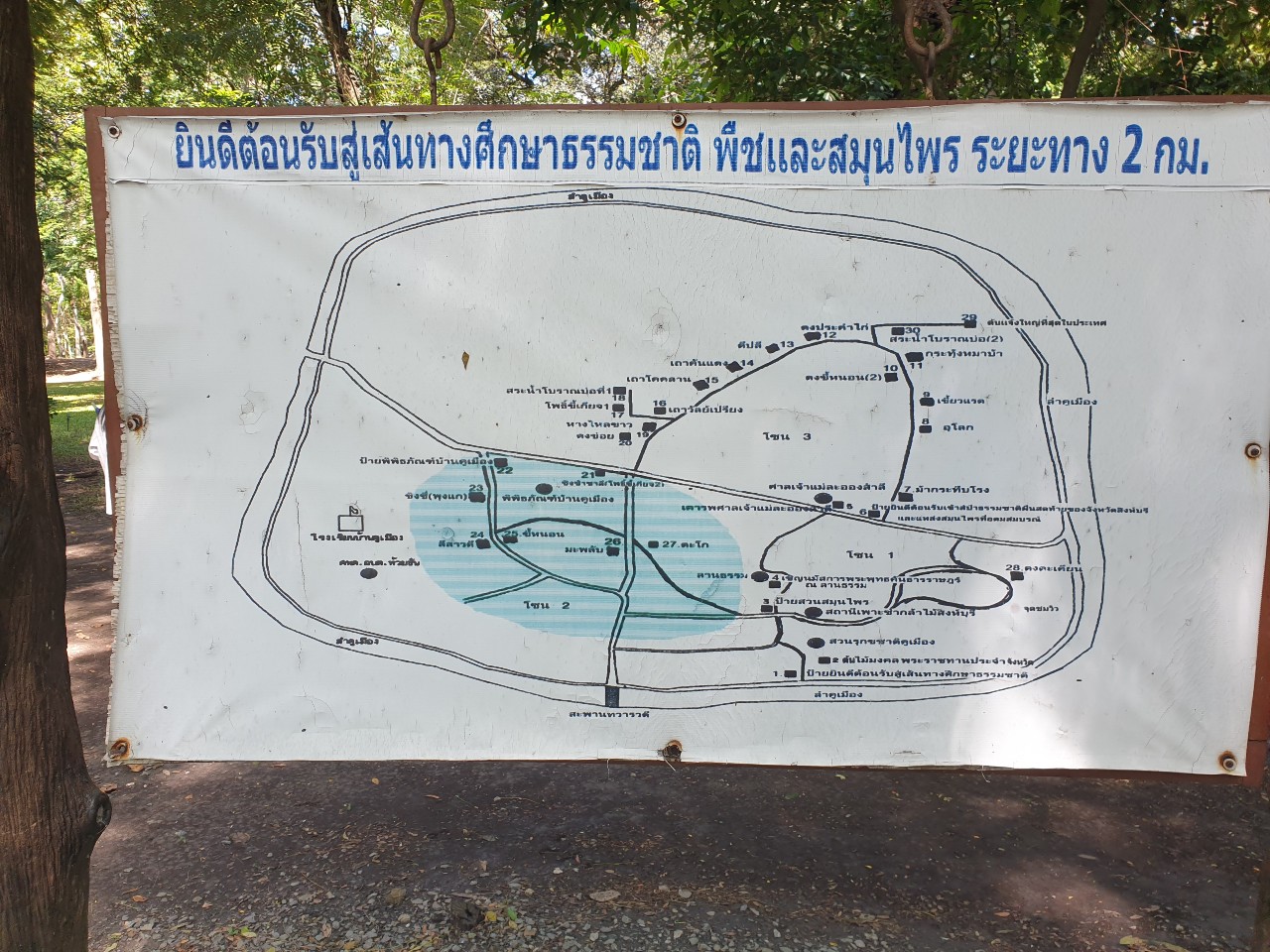
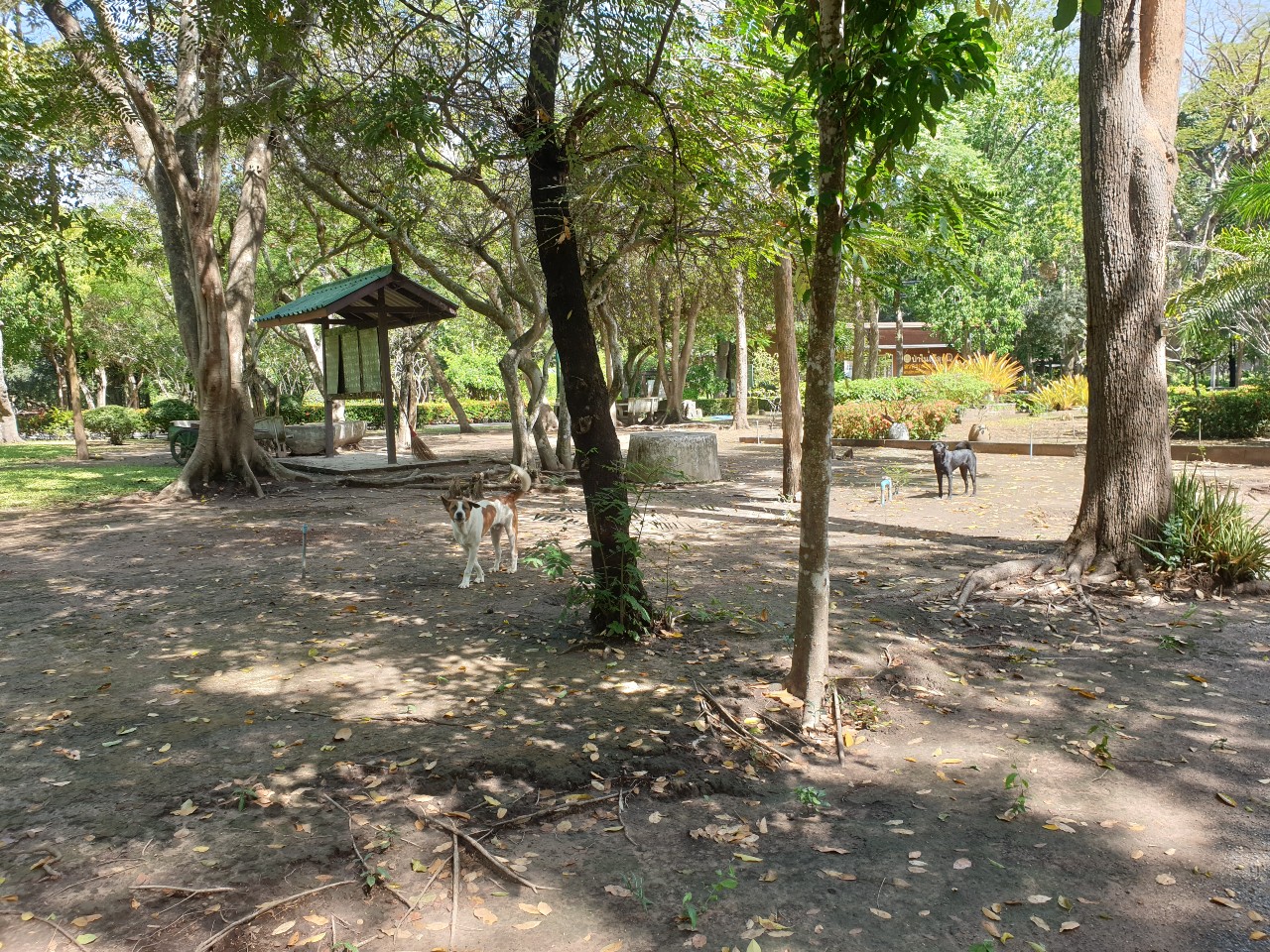
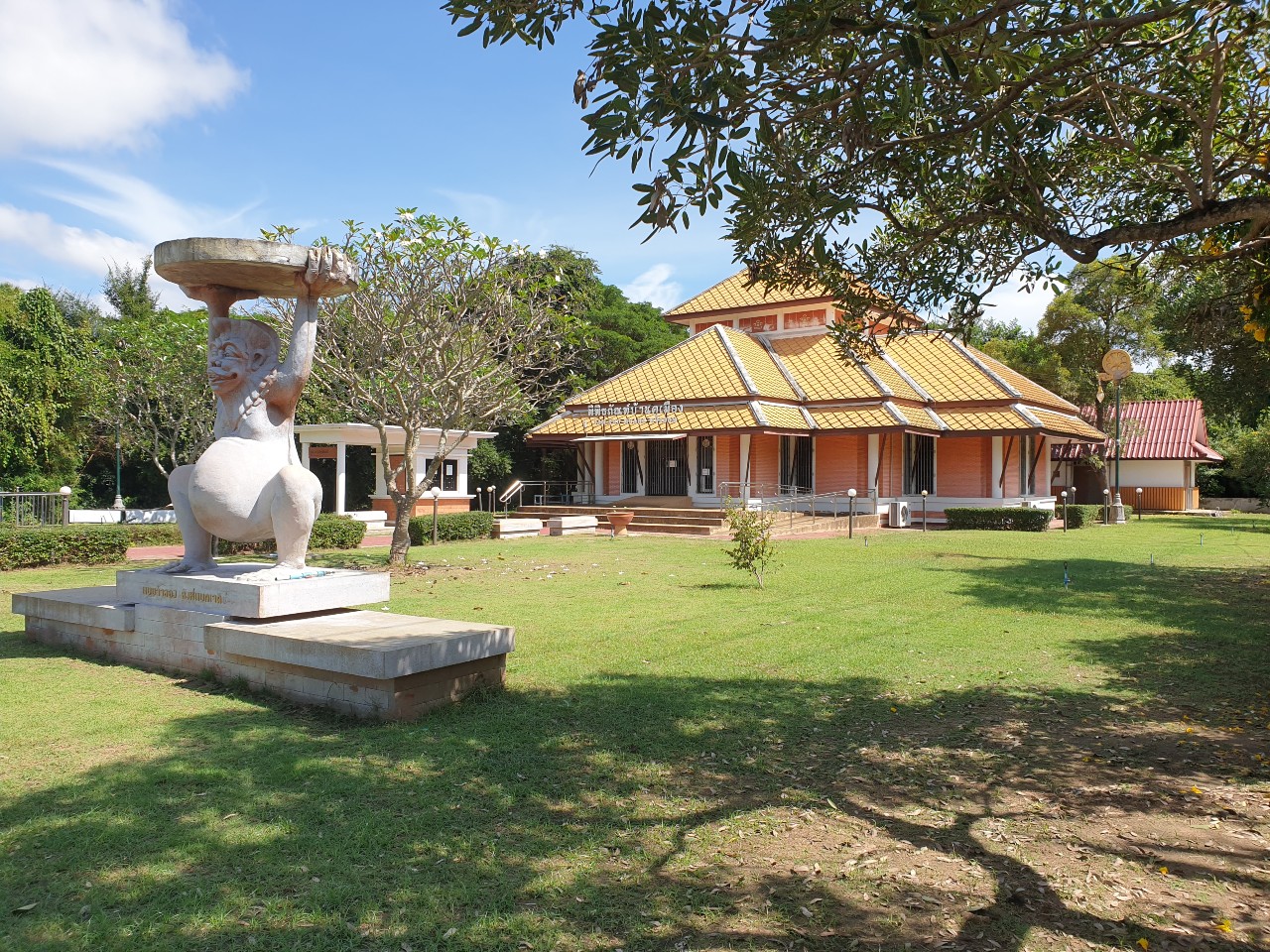
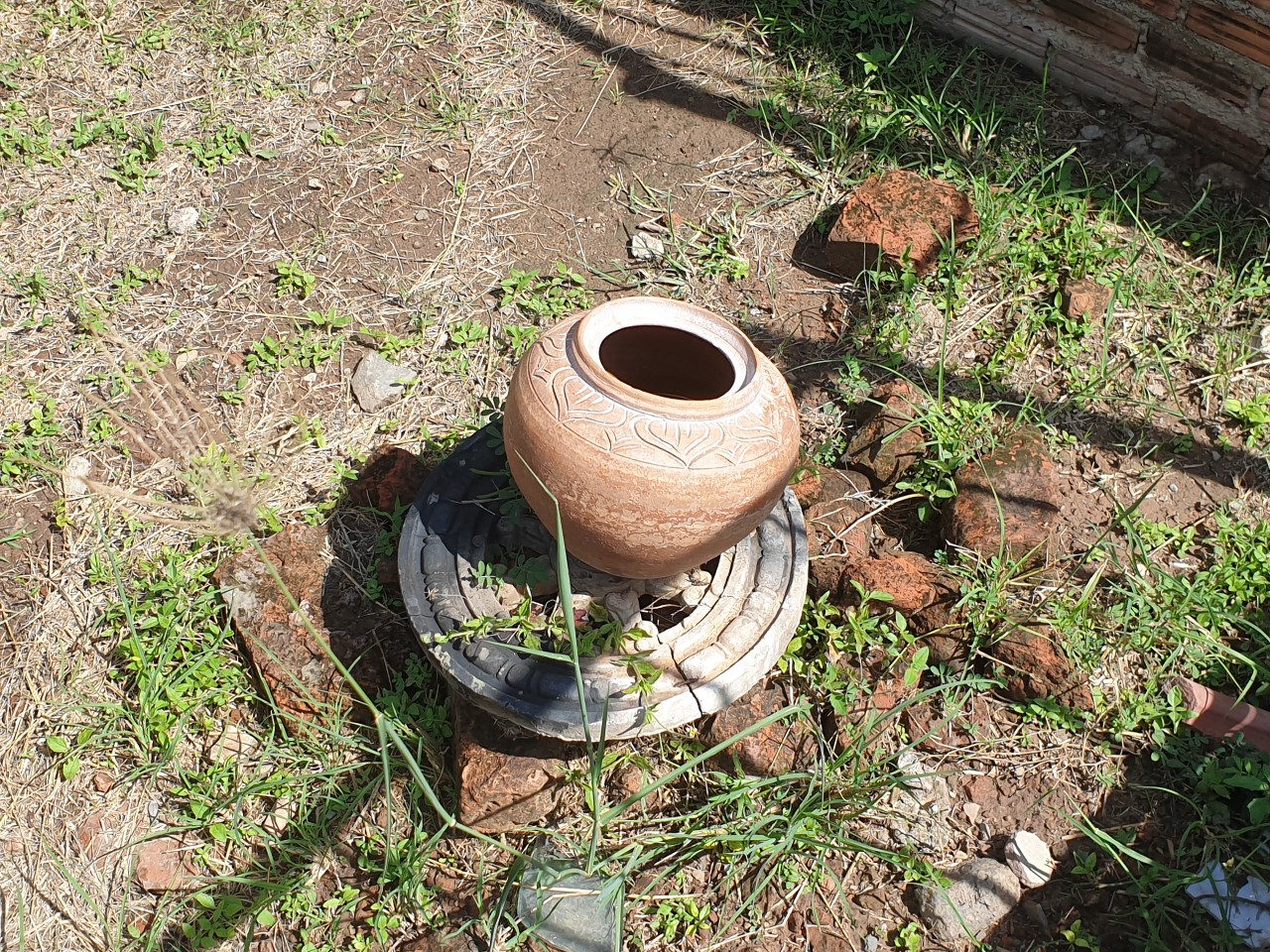
Mueang Boran Ban Khu Mueang,
Inburi District
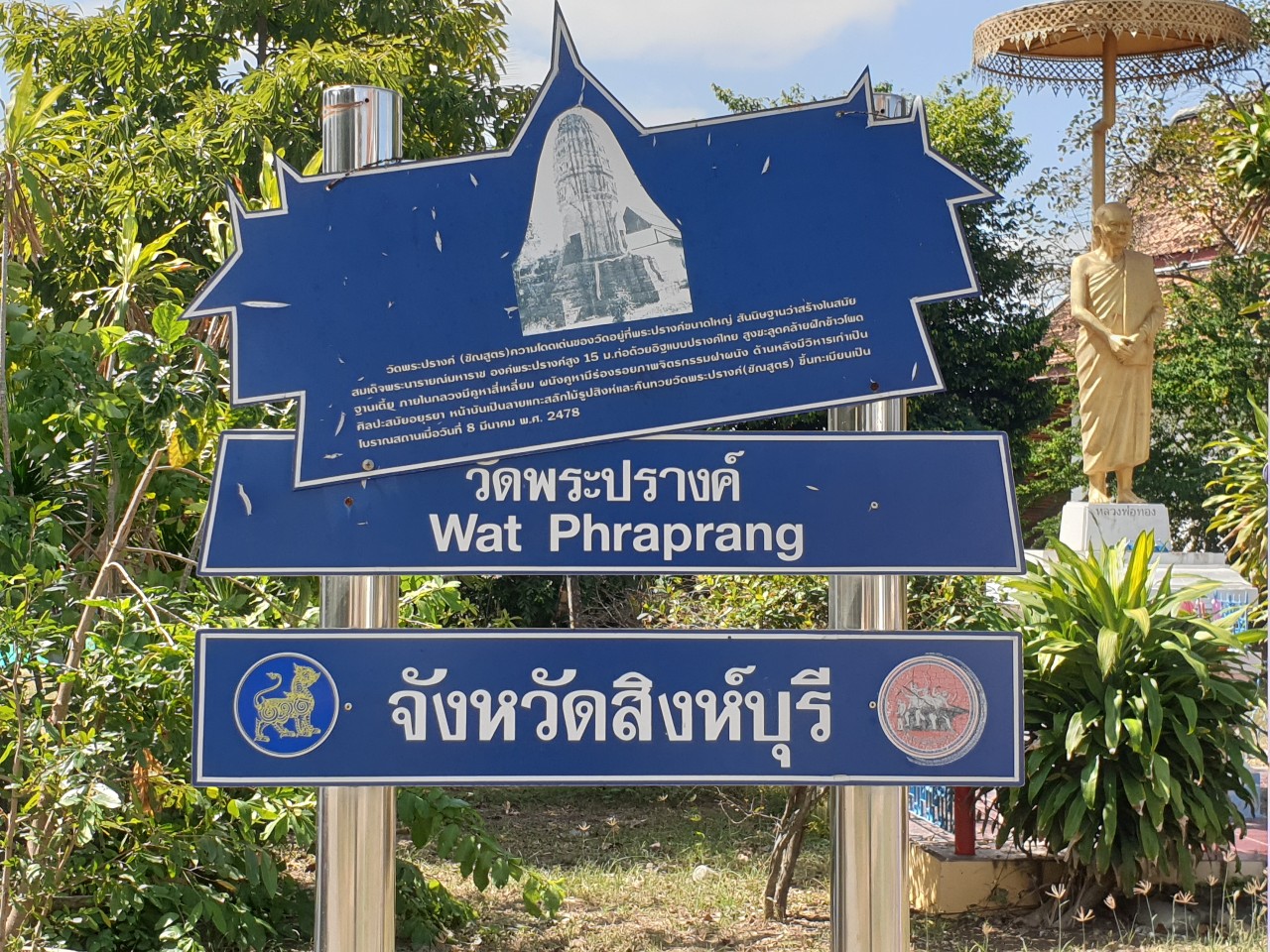
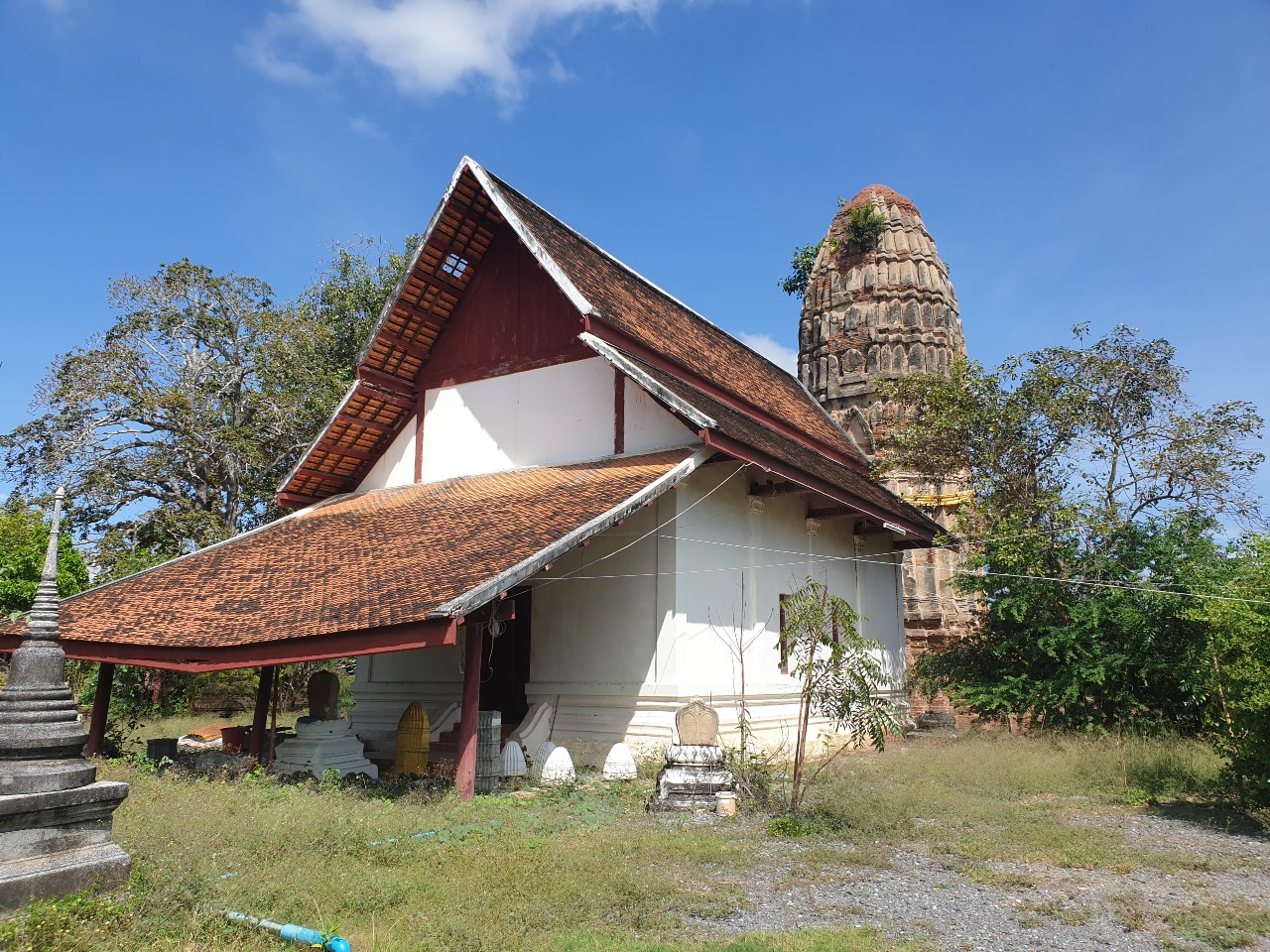
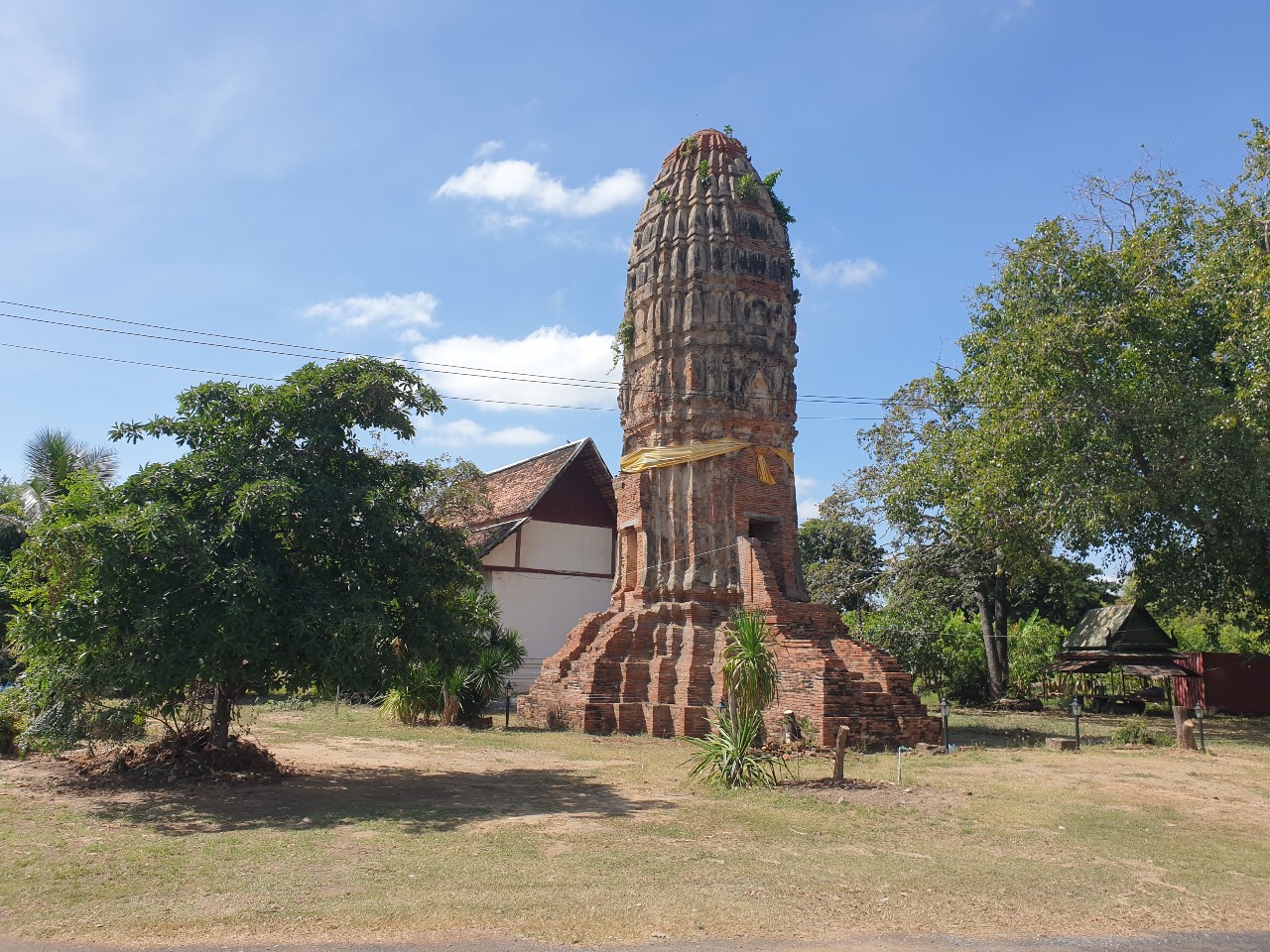
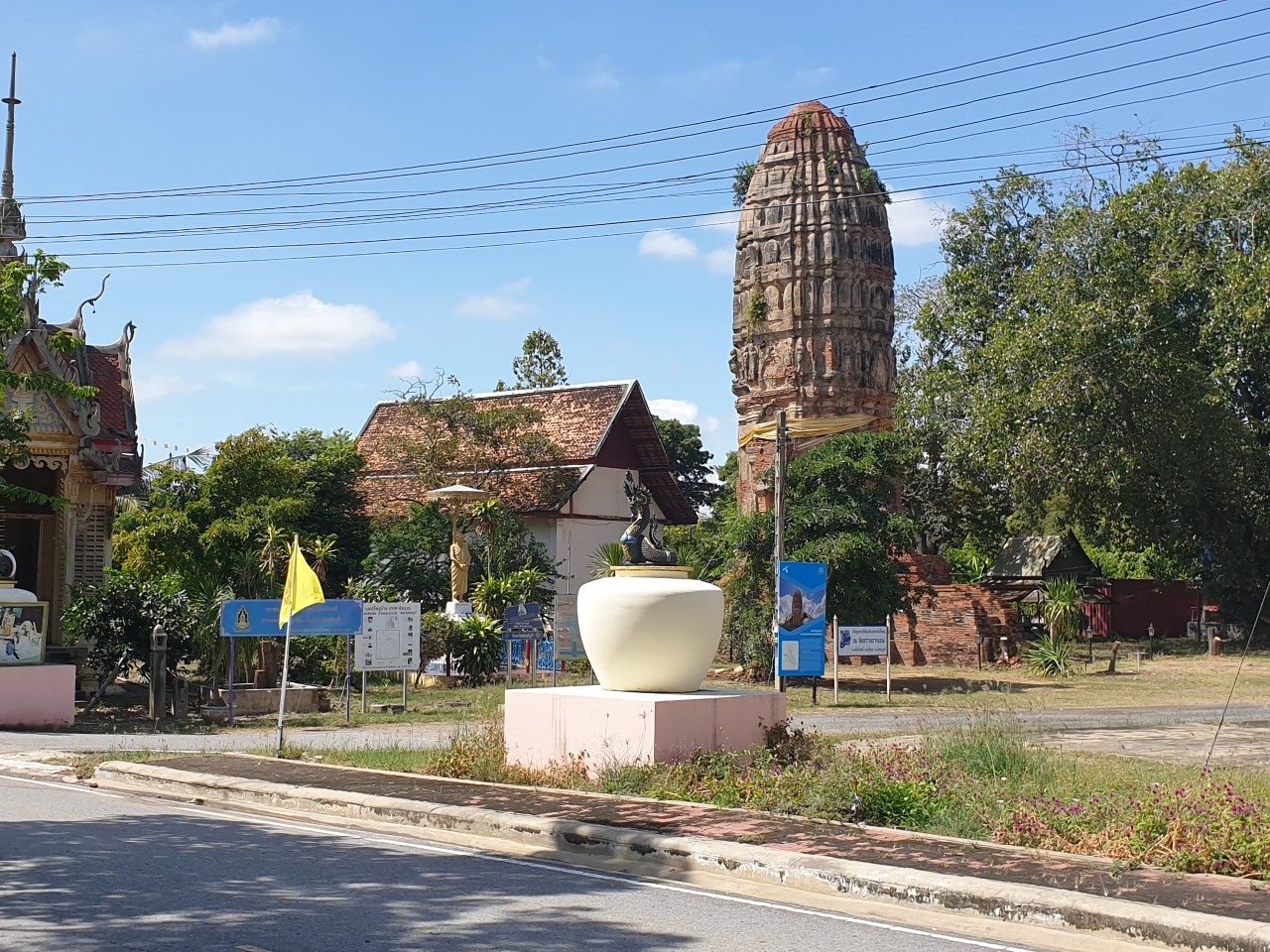
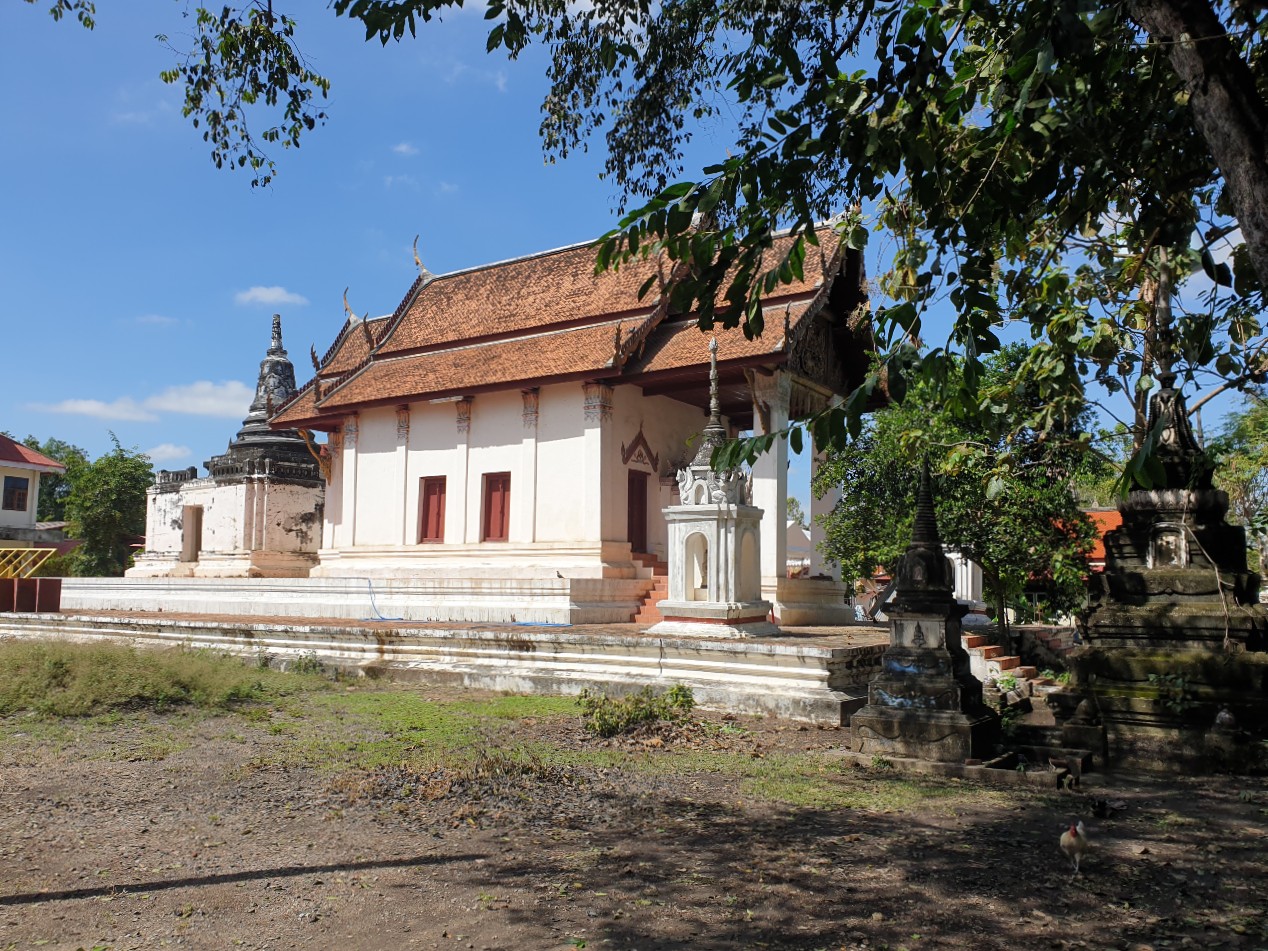
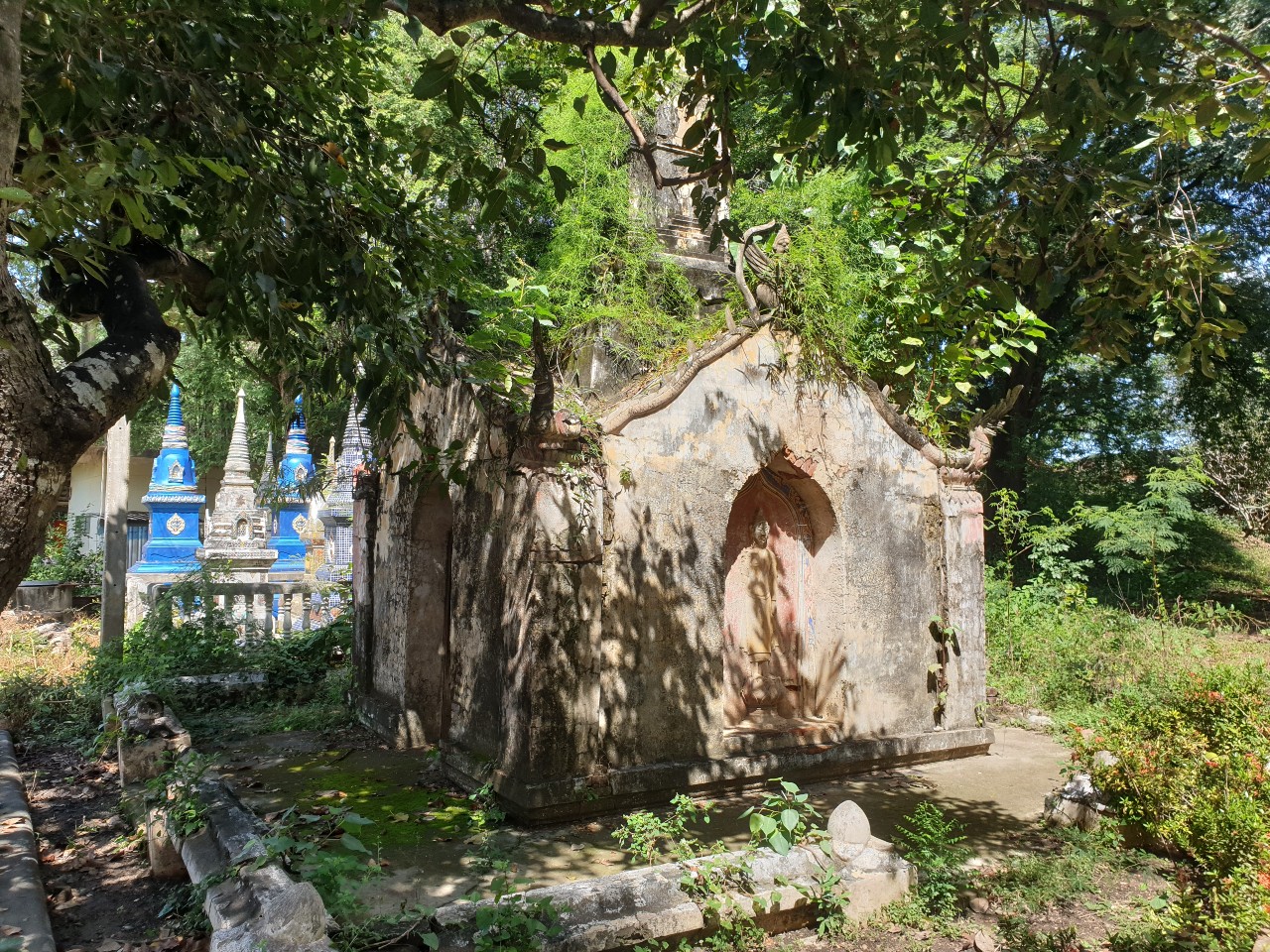
Wat Phra Prang, Bang Rachan District
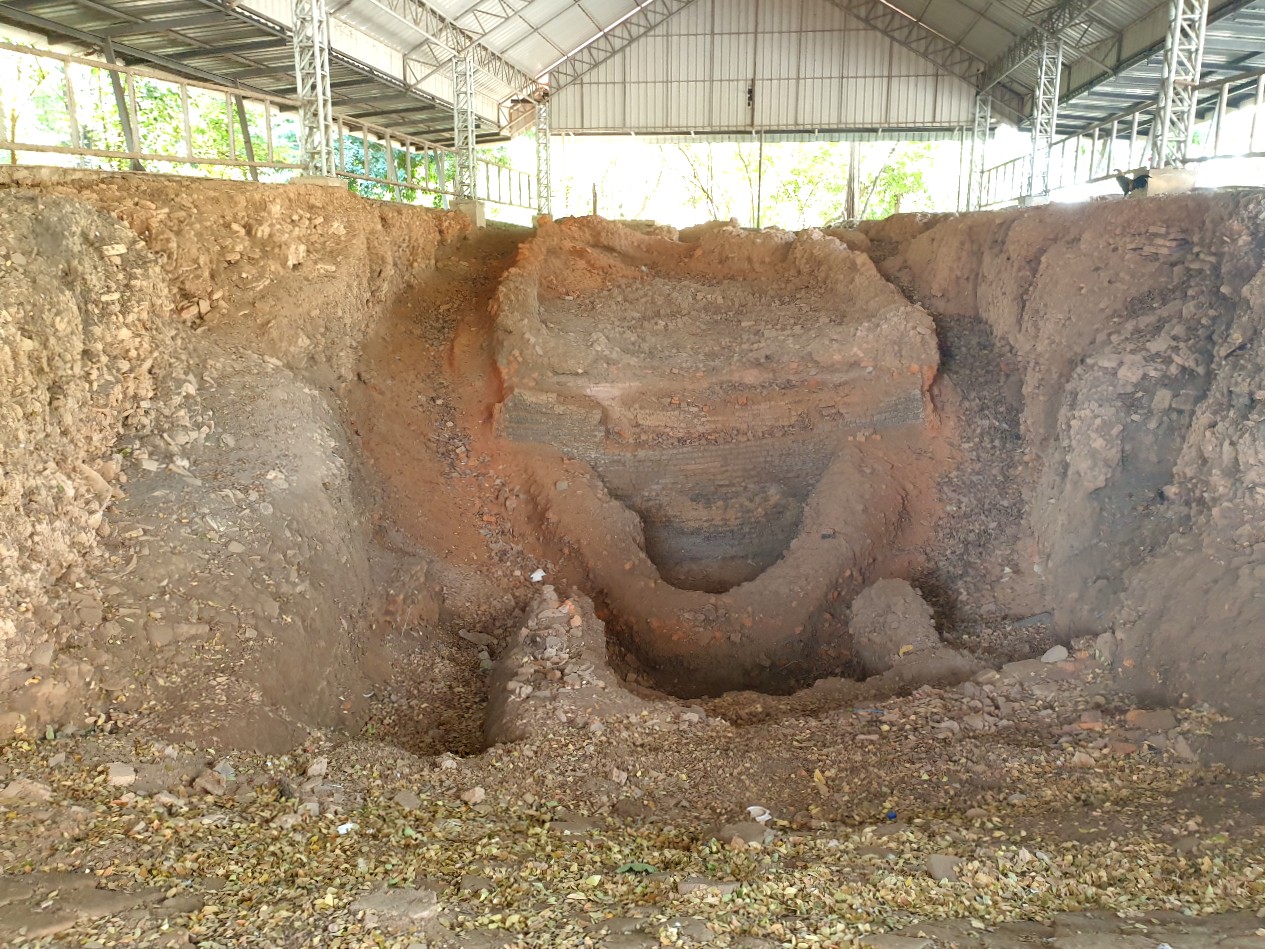
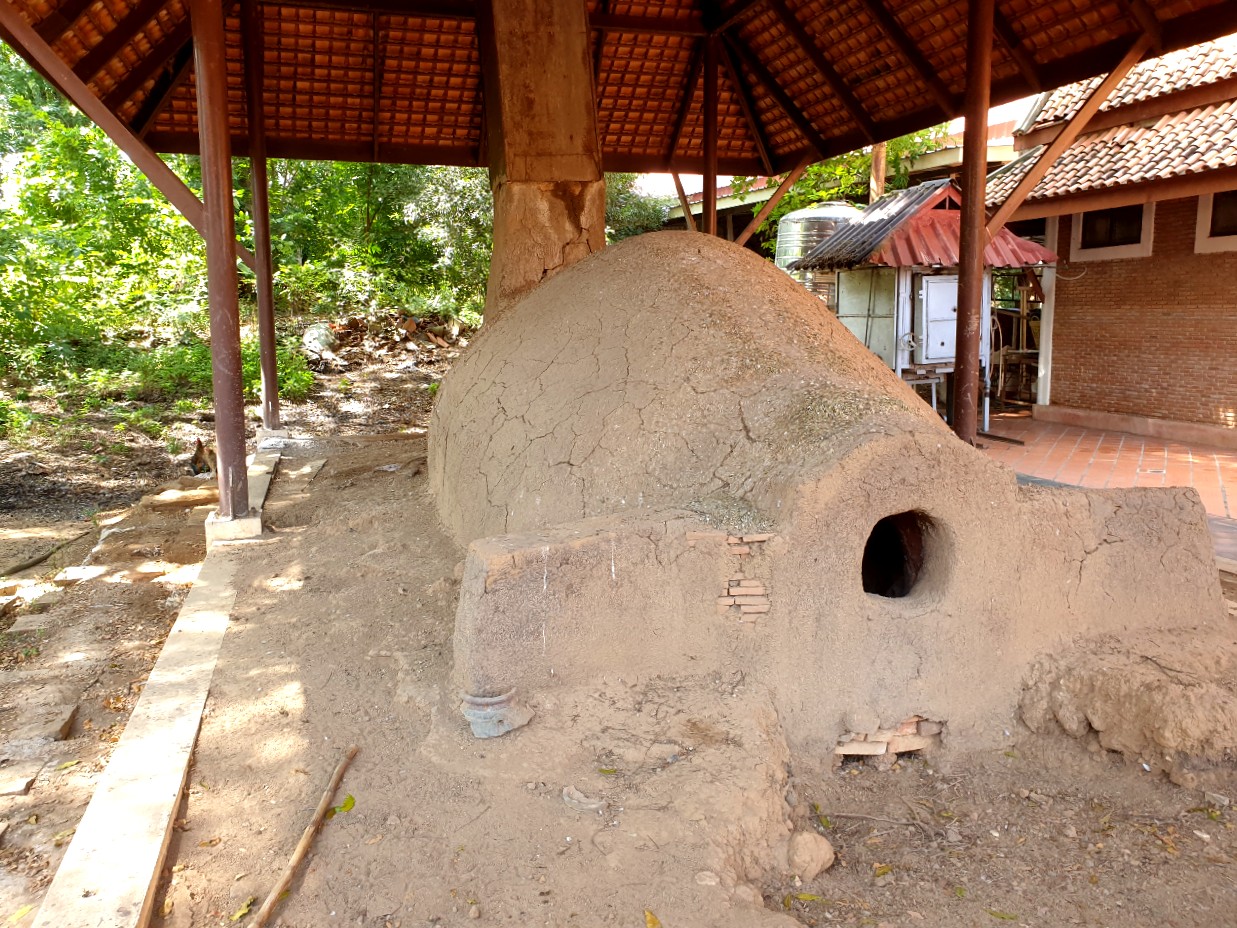
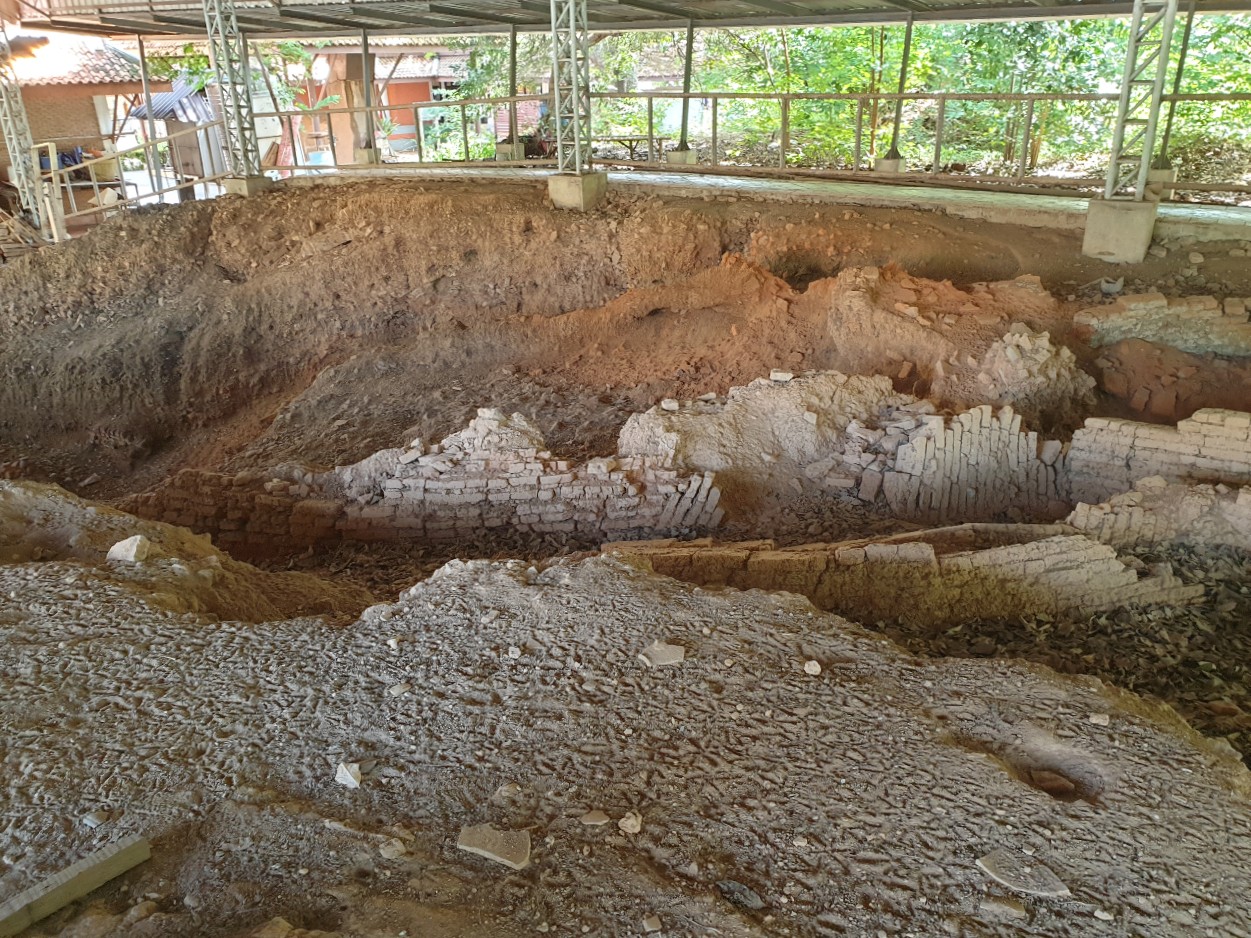
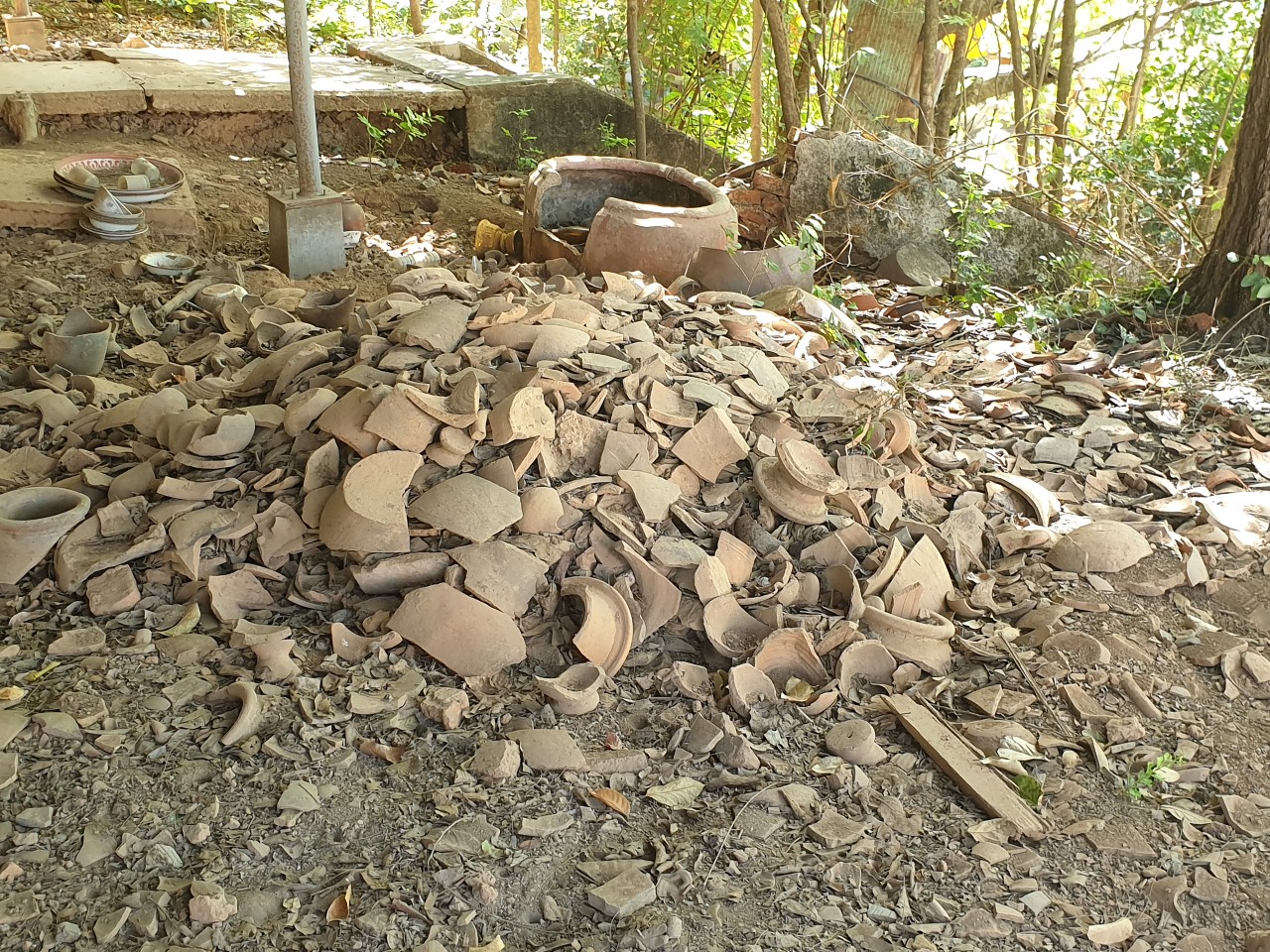
Mae Nam Noi Kiln Site, Bang Rachan District
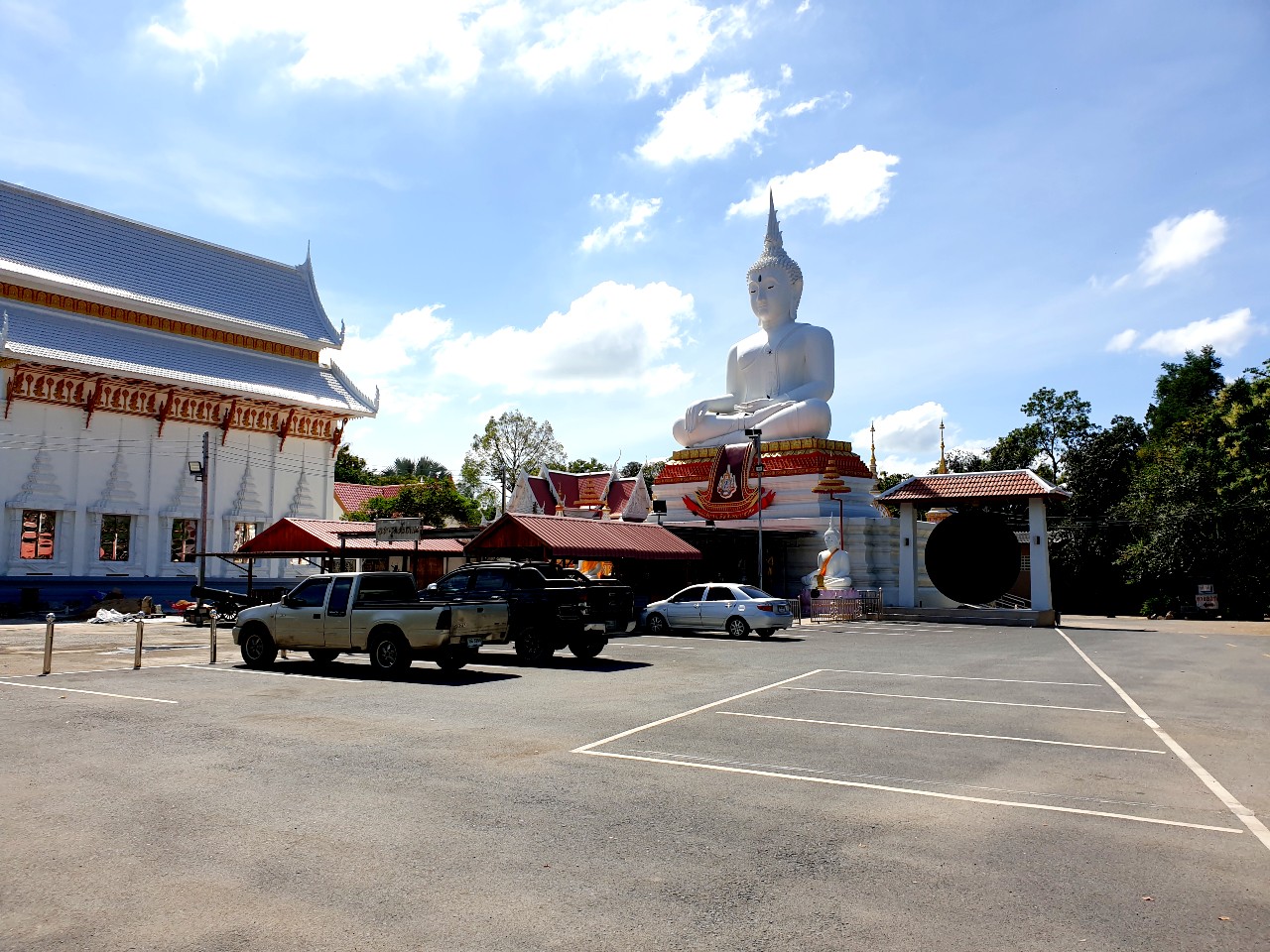
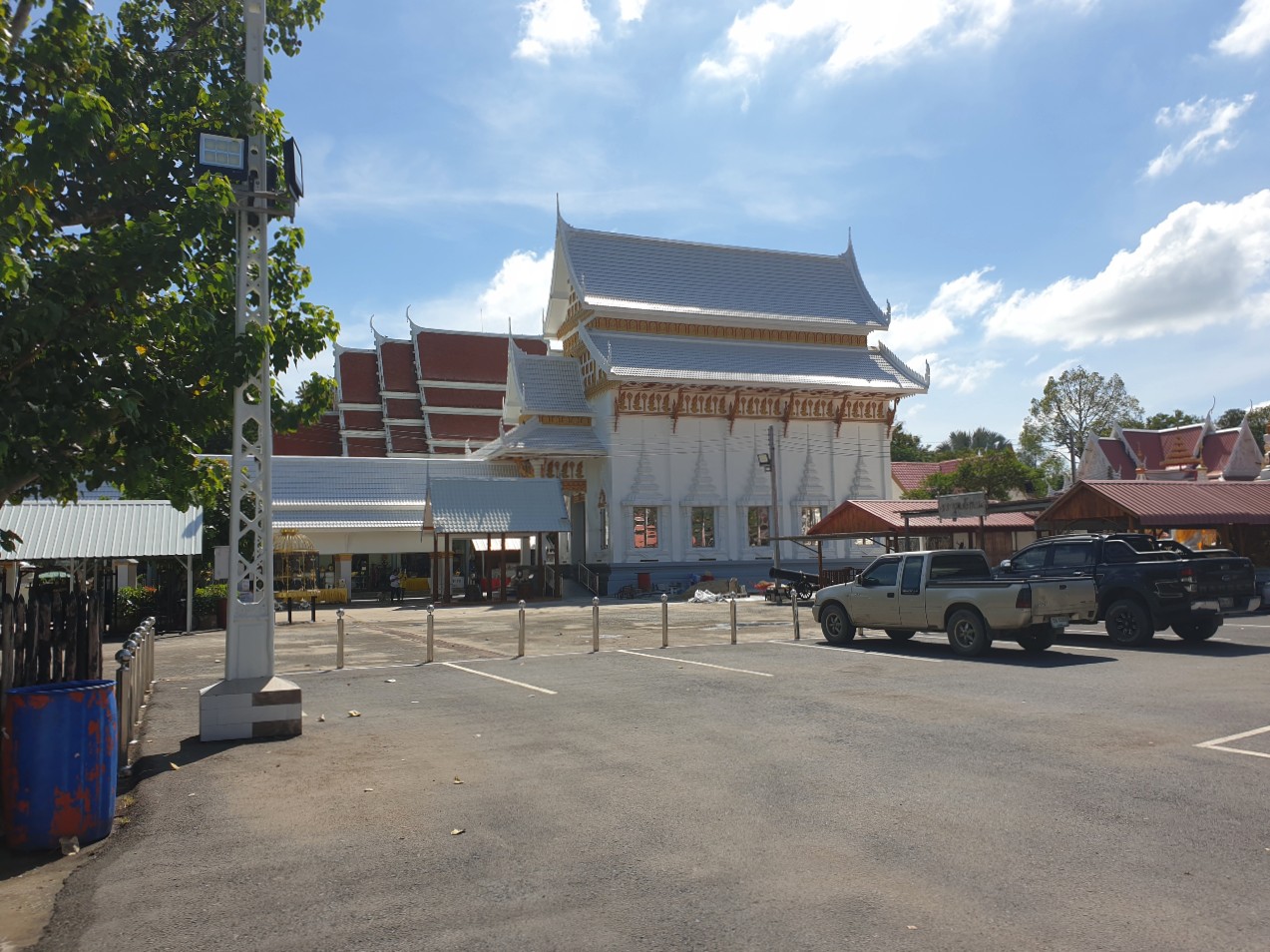
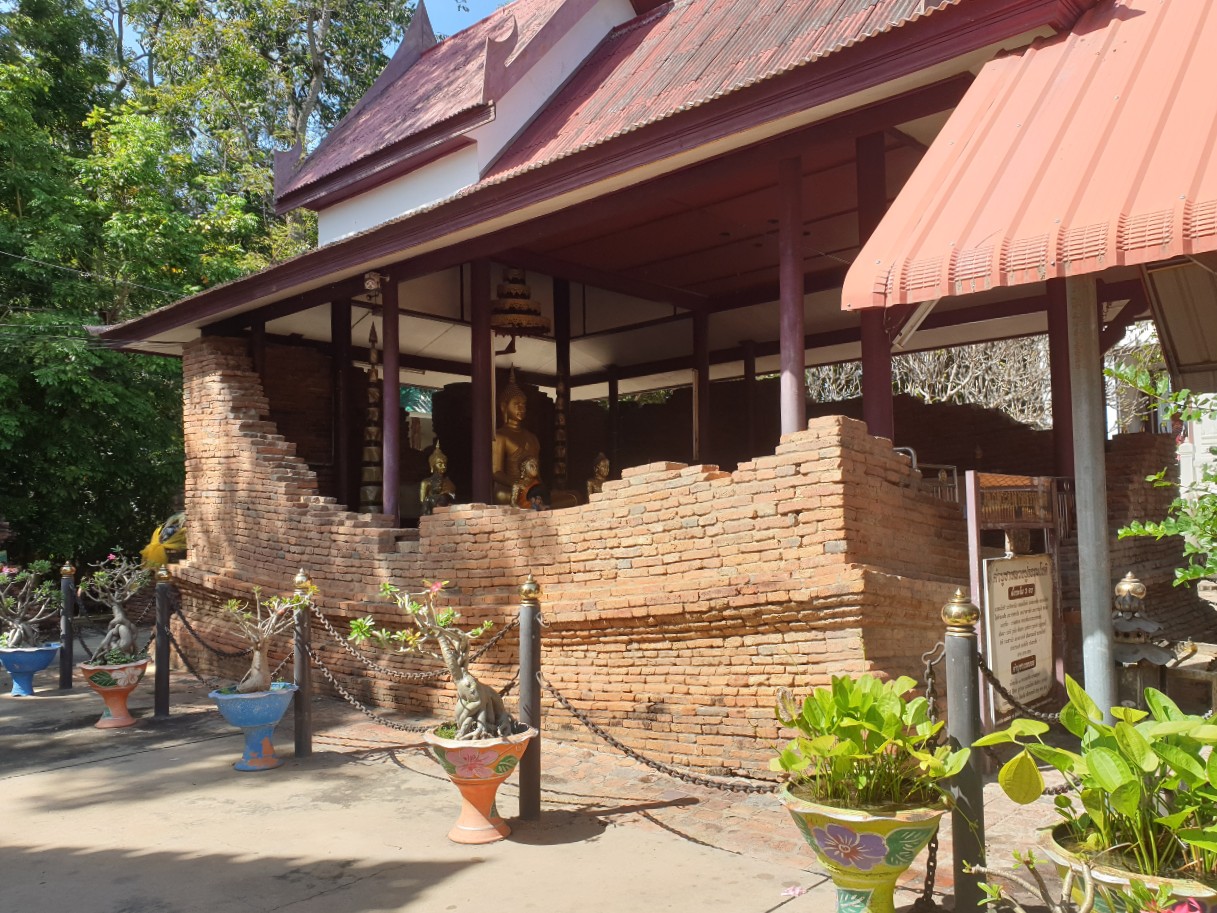
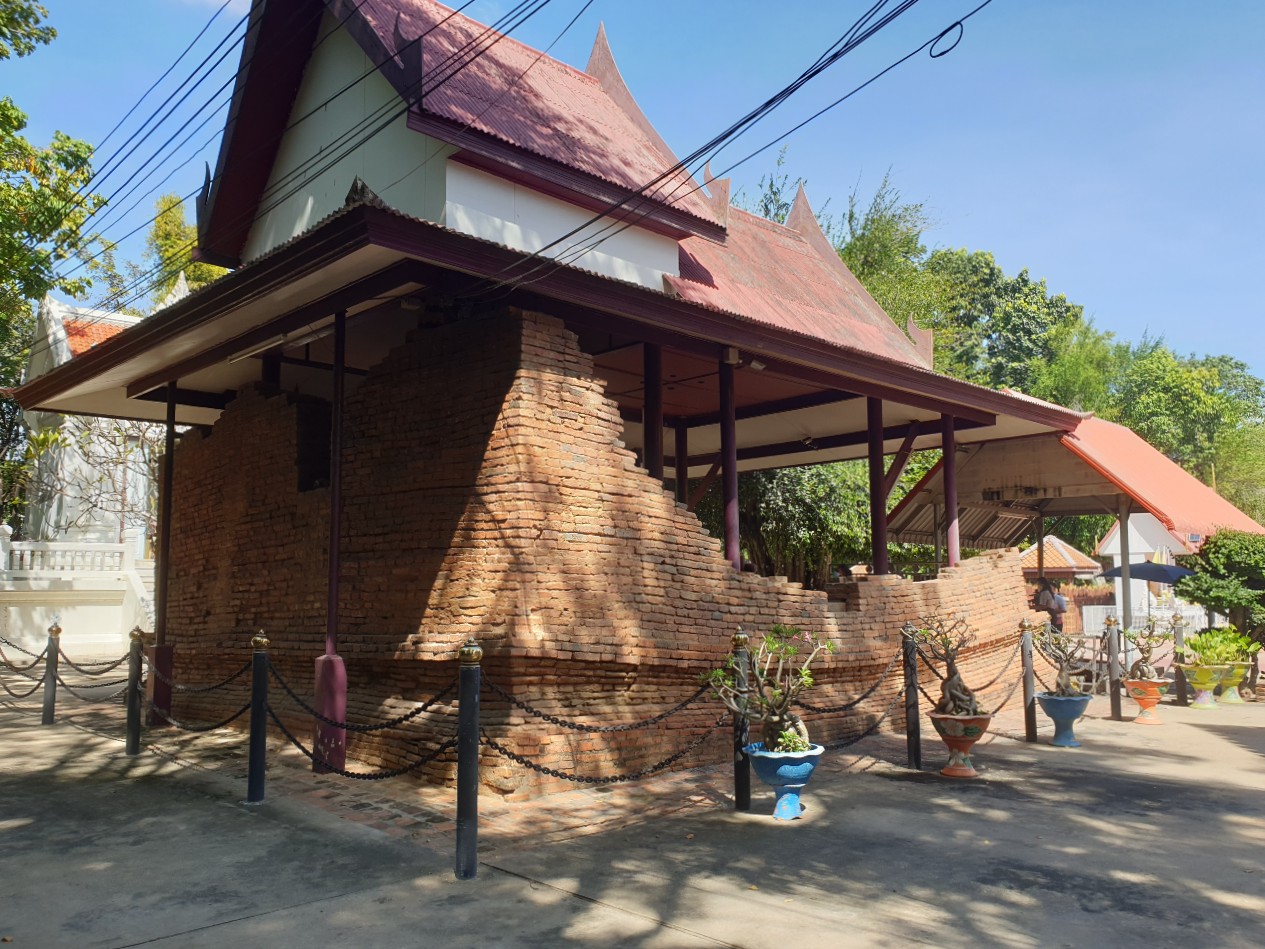
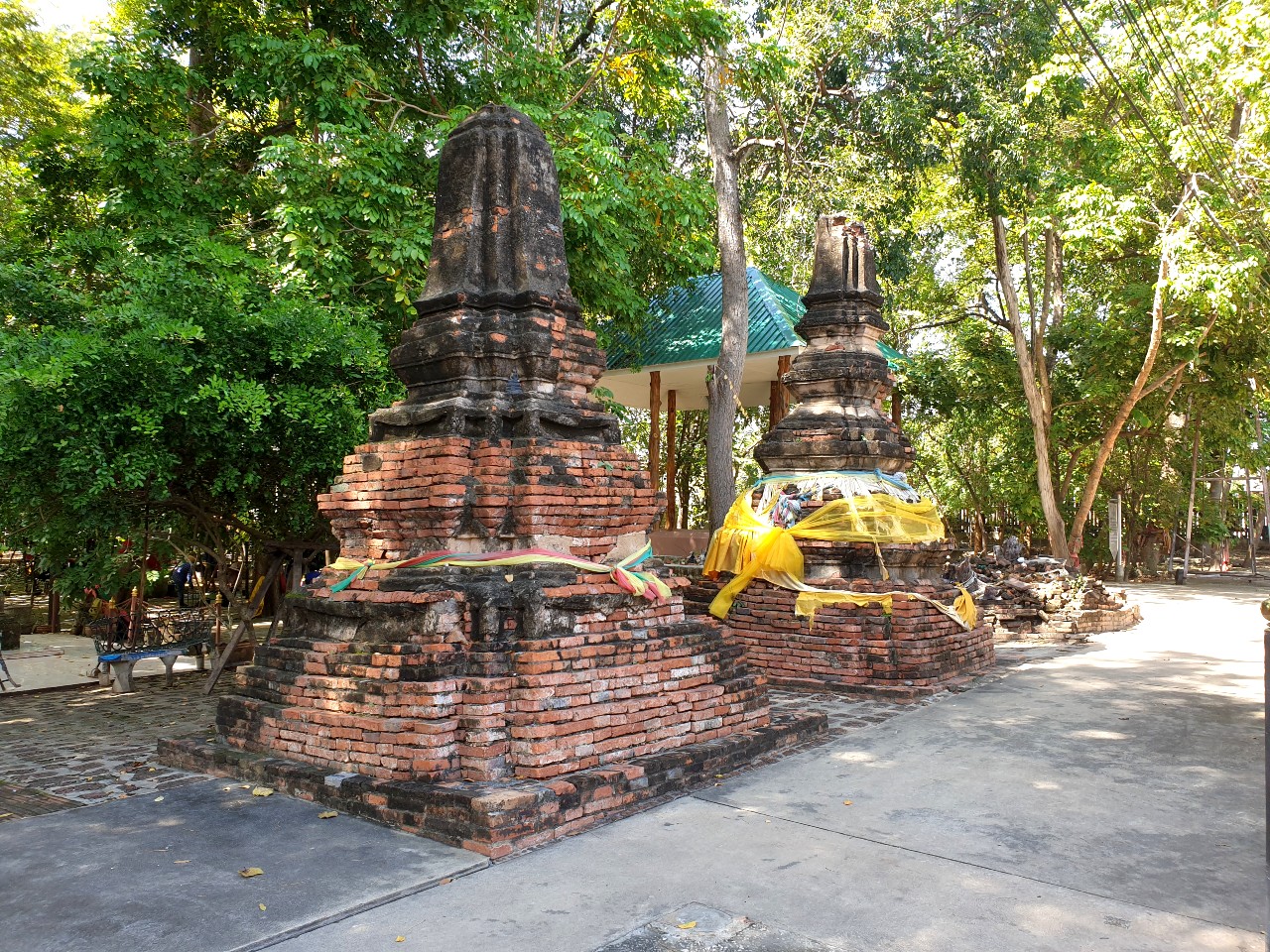
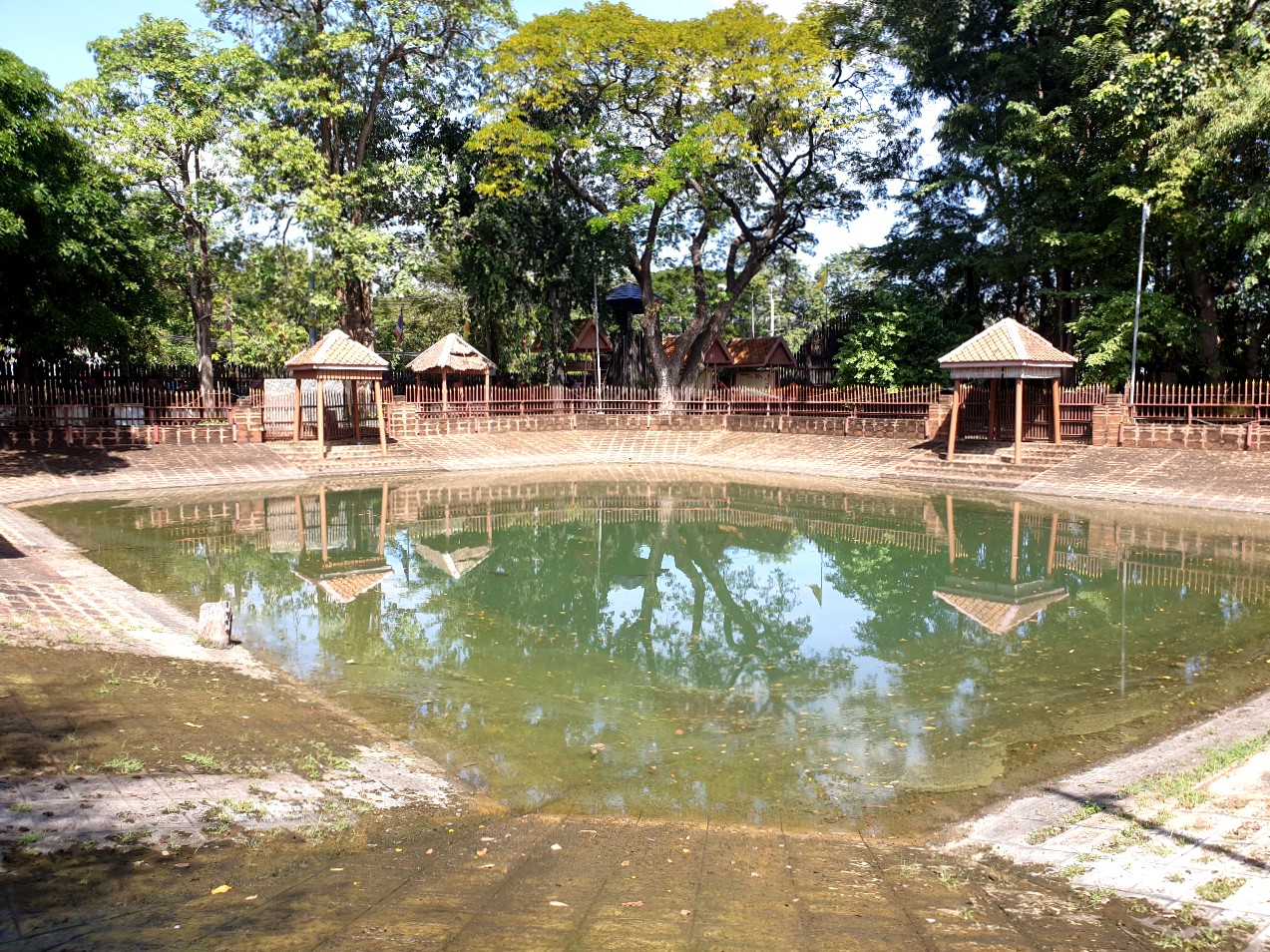
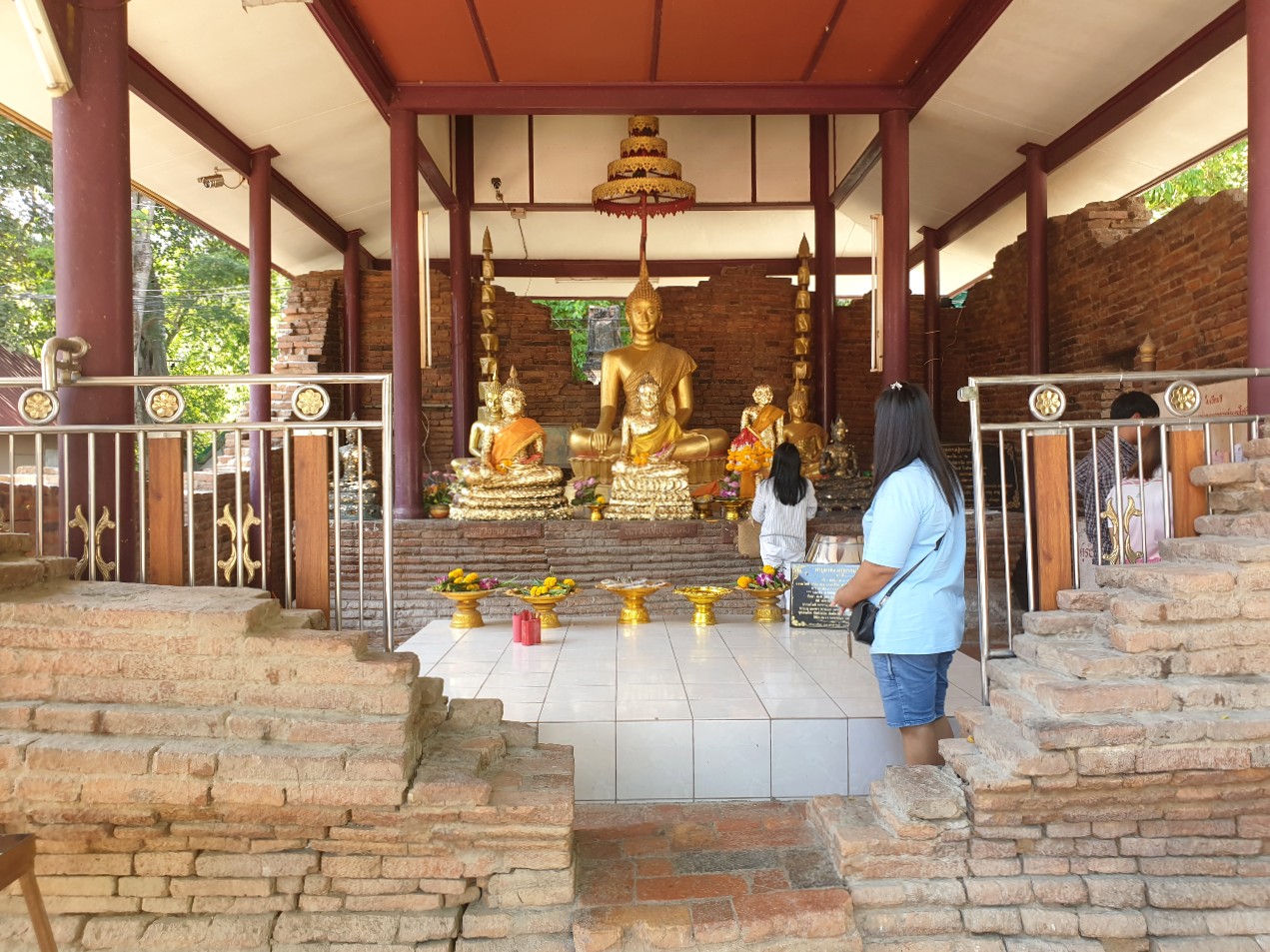
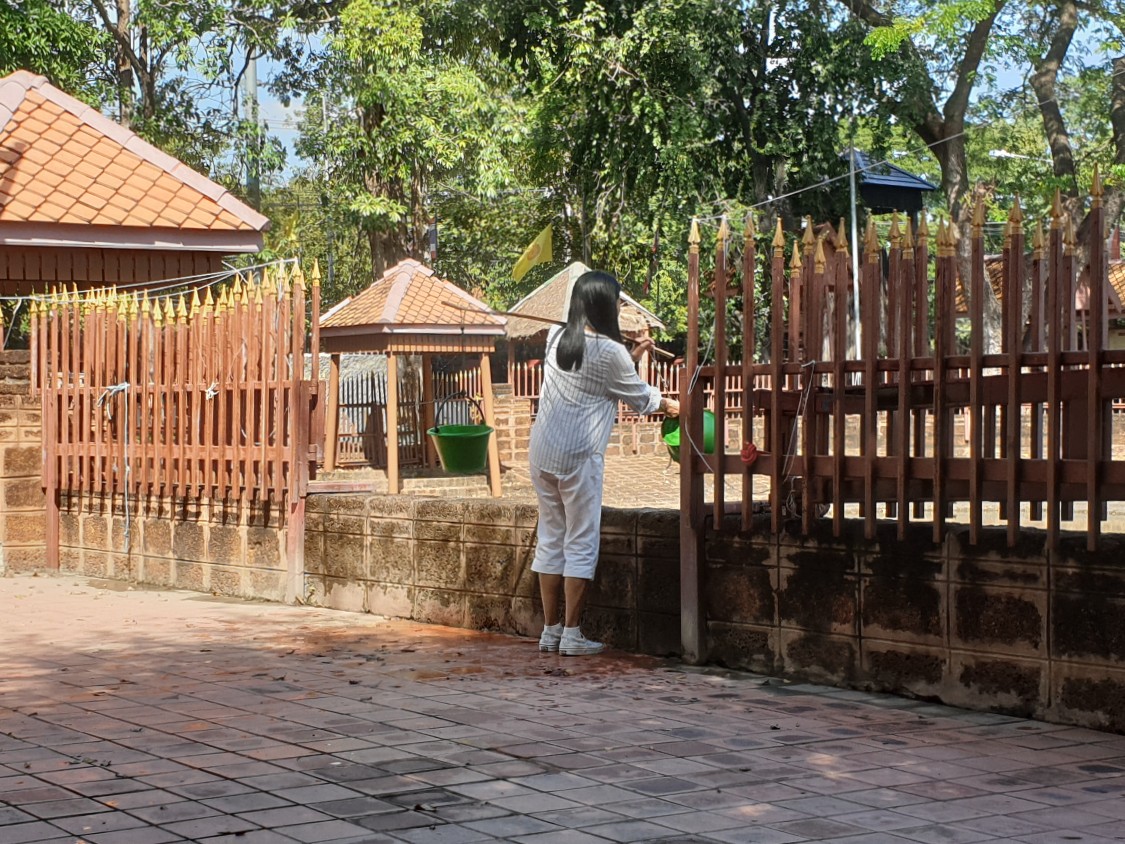
Wat Pho Kao Ton, Bang Rachan District
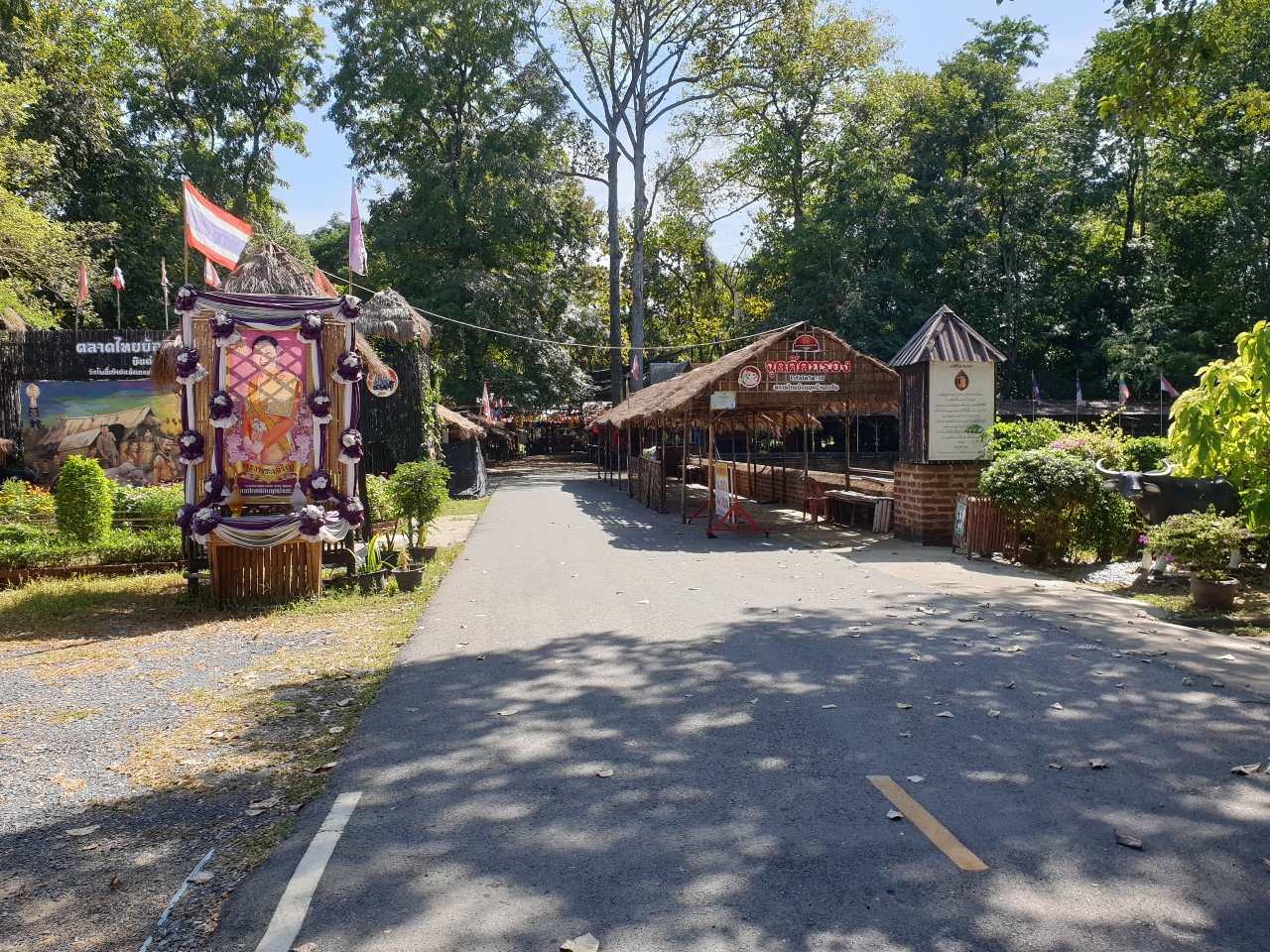
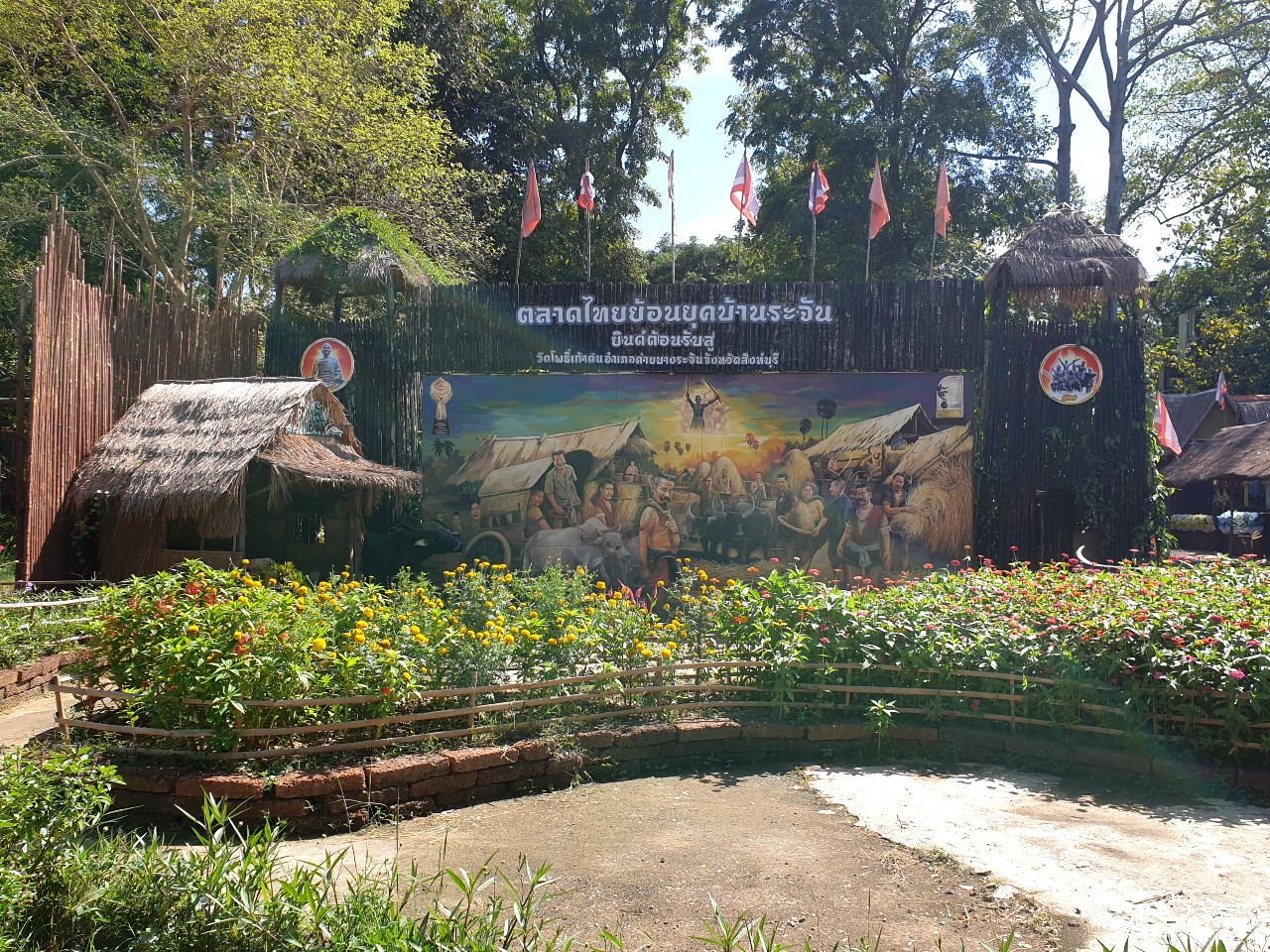
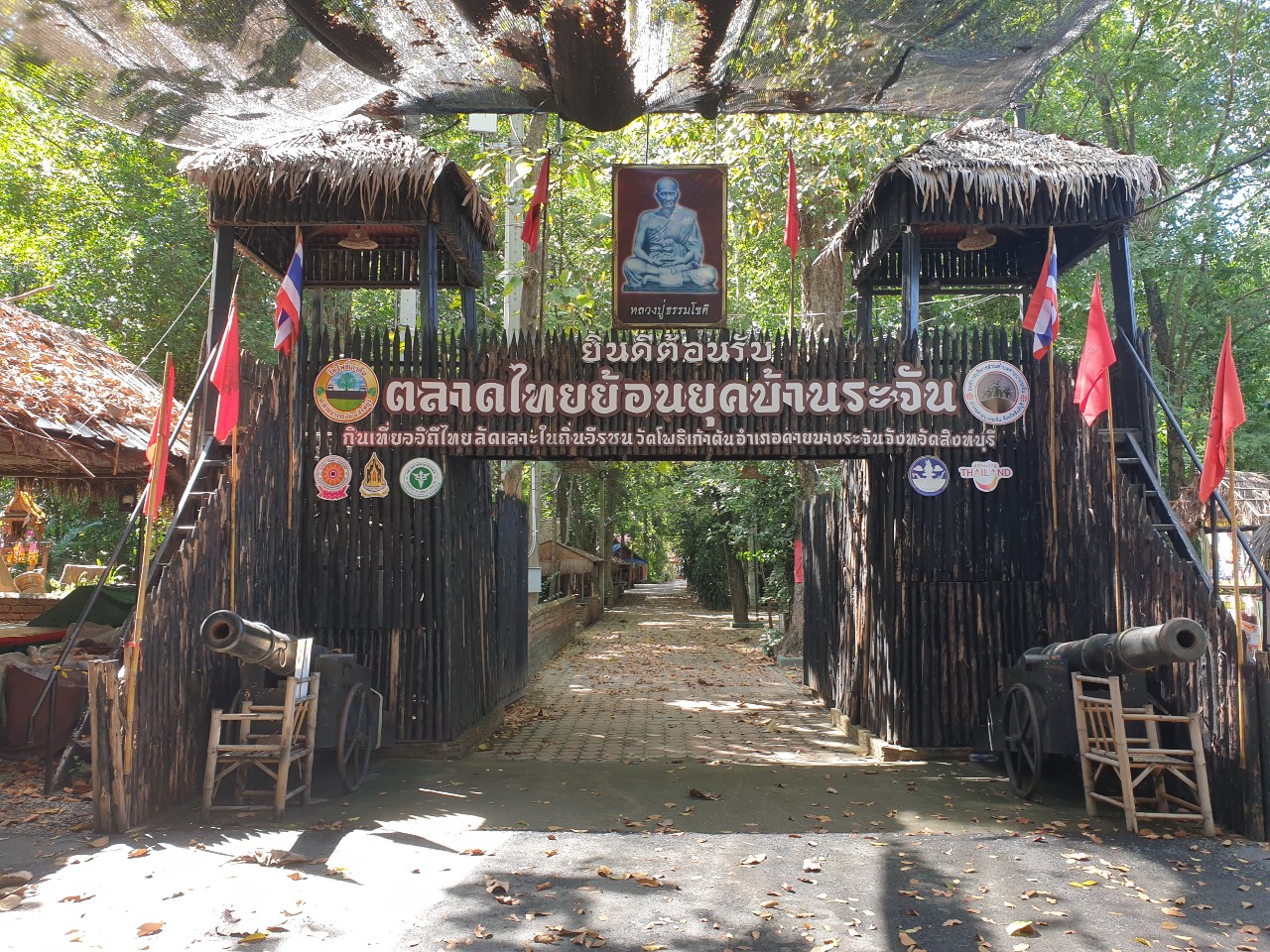
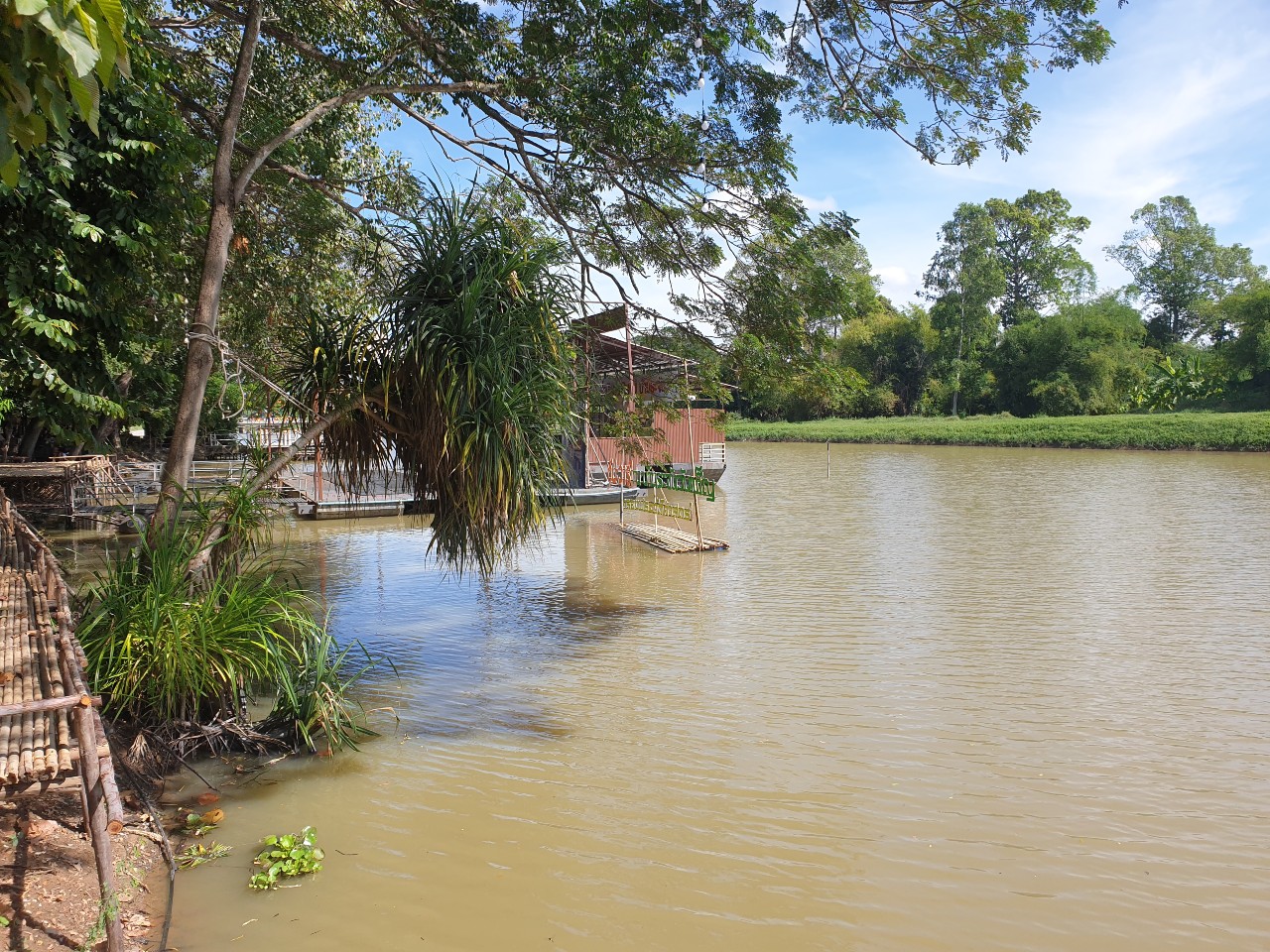
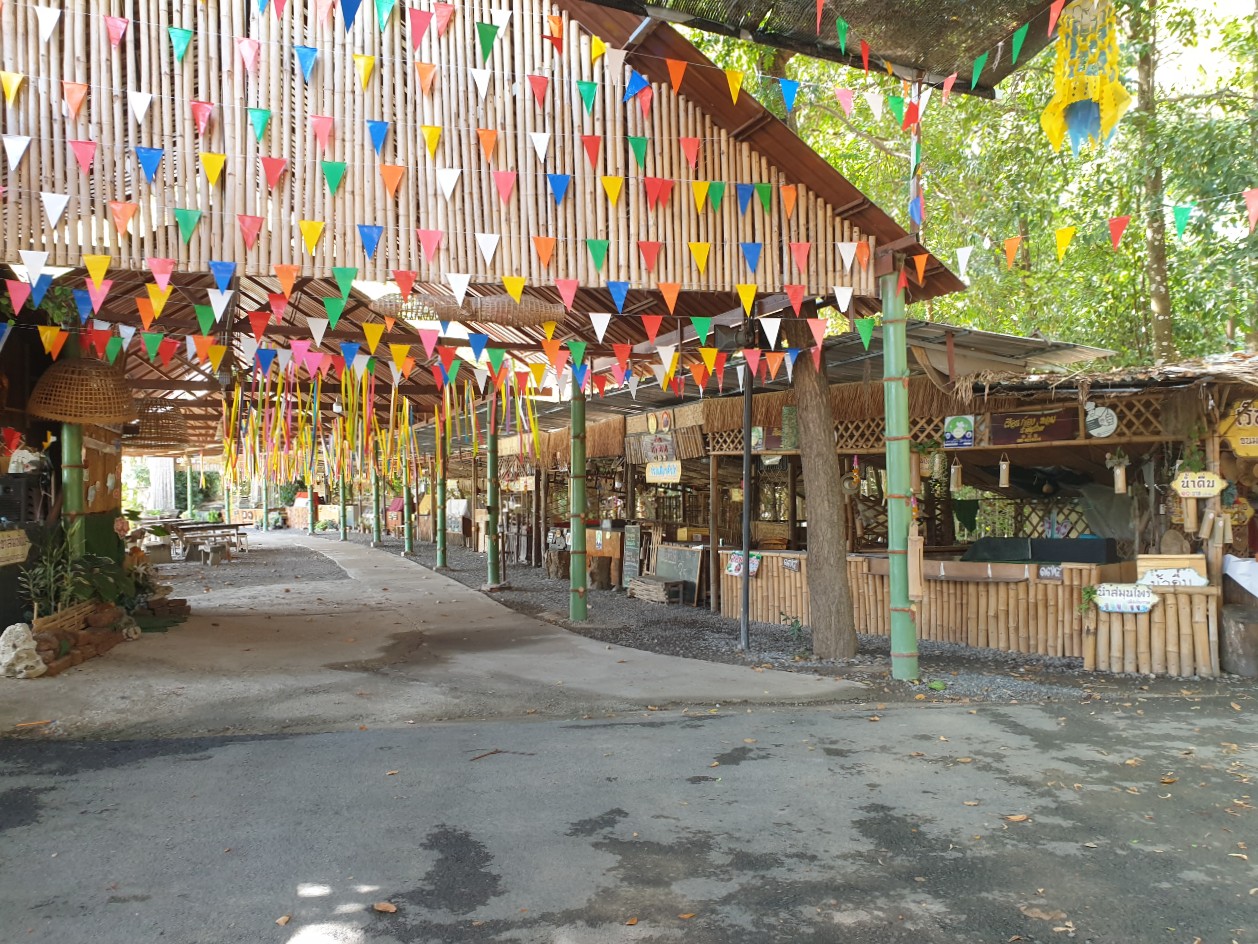
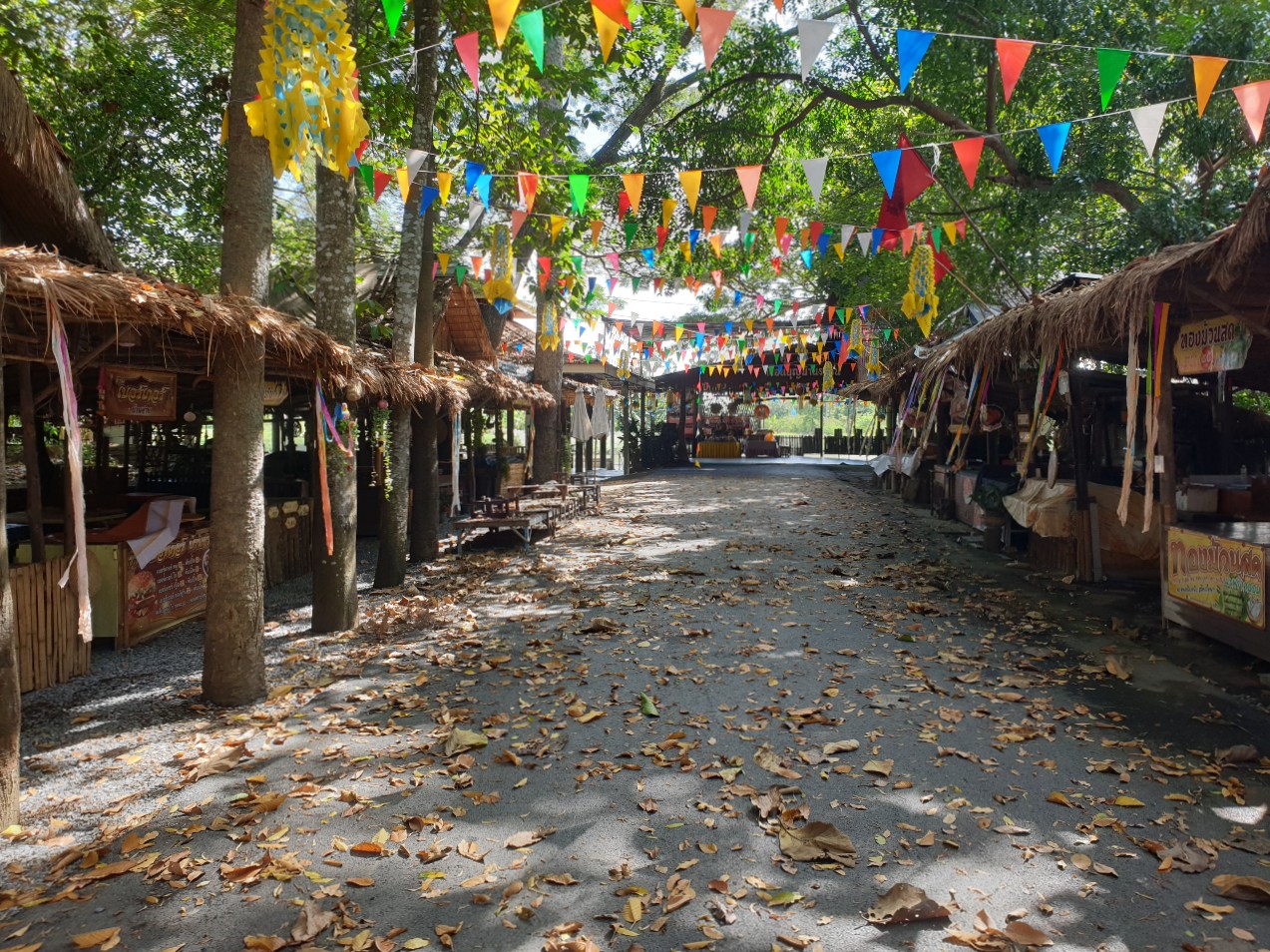
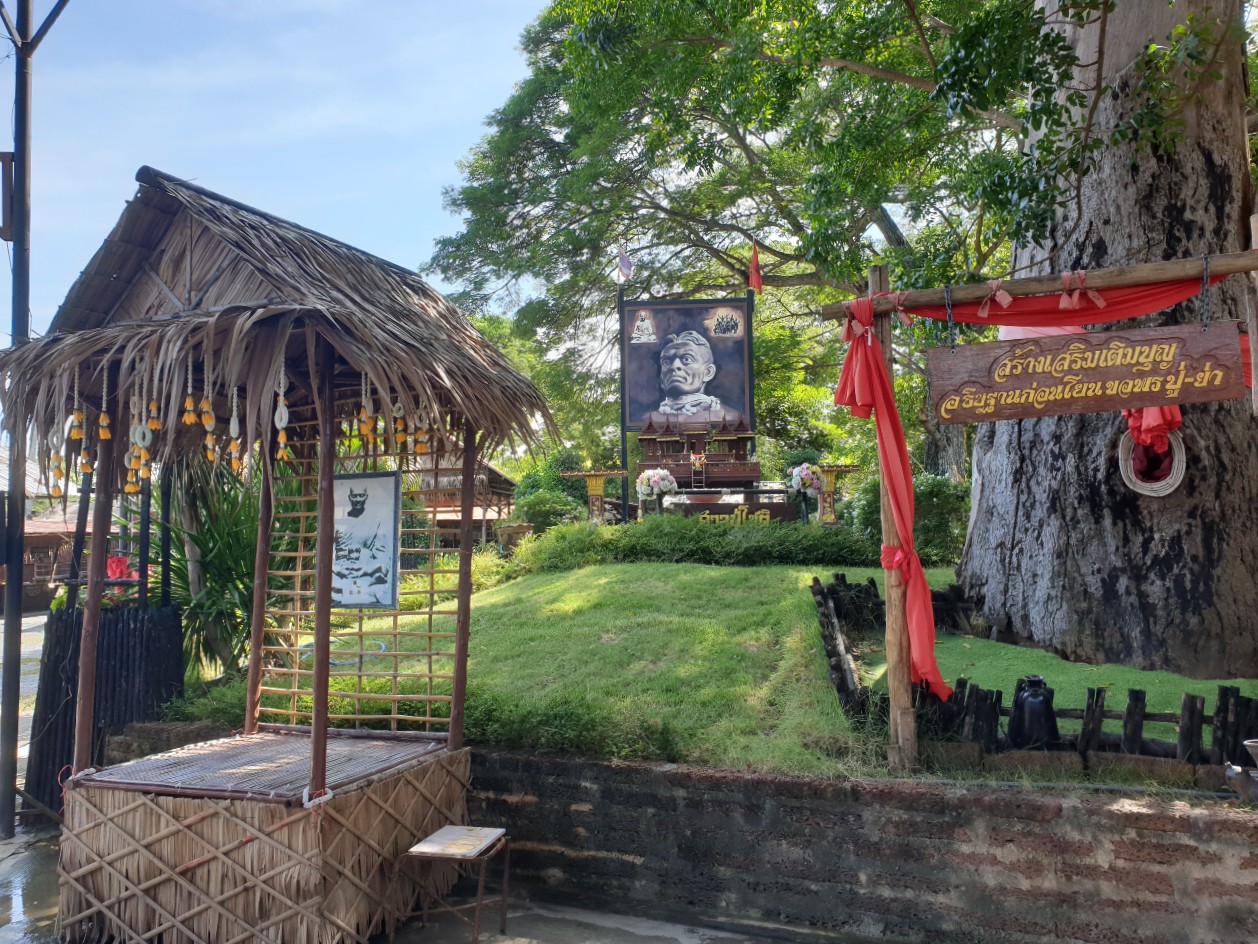
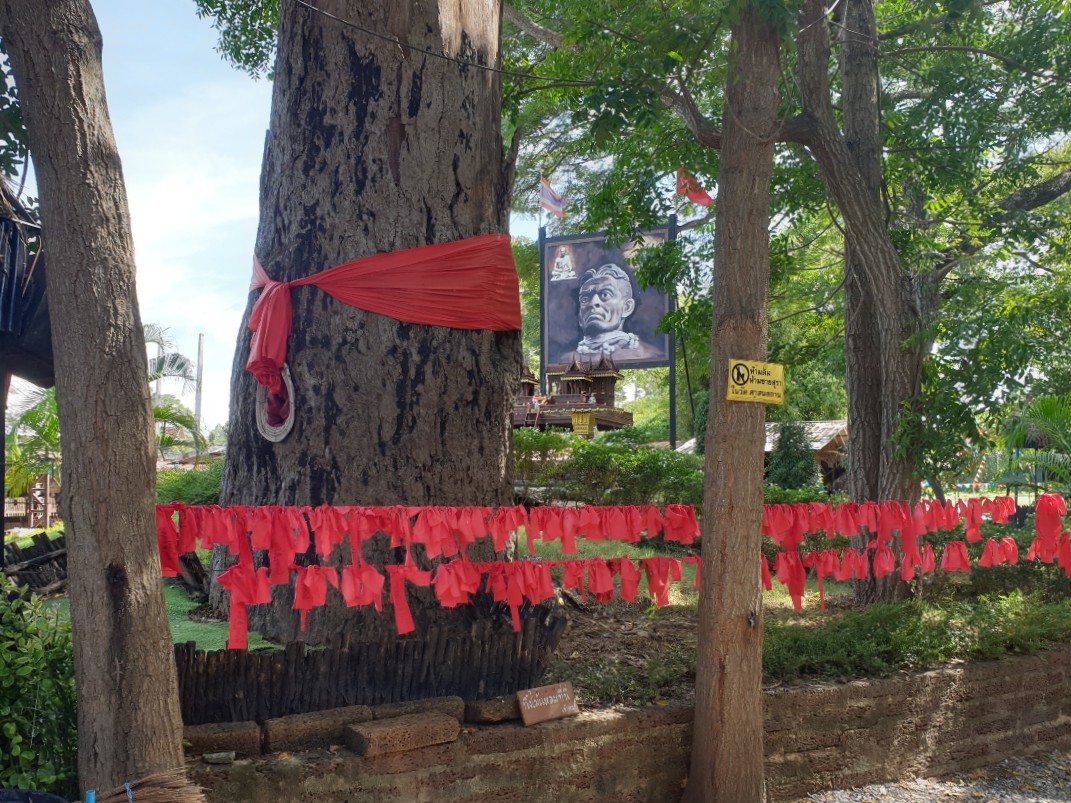
Bang Rachan Old Style Market,
Bang Rachan District
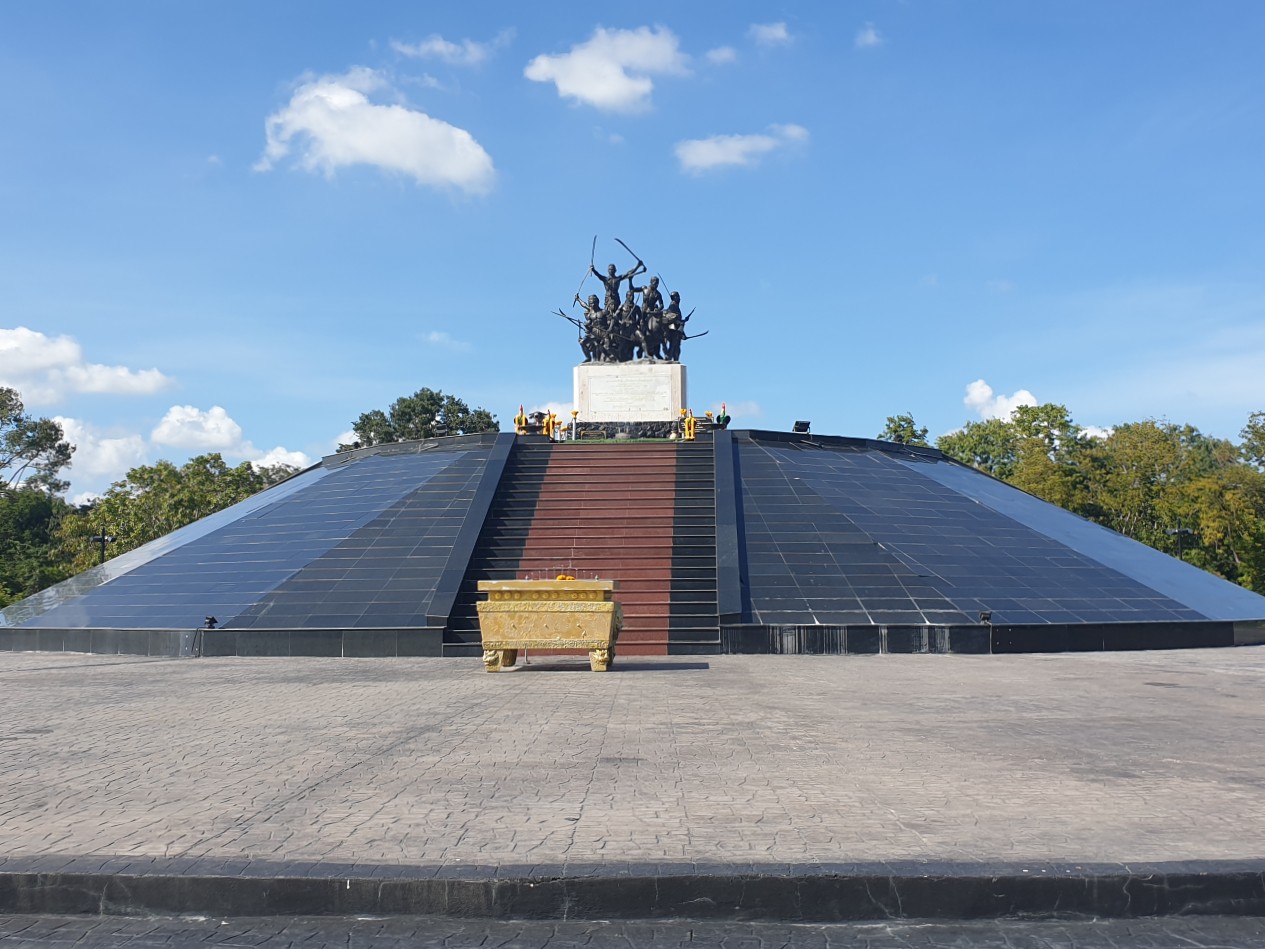
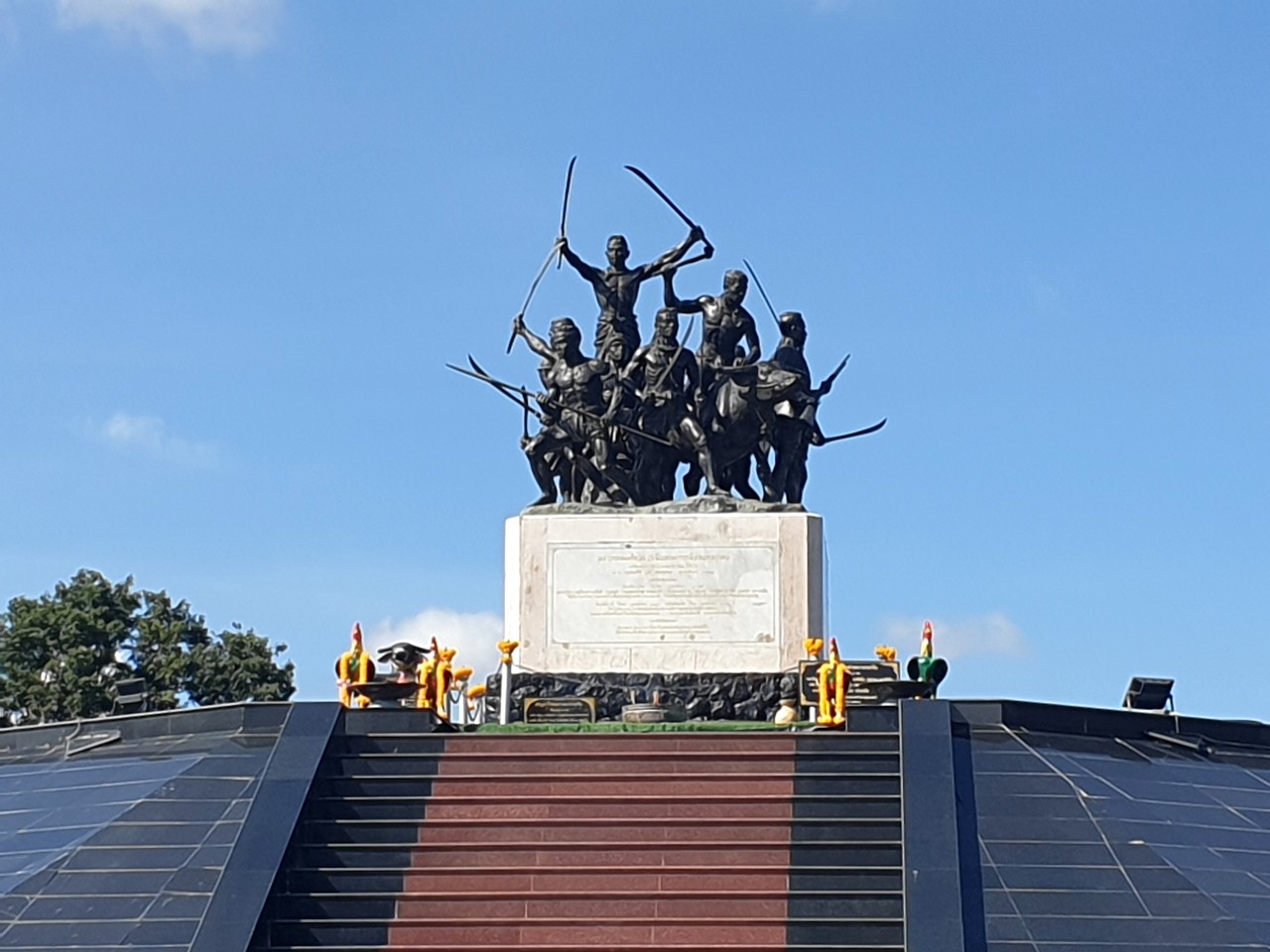
Bang Rachan Memorial, Bang Rachan District
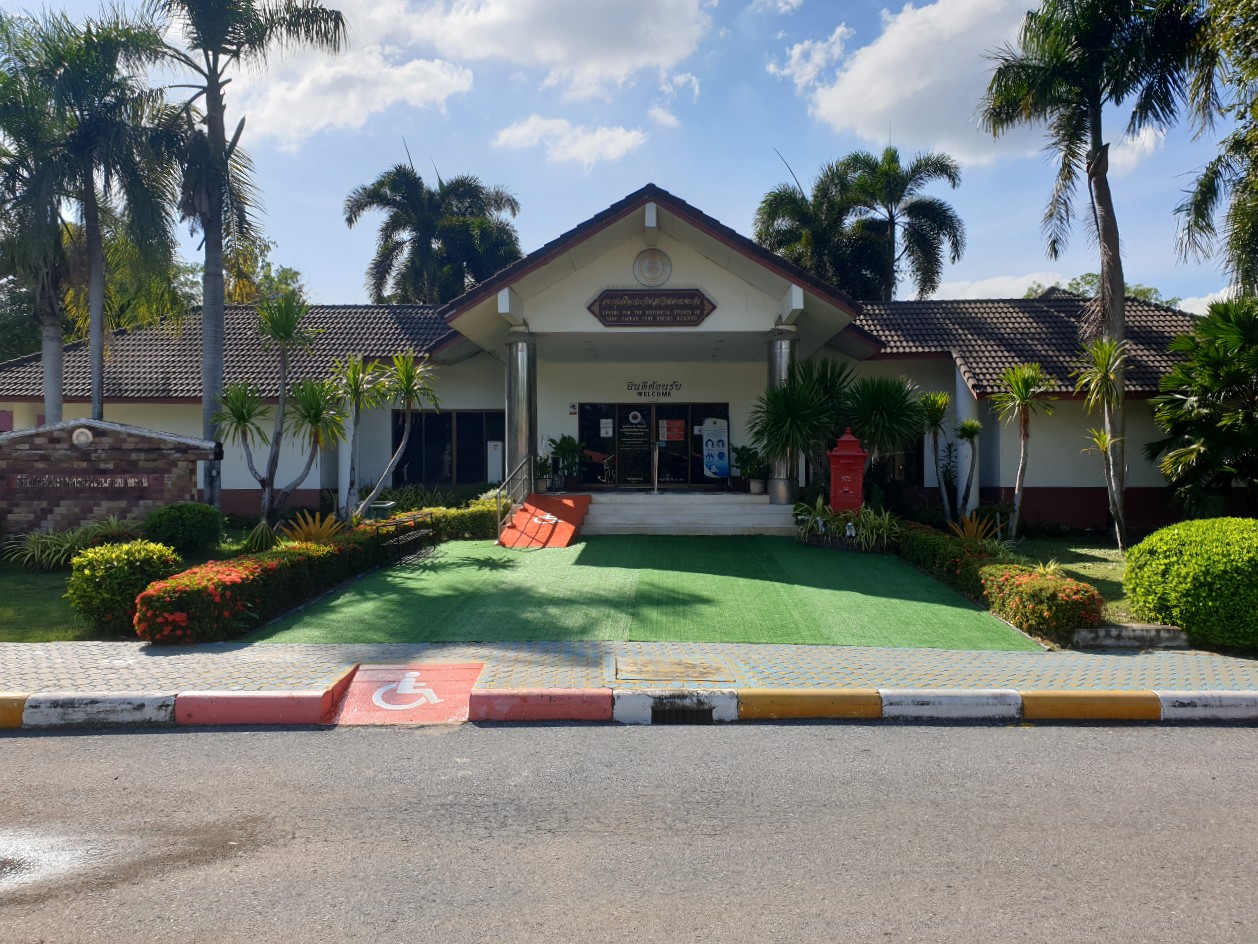
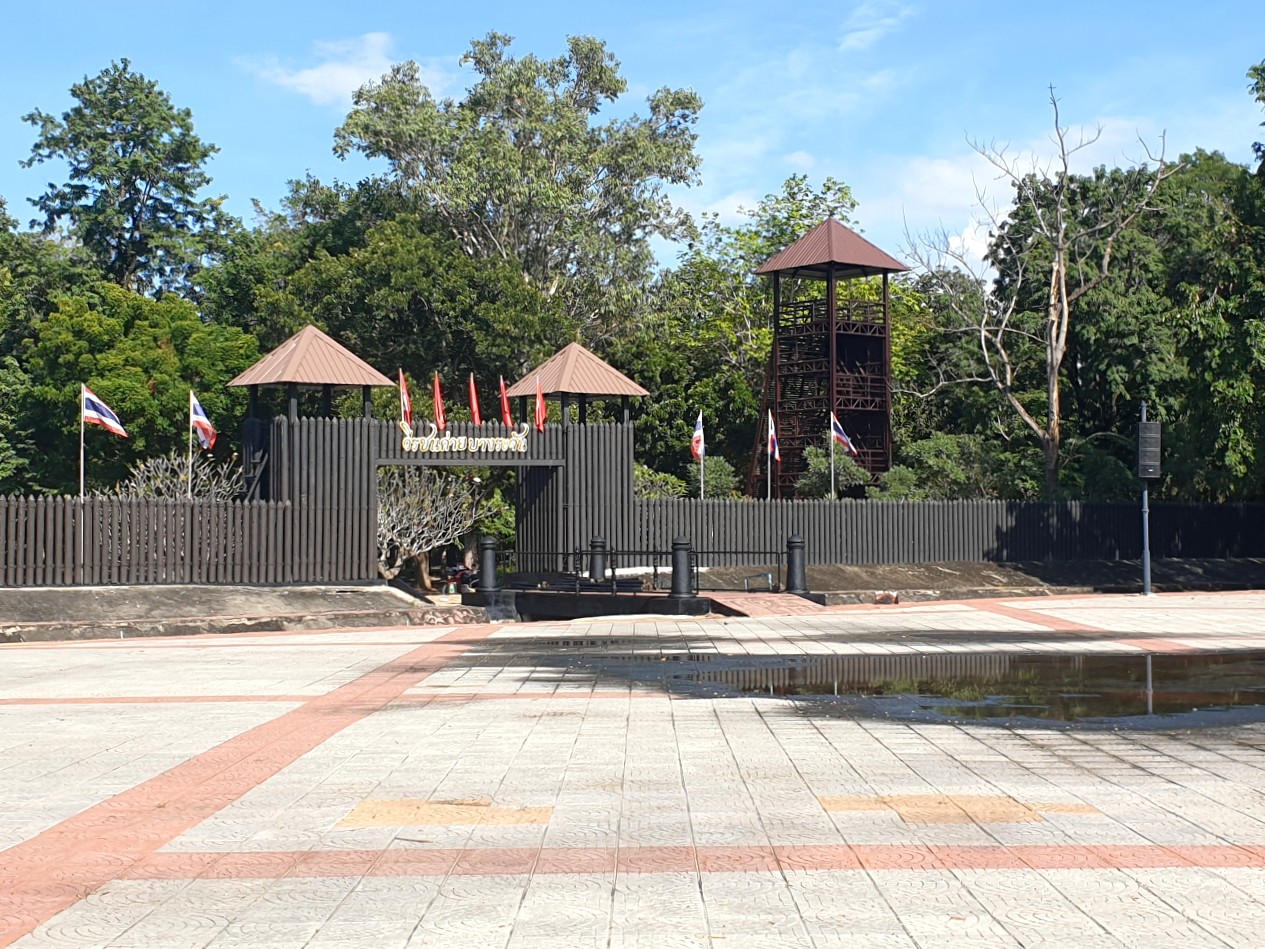
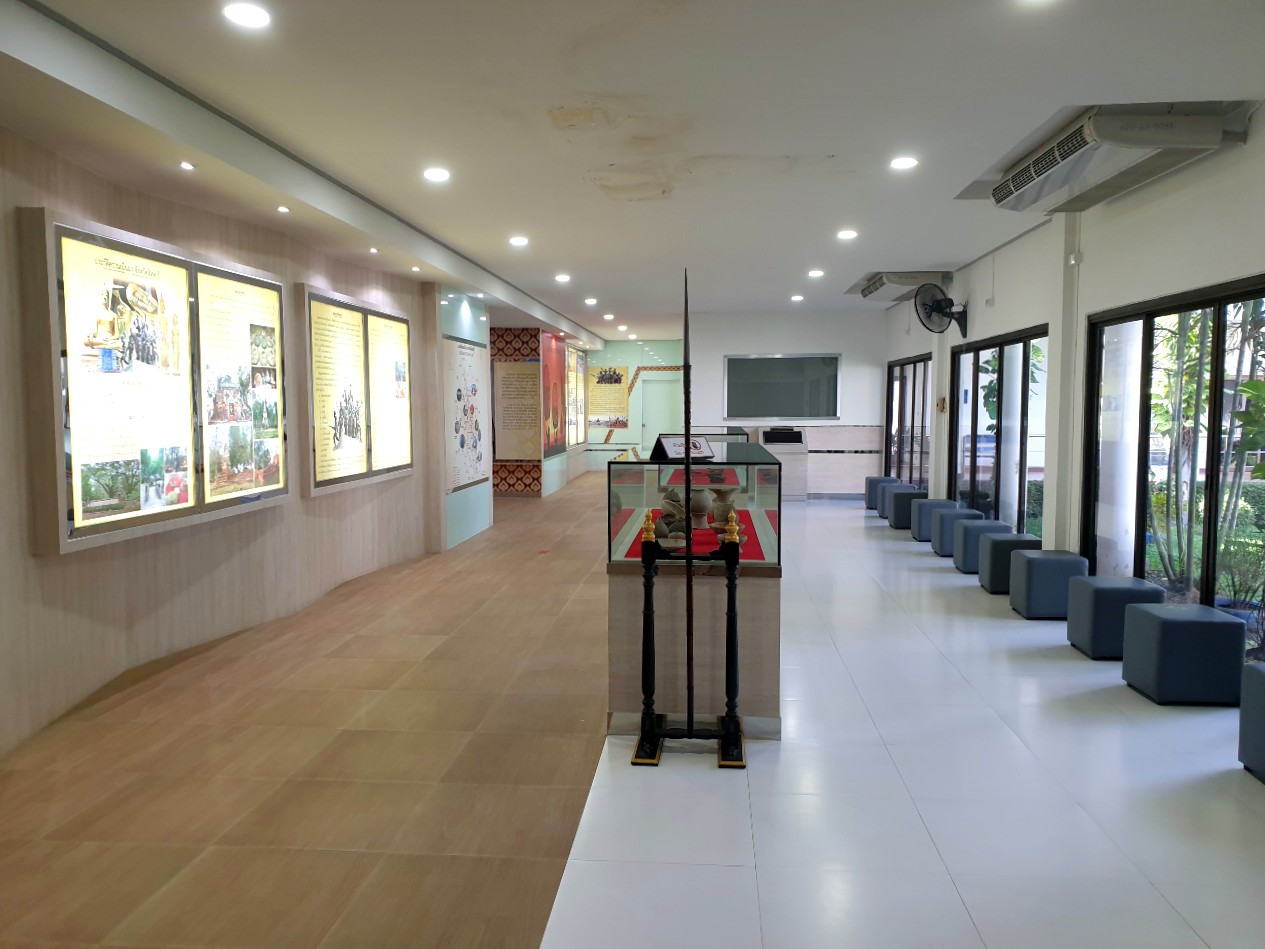
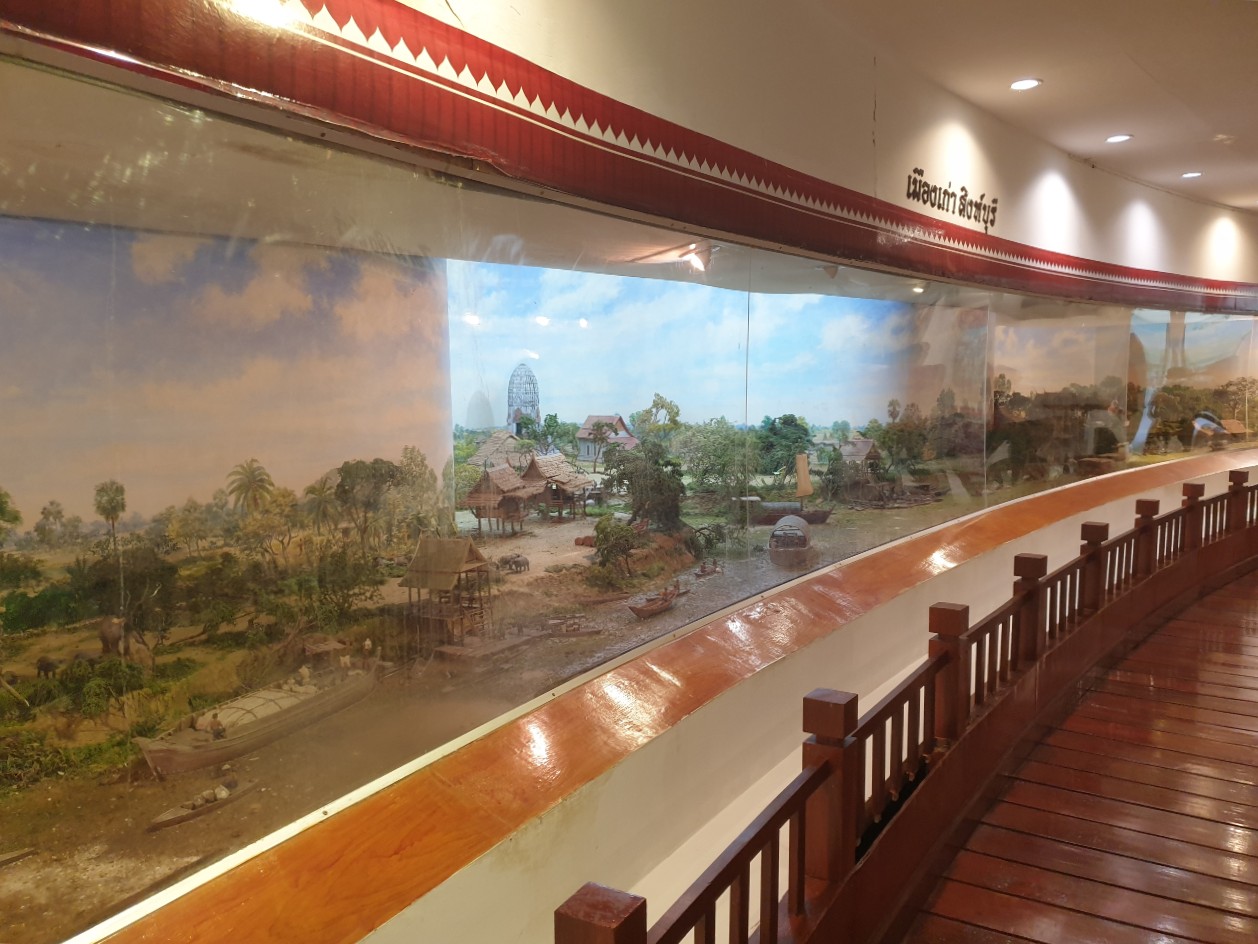
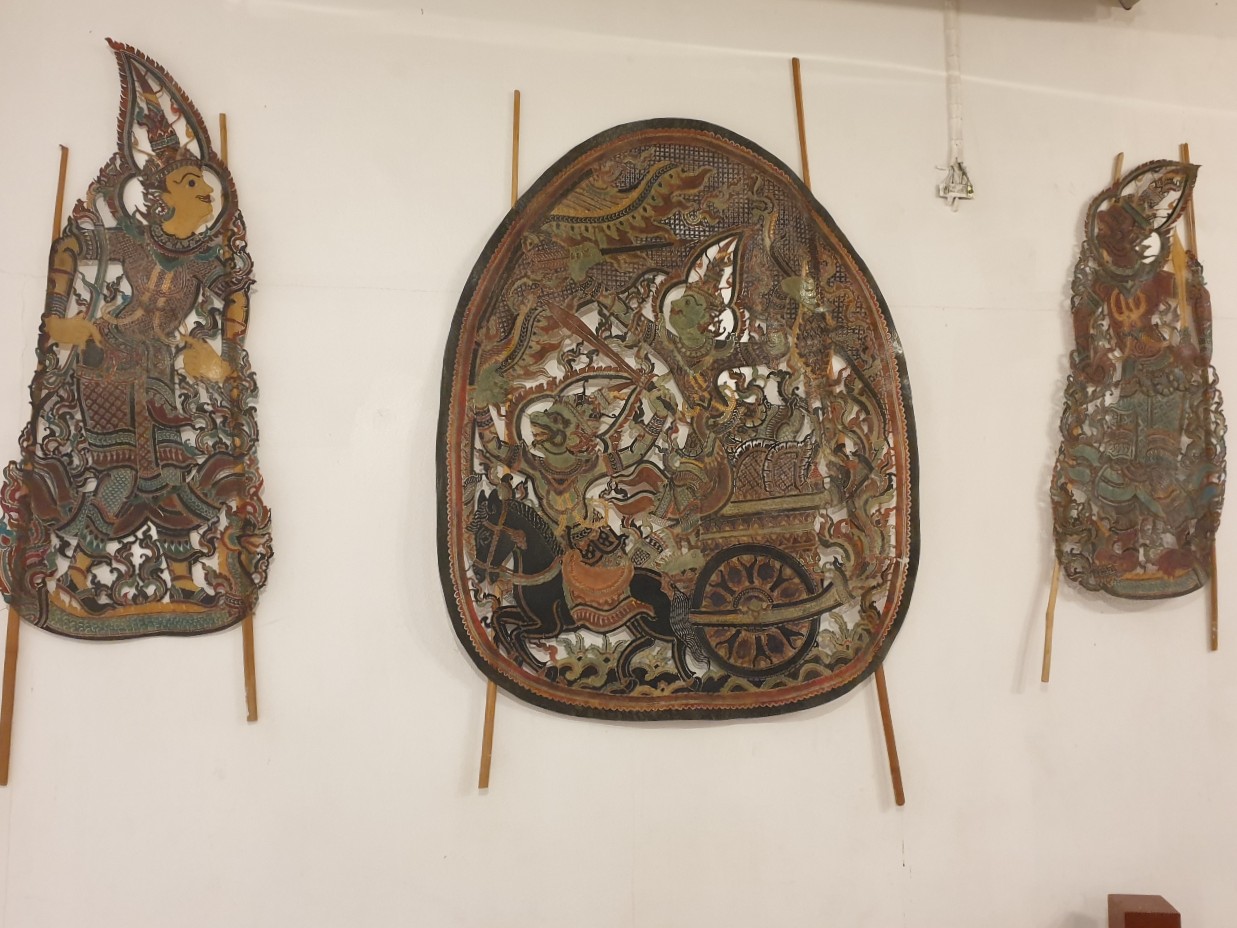
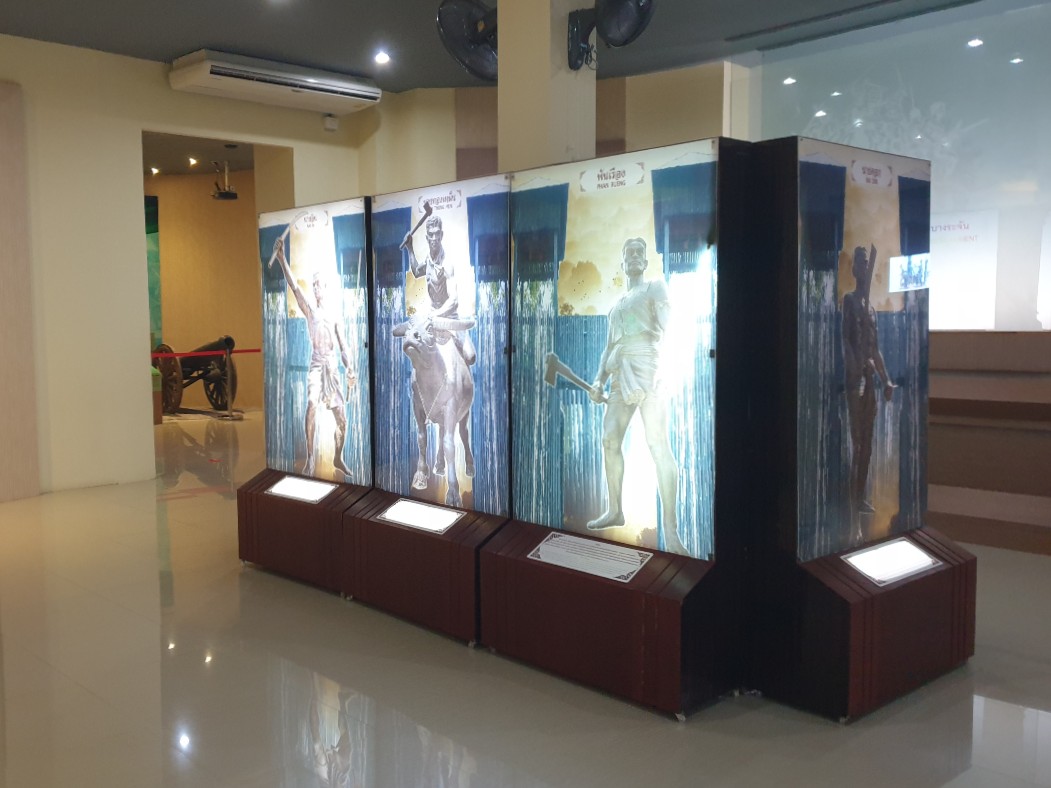
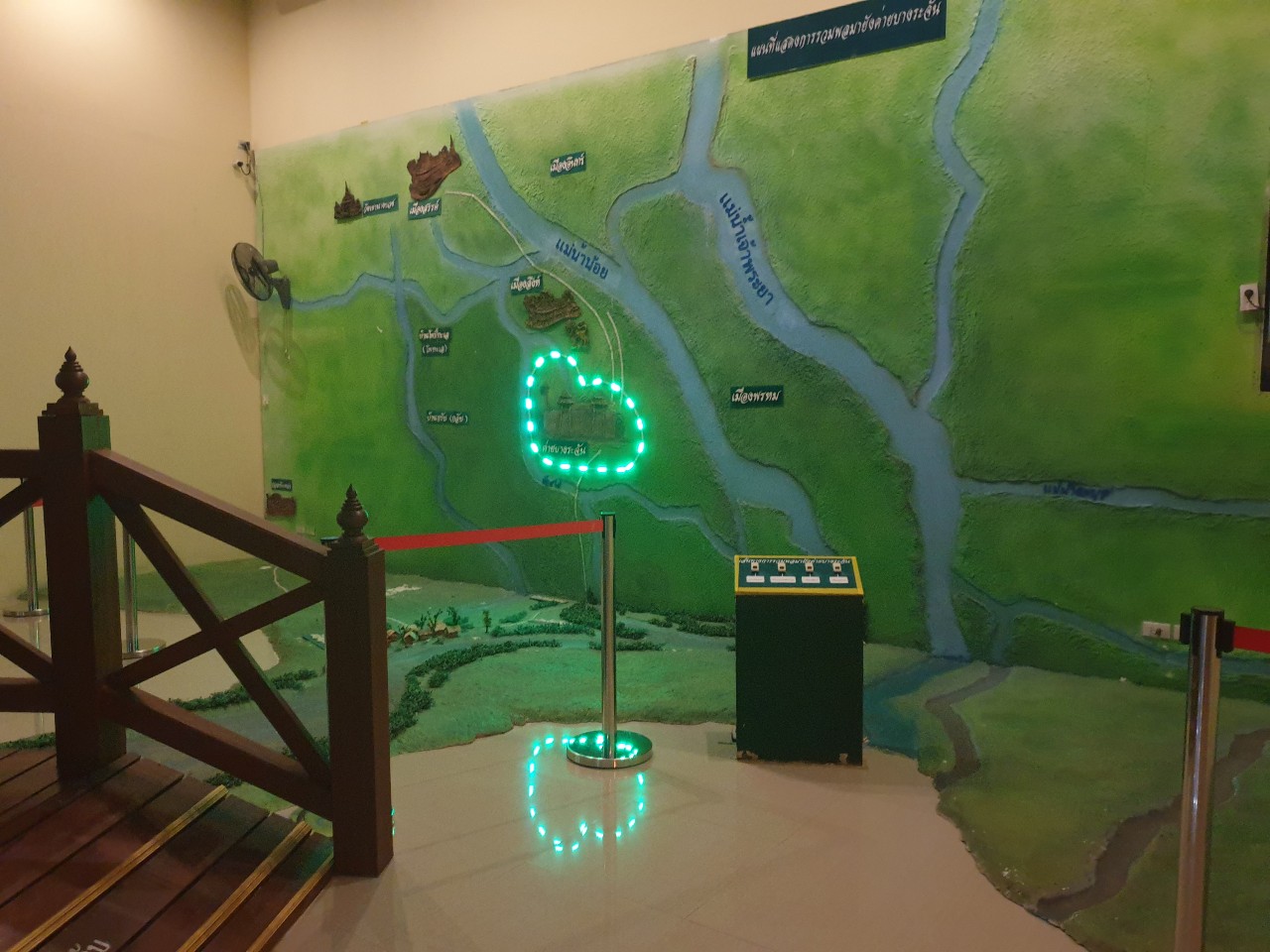
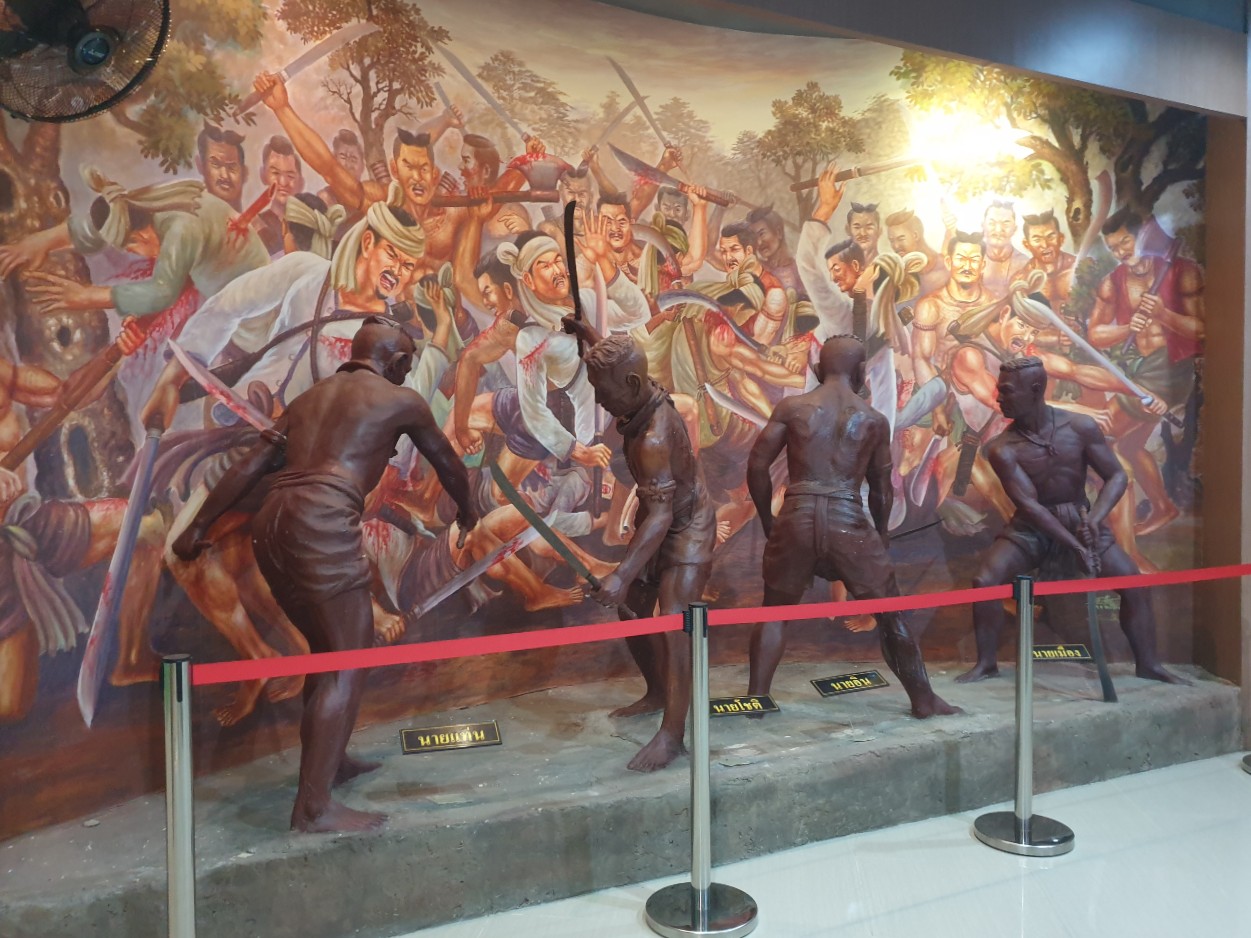
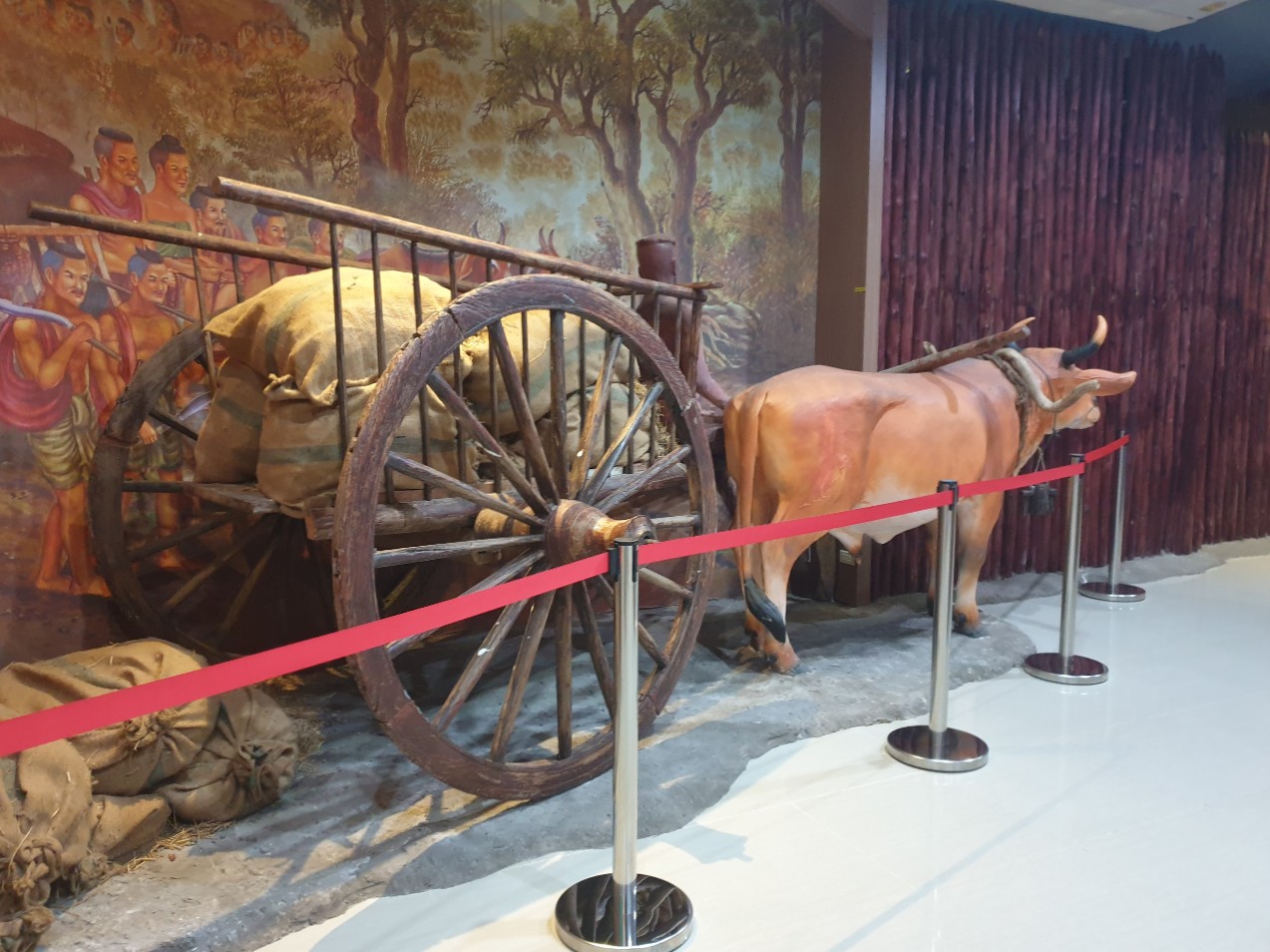
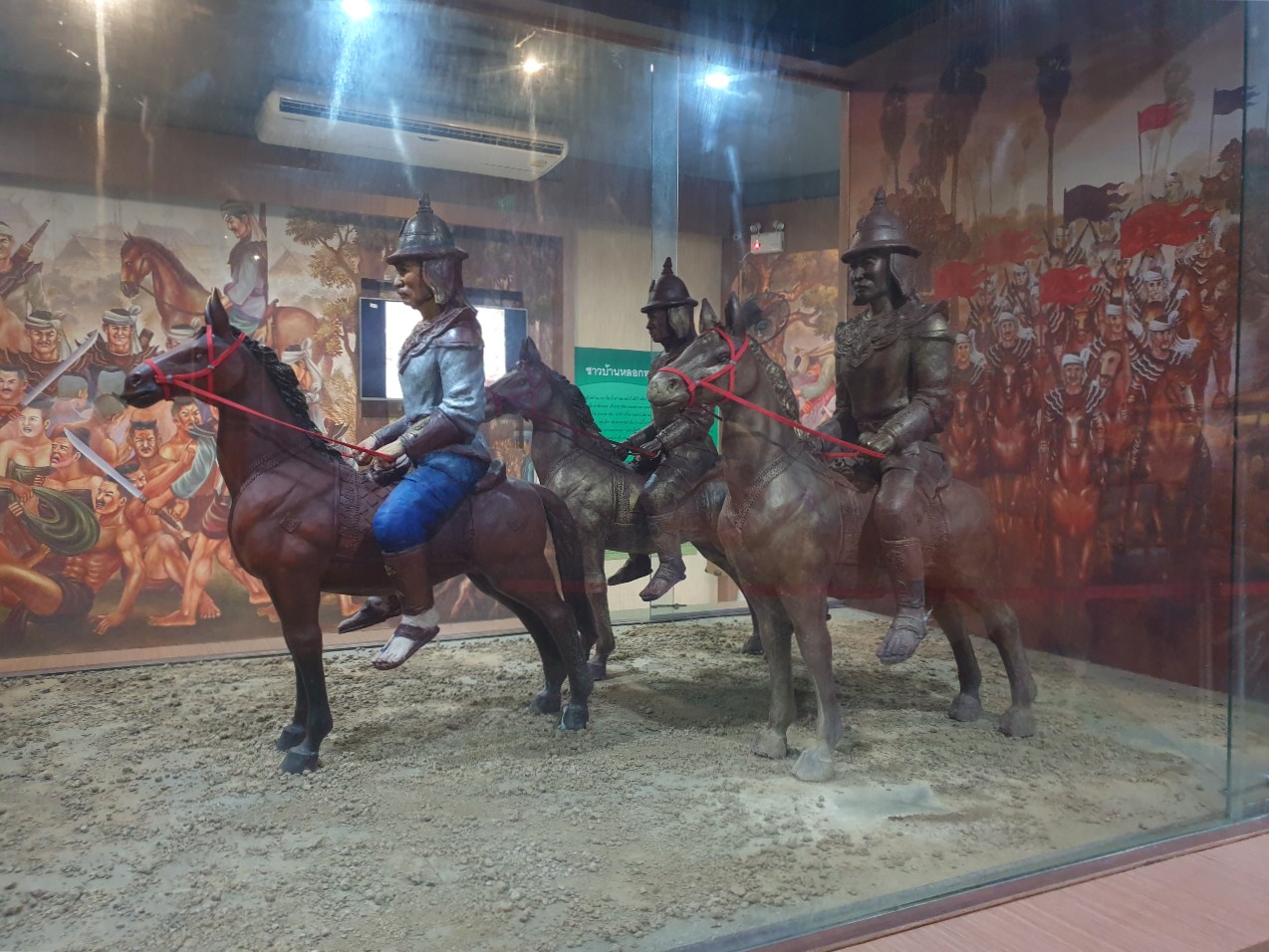
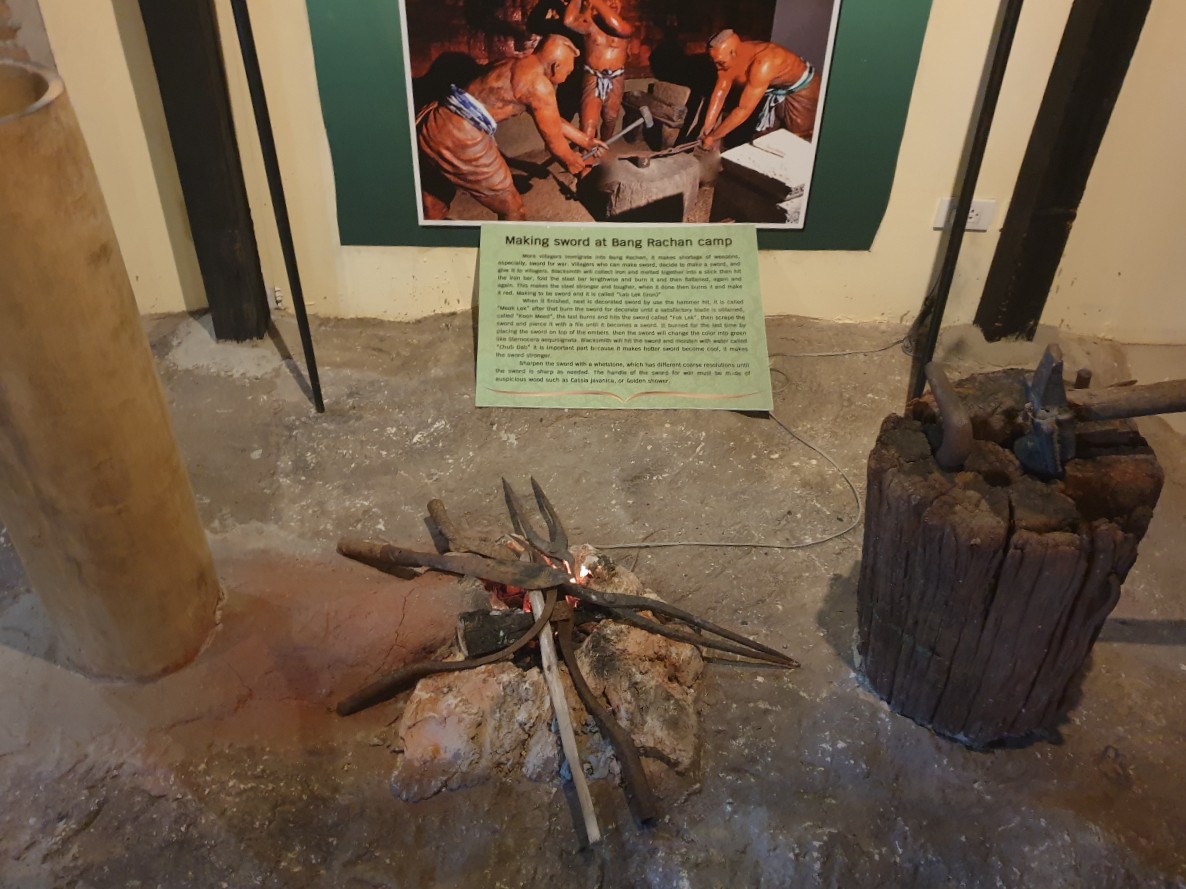
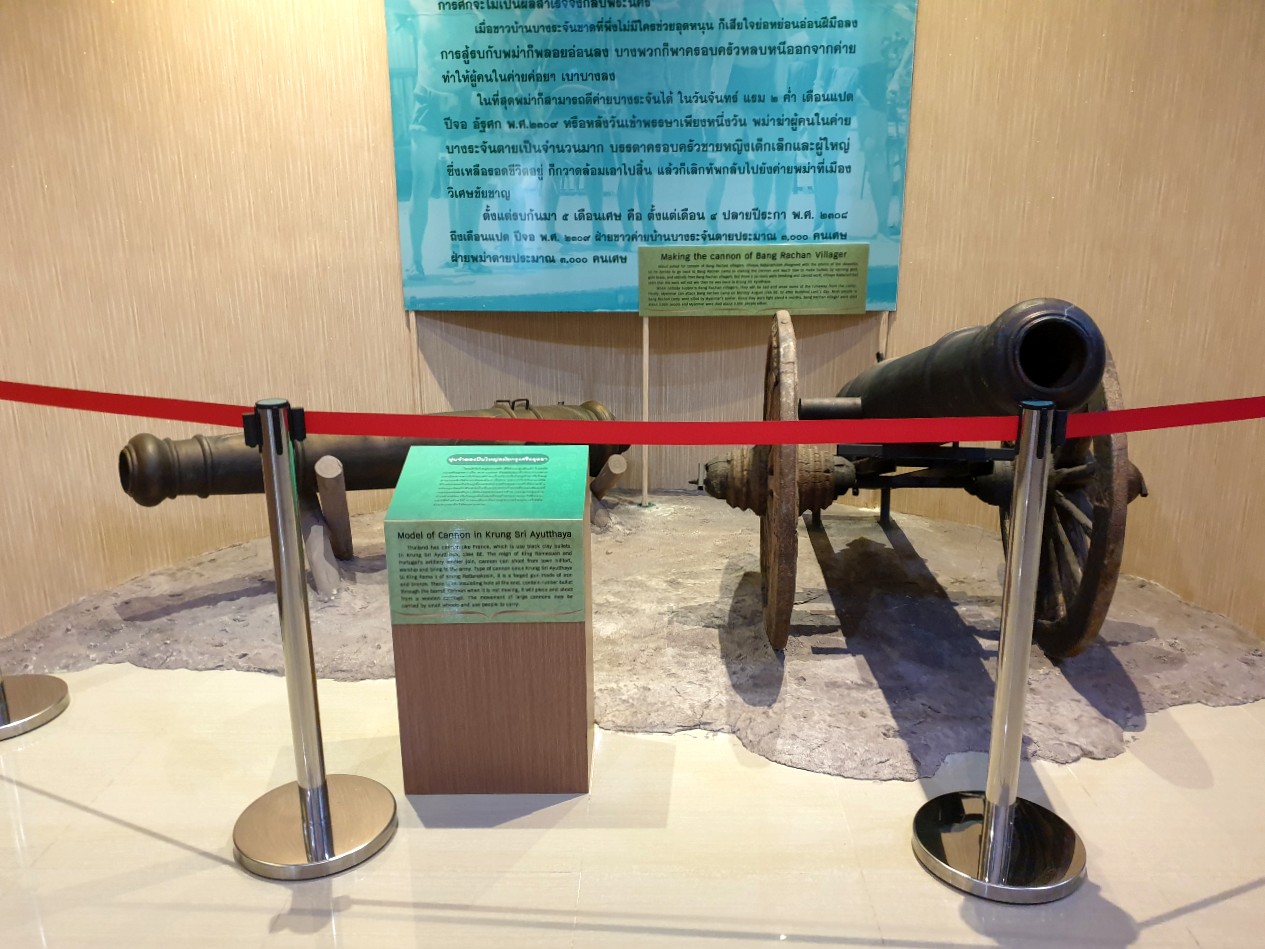
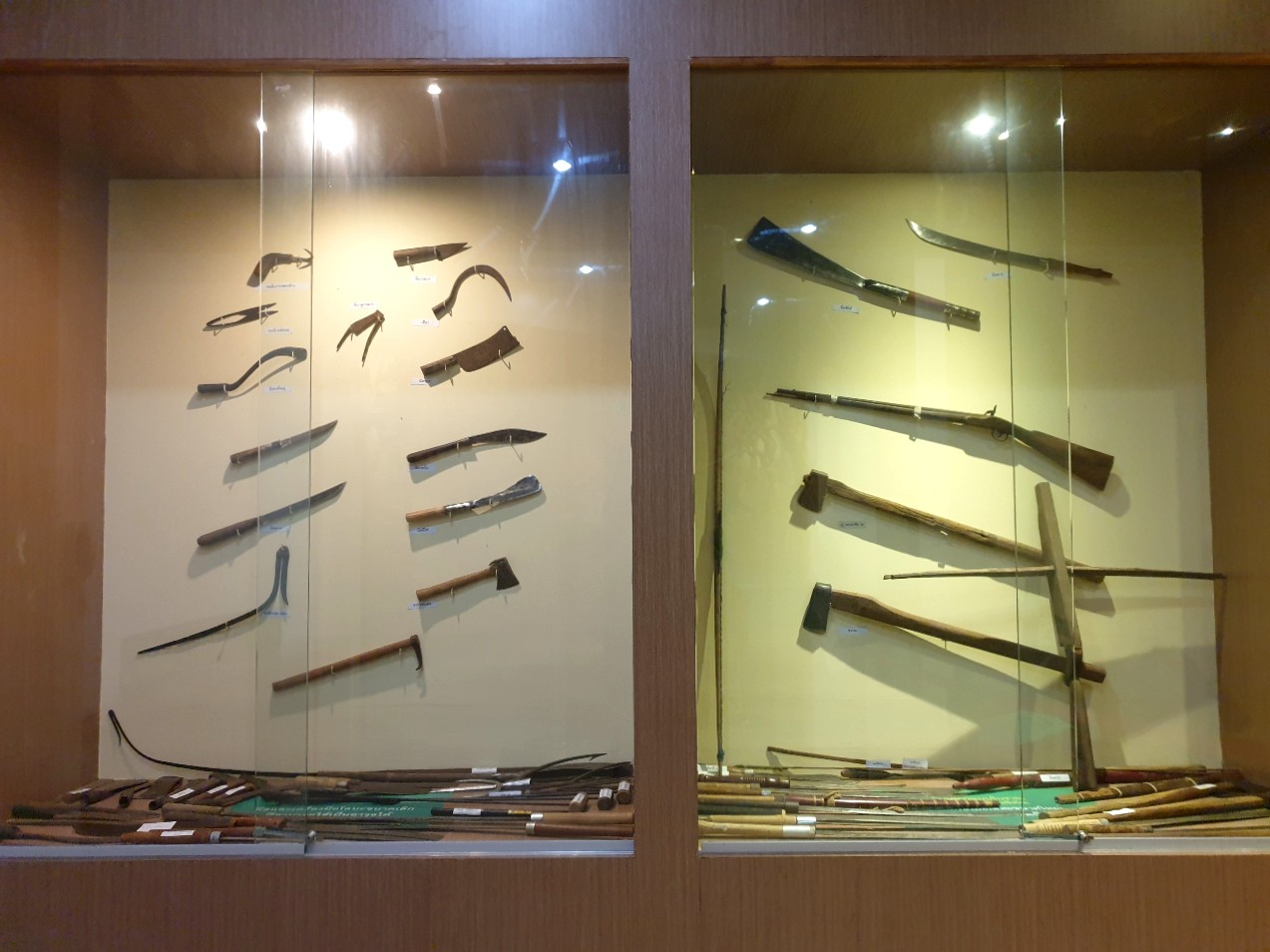
Bang Rachan History Centre
Bang Rachan District
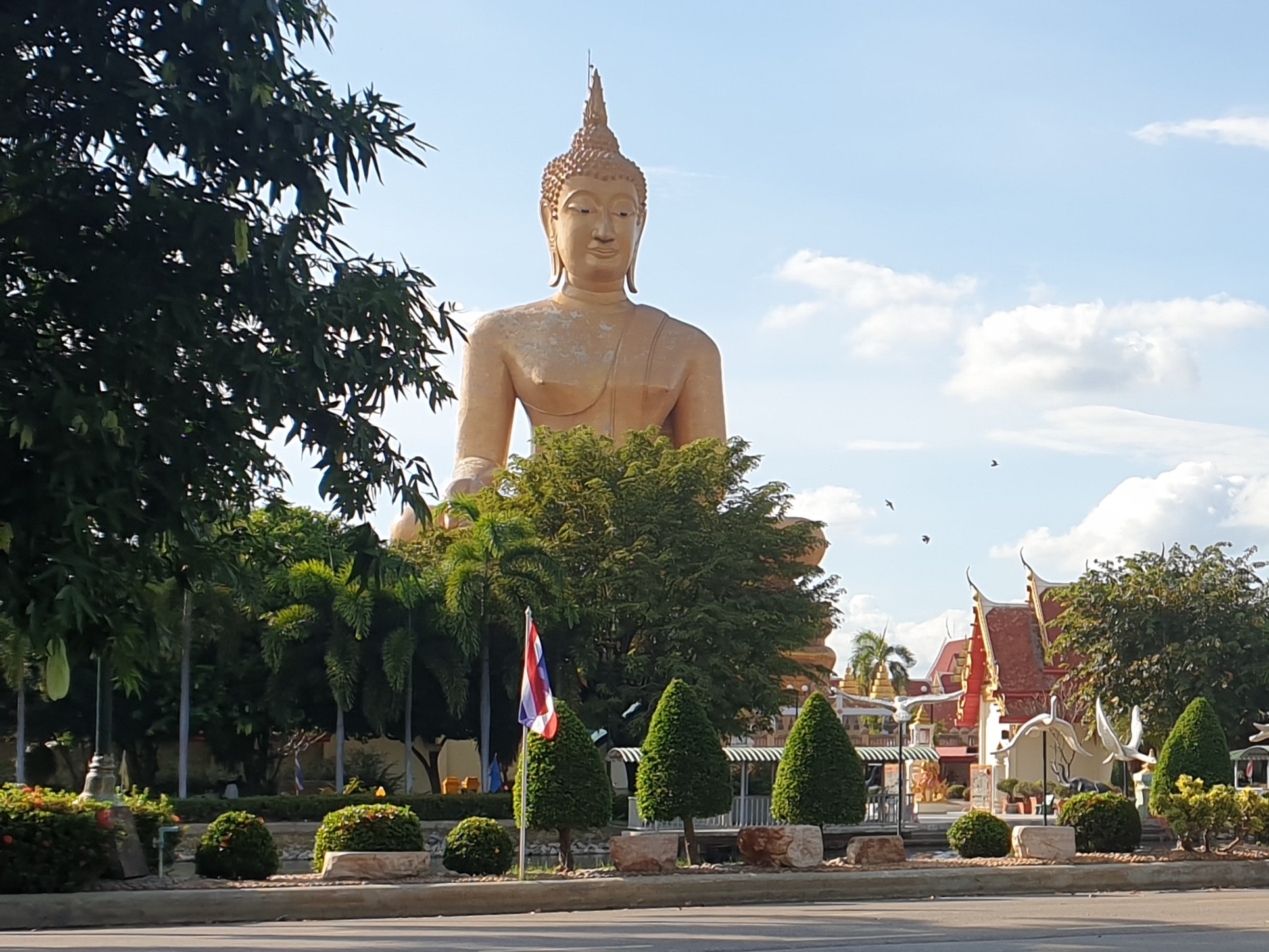
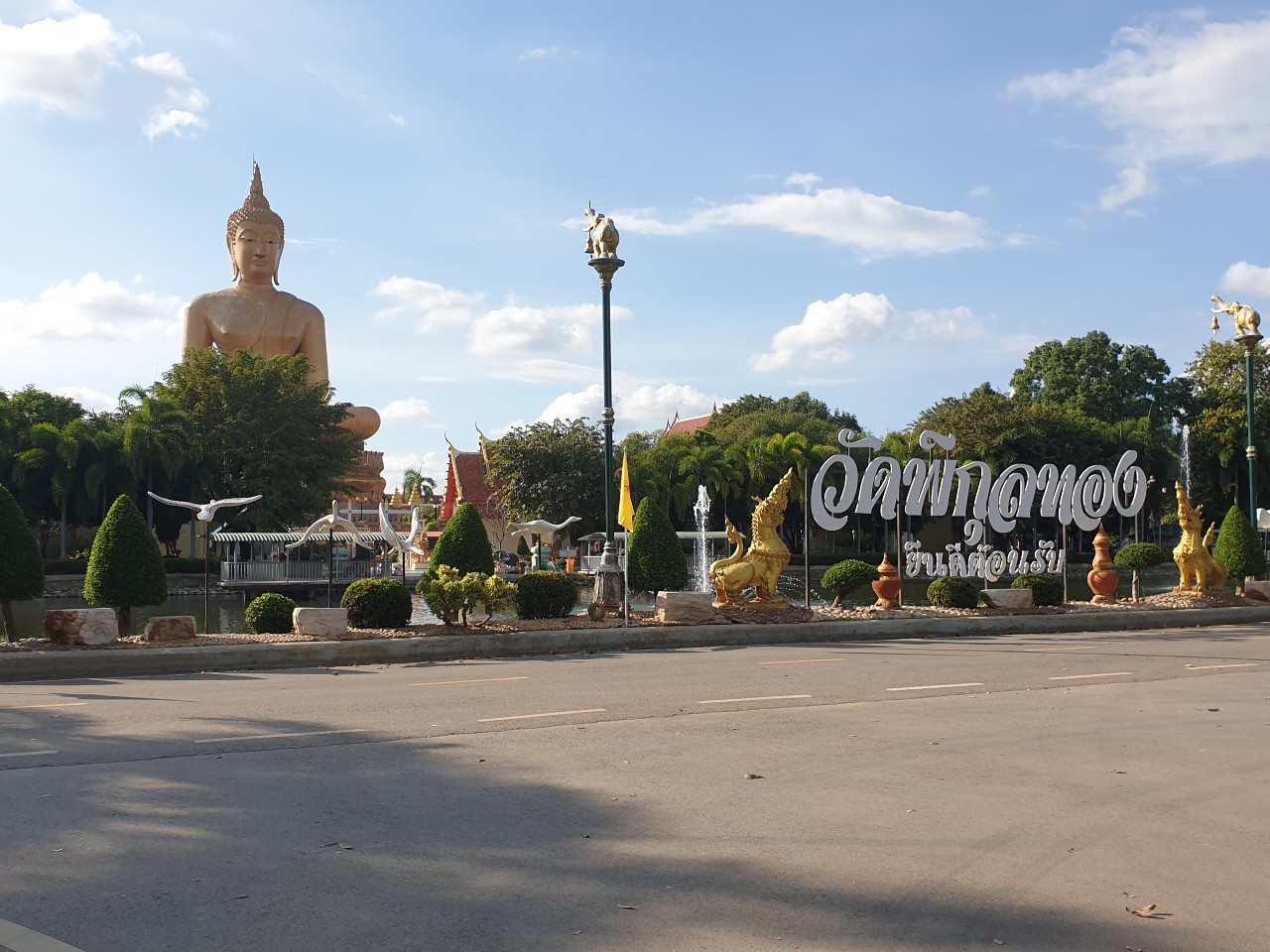
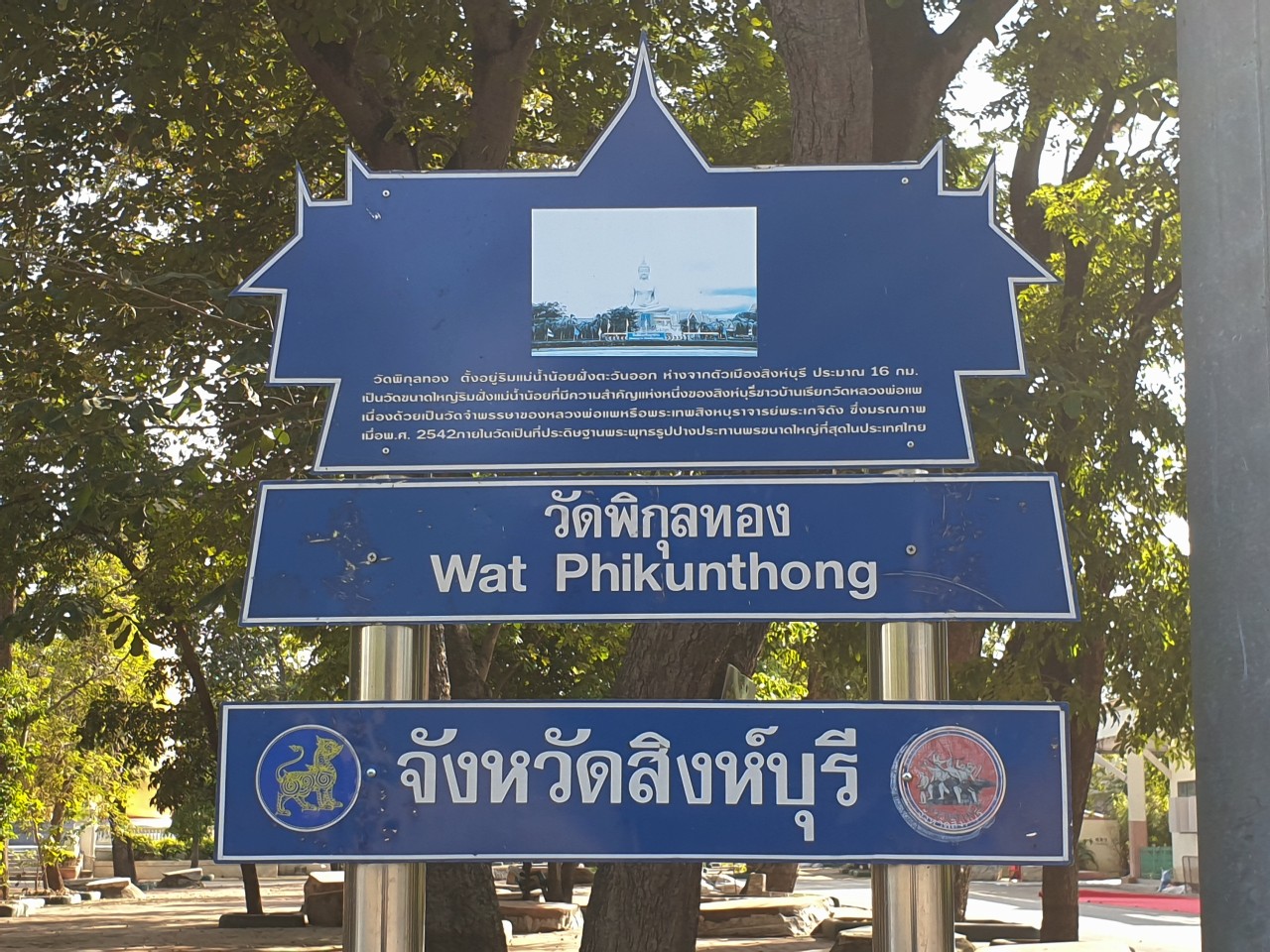
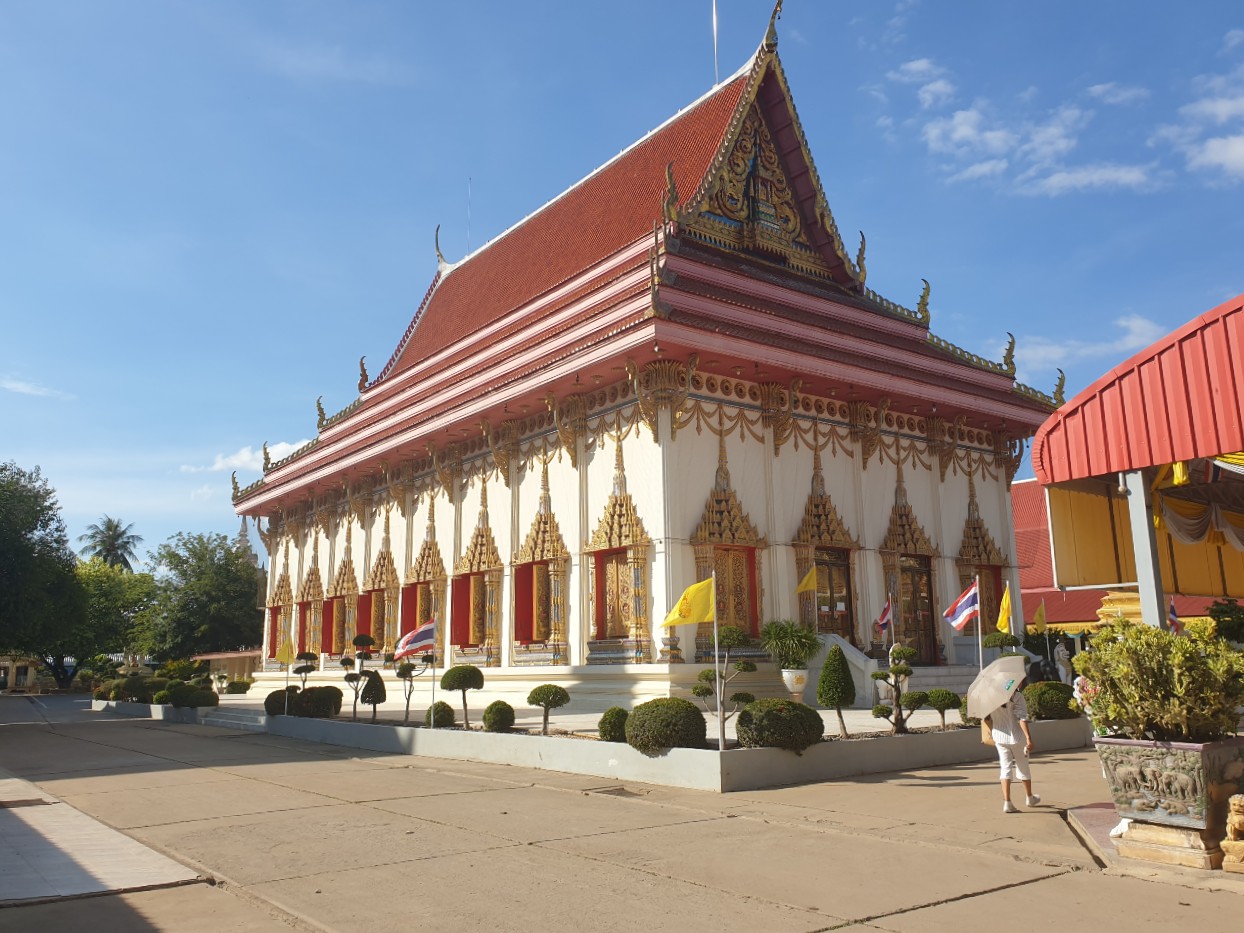
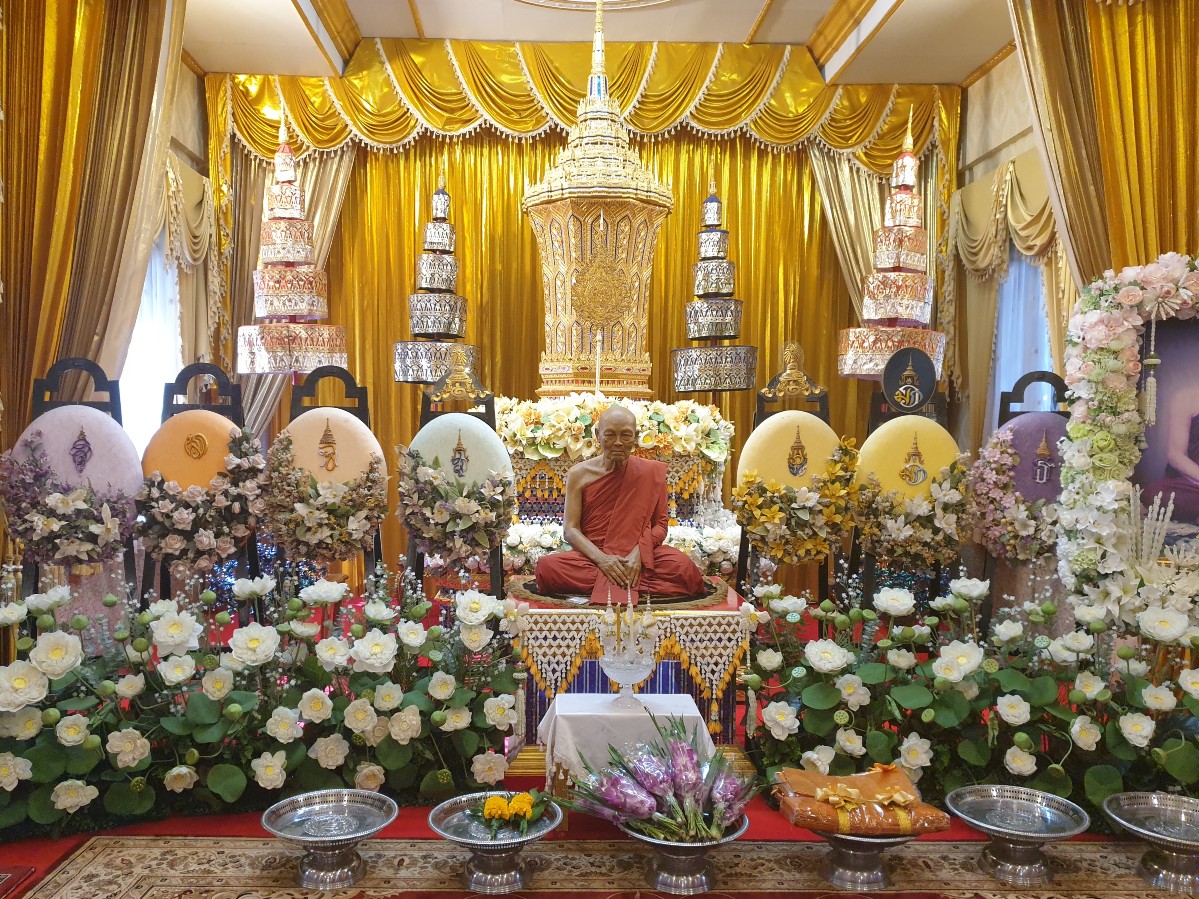
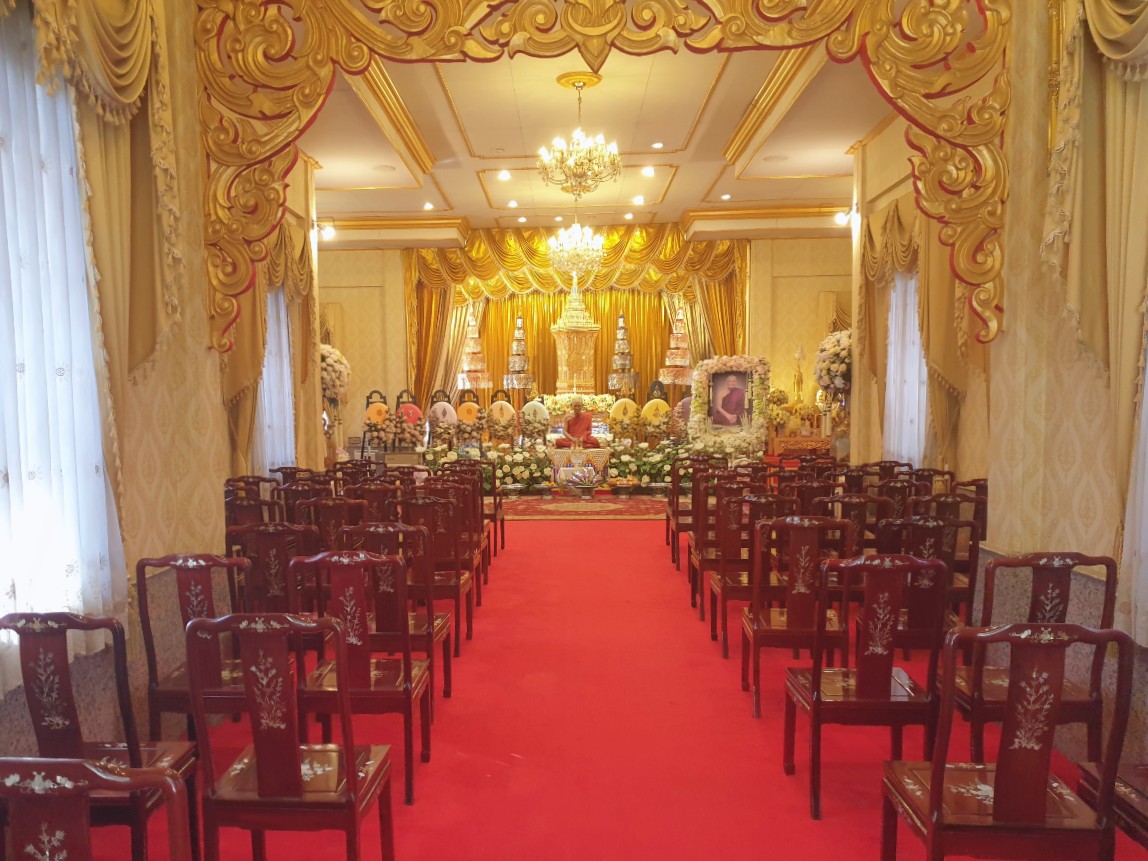
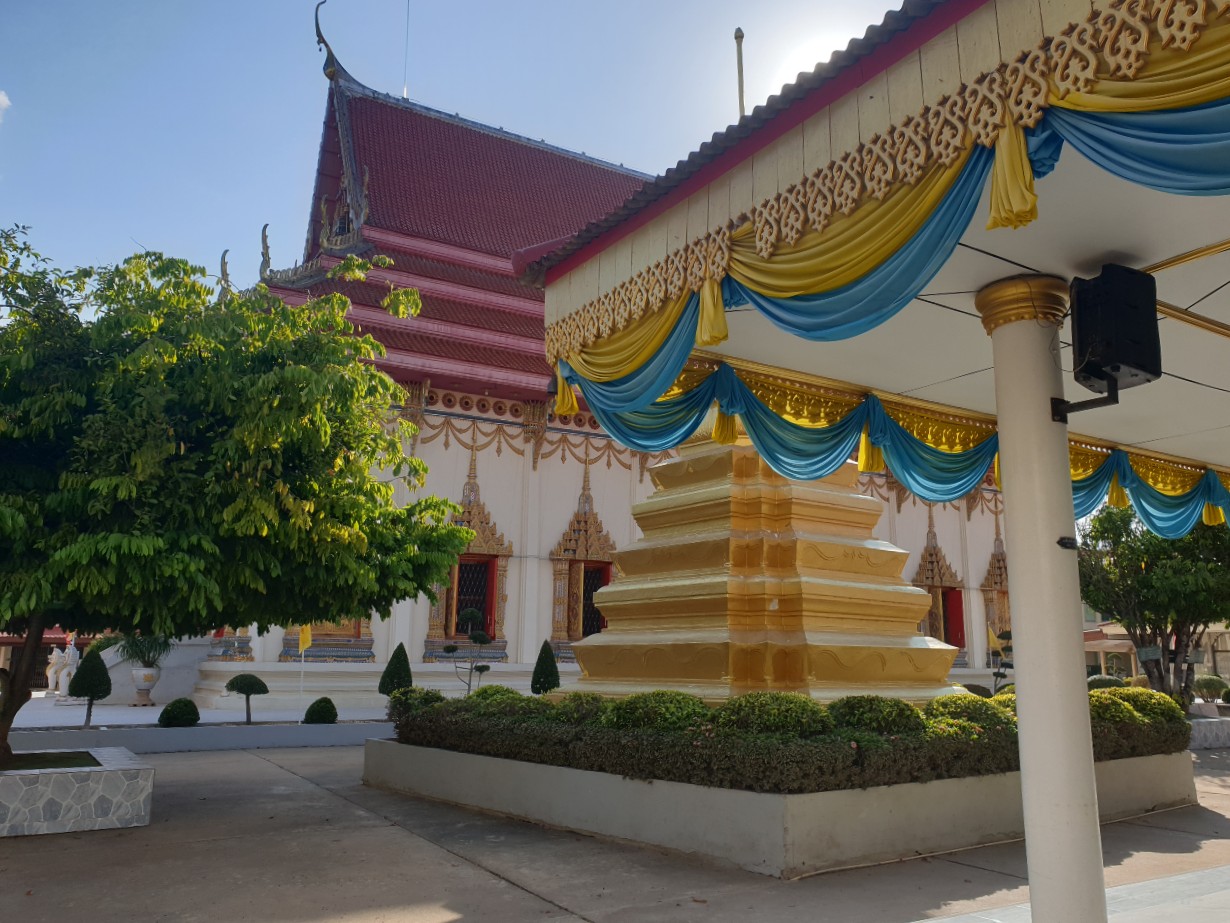
Wat Pikul Thong Phra Arom Luang,
Tha Chang District
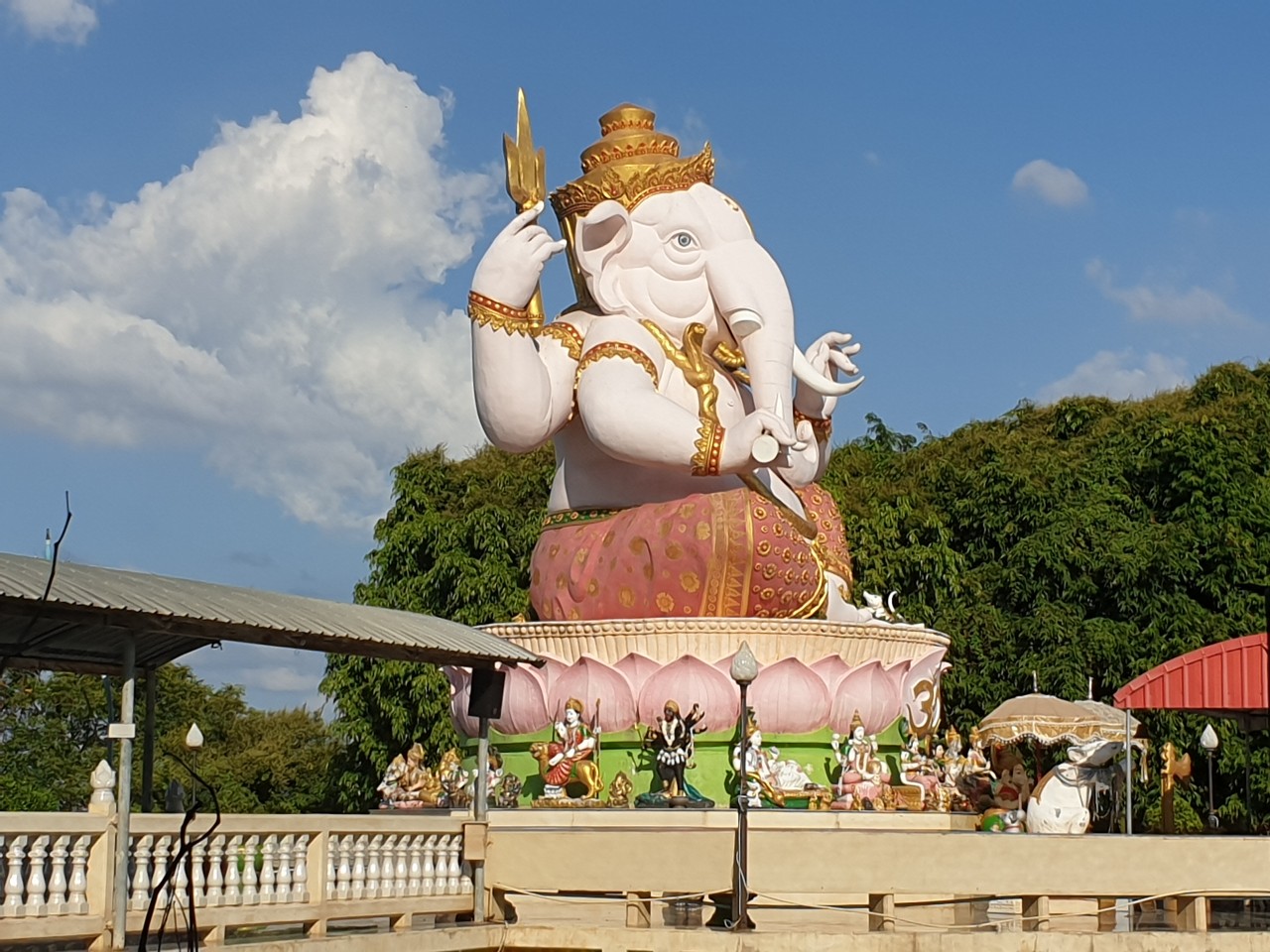
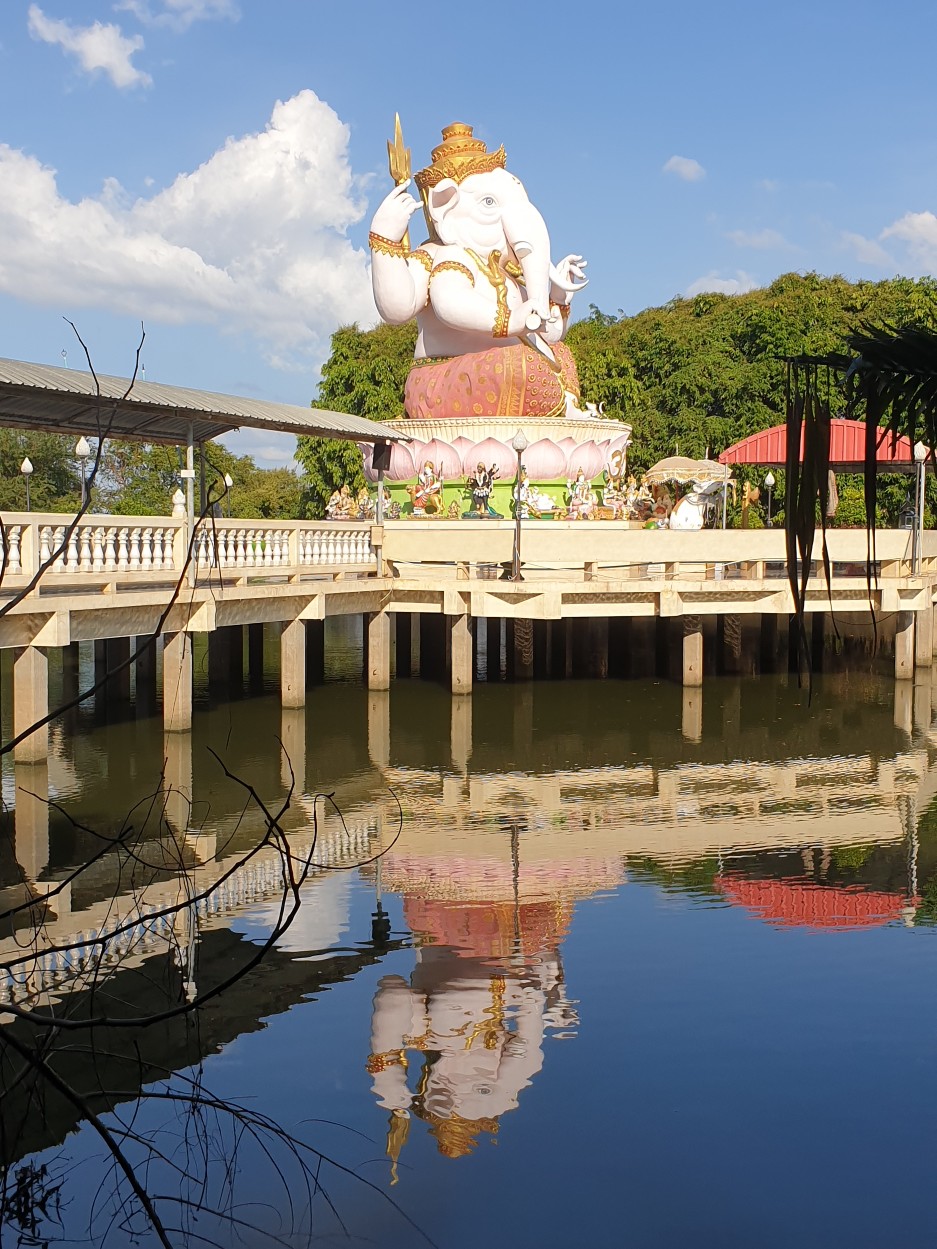
Ganesha Wat Pikul Thong, Tha Chang District
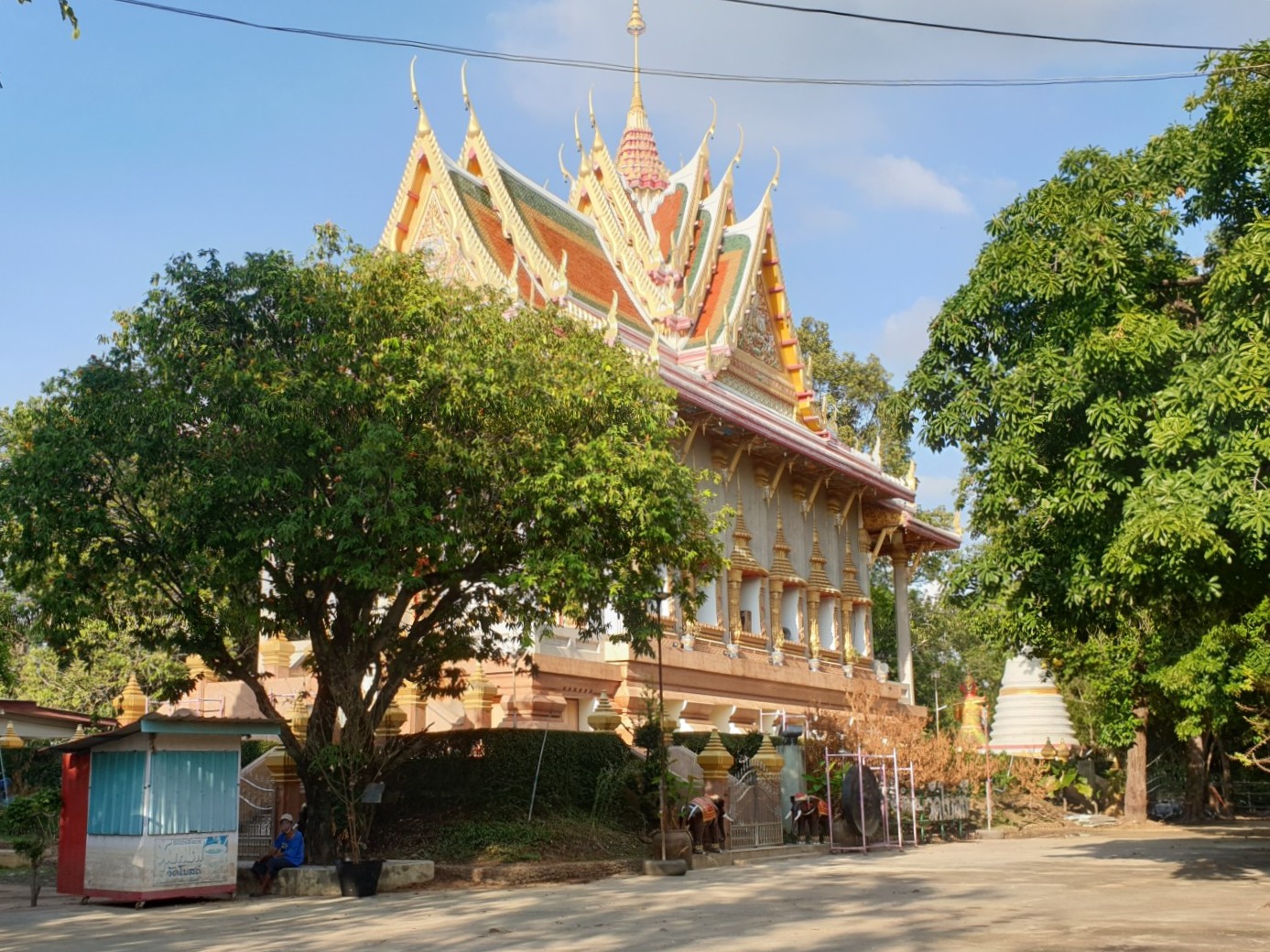
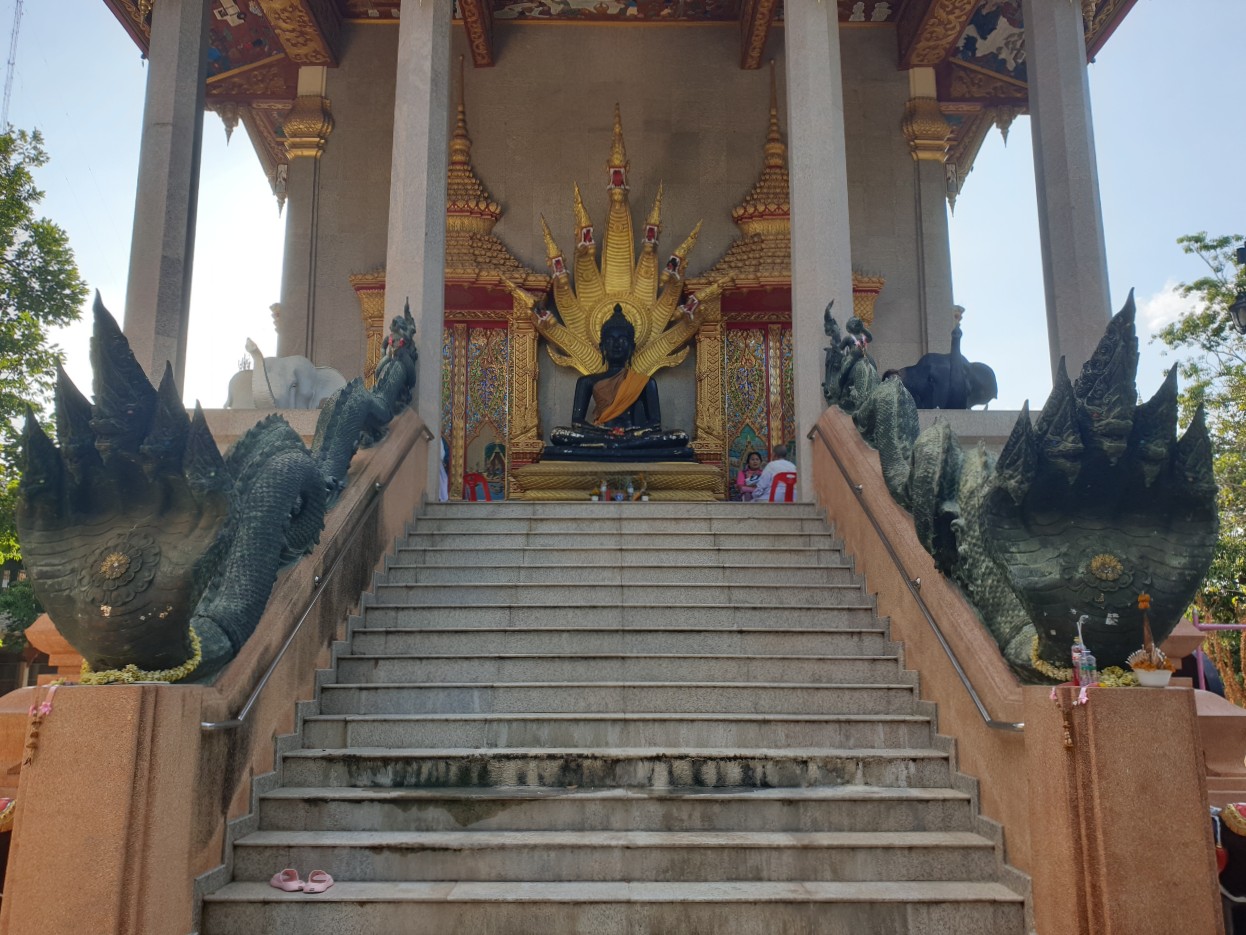
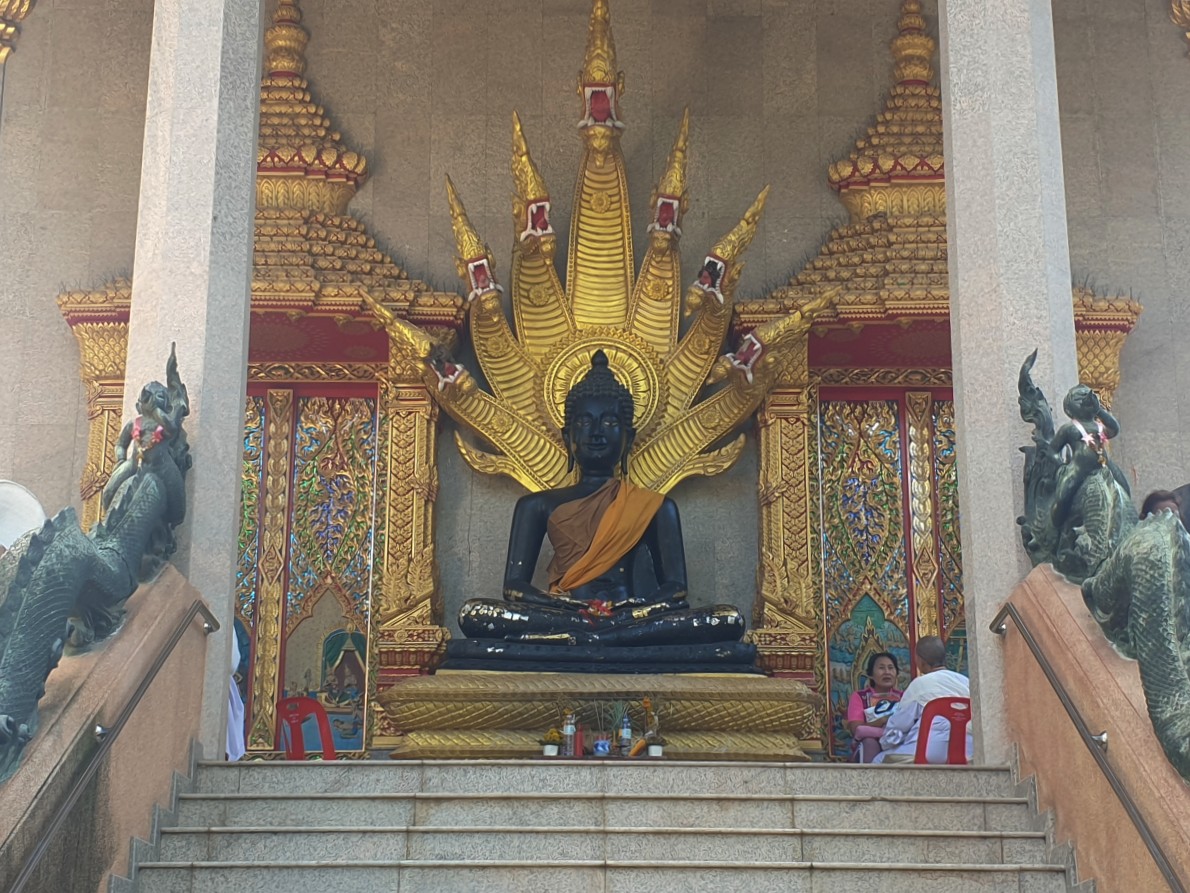
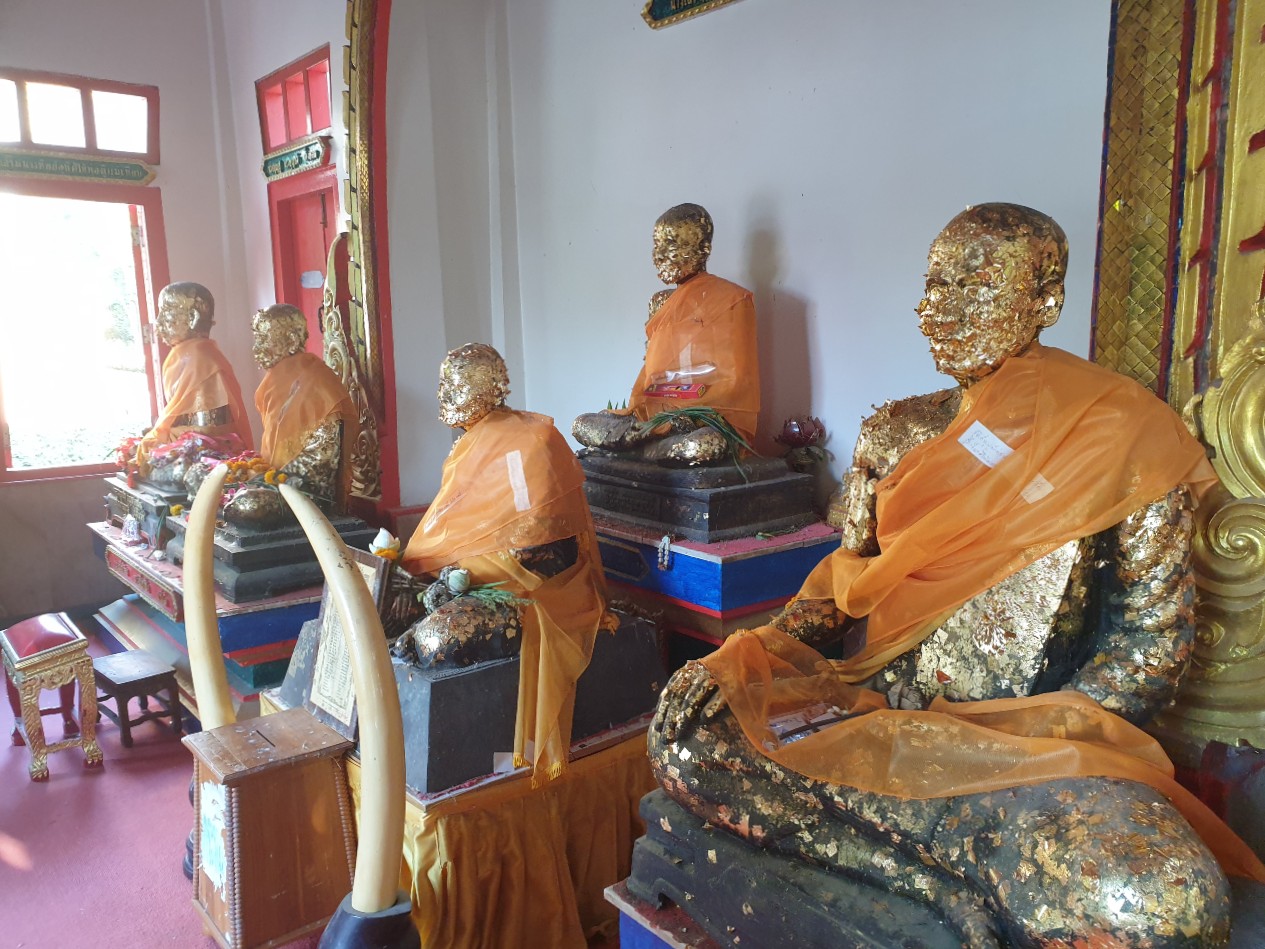
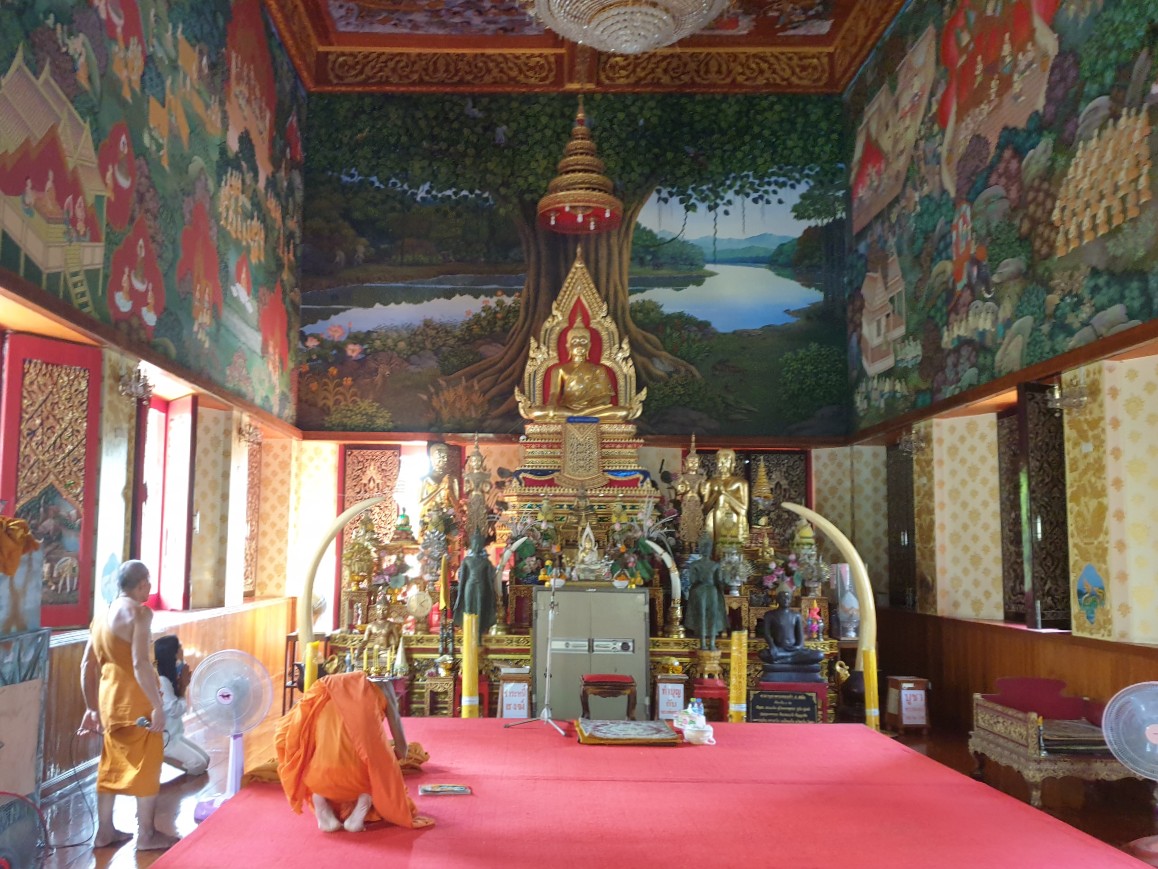
Wat Bot, Tha Chang District
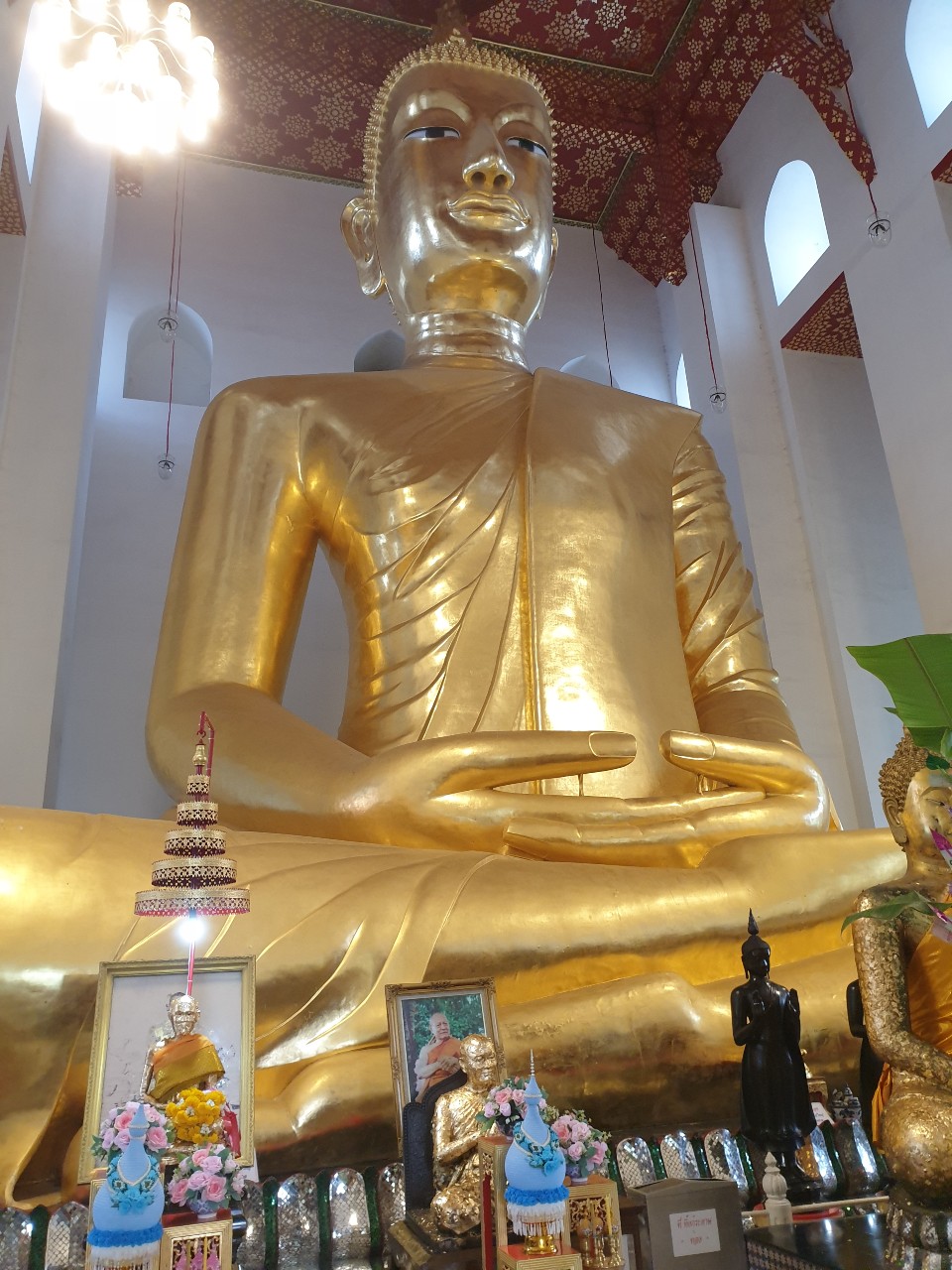
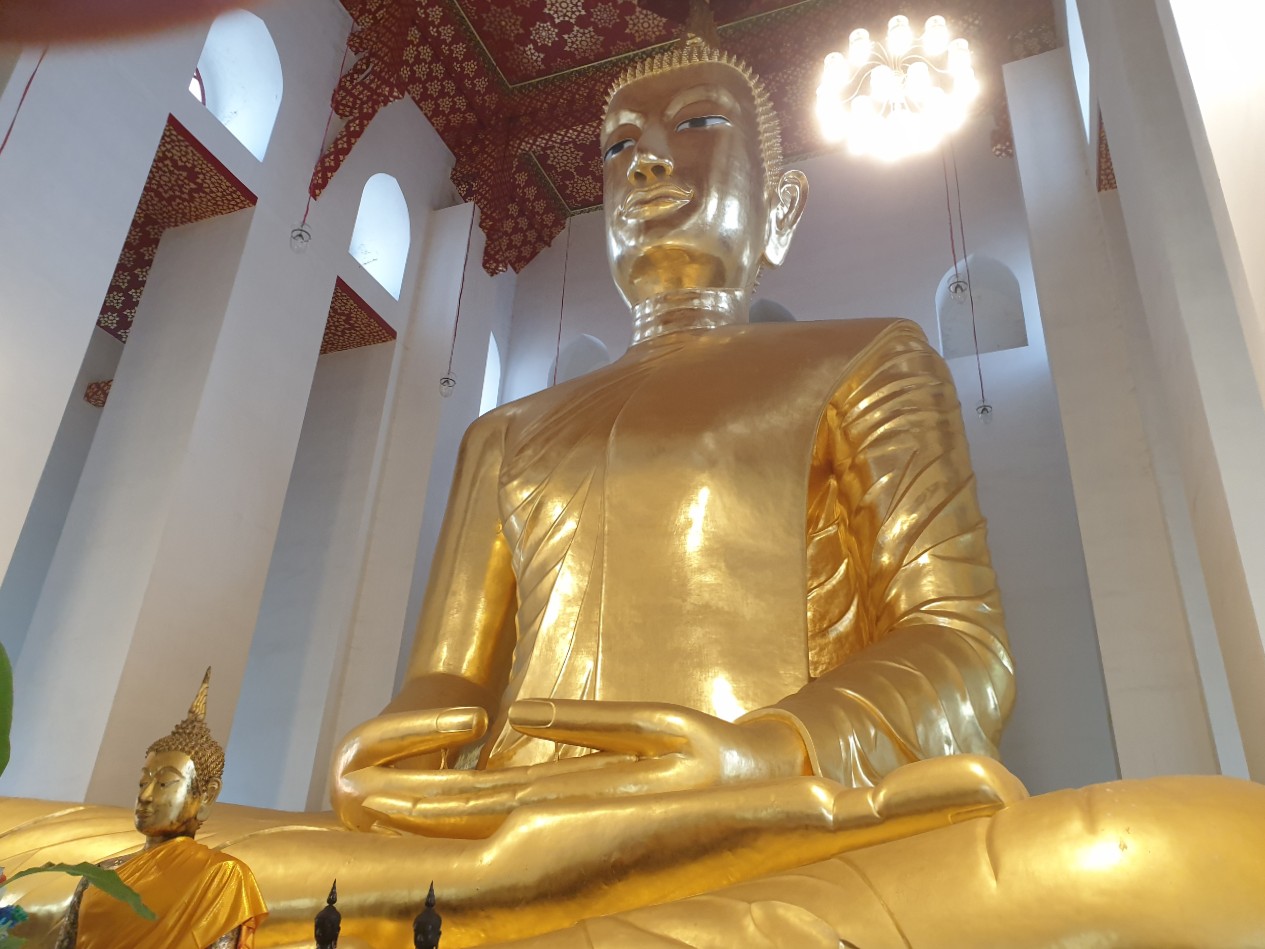
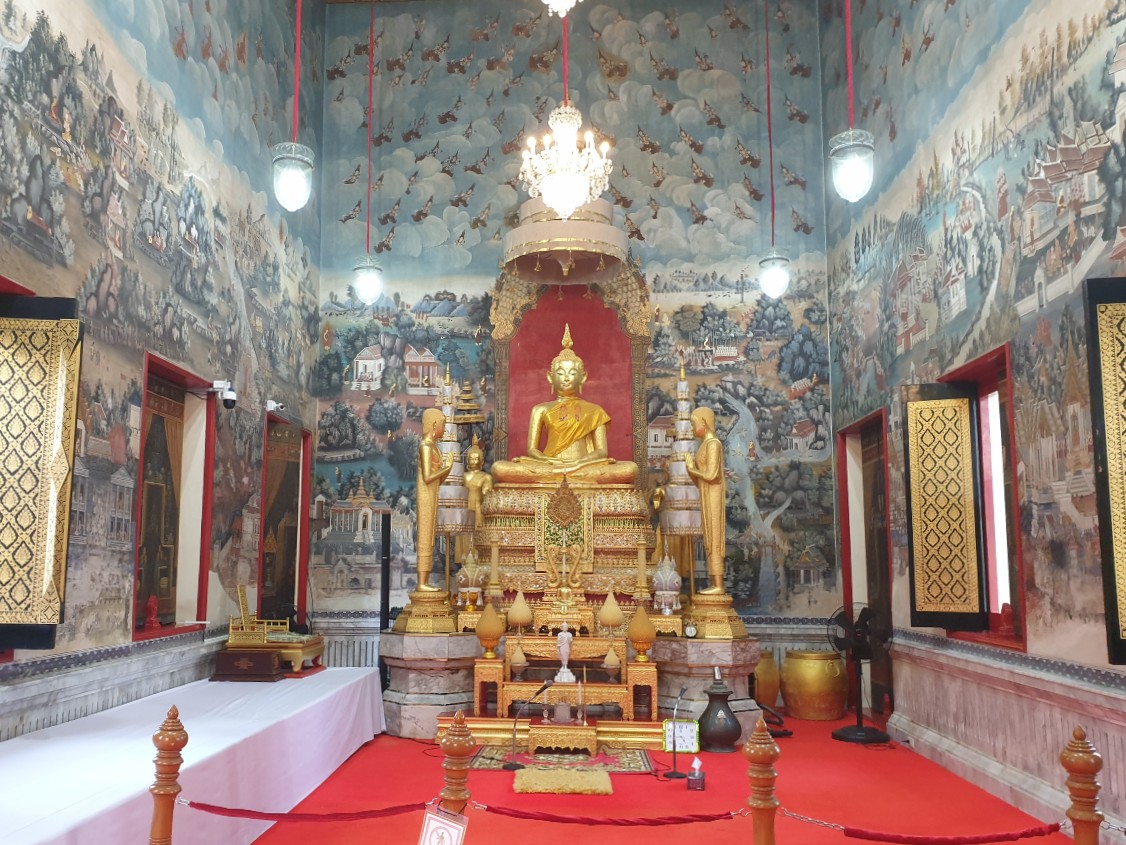
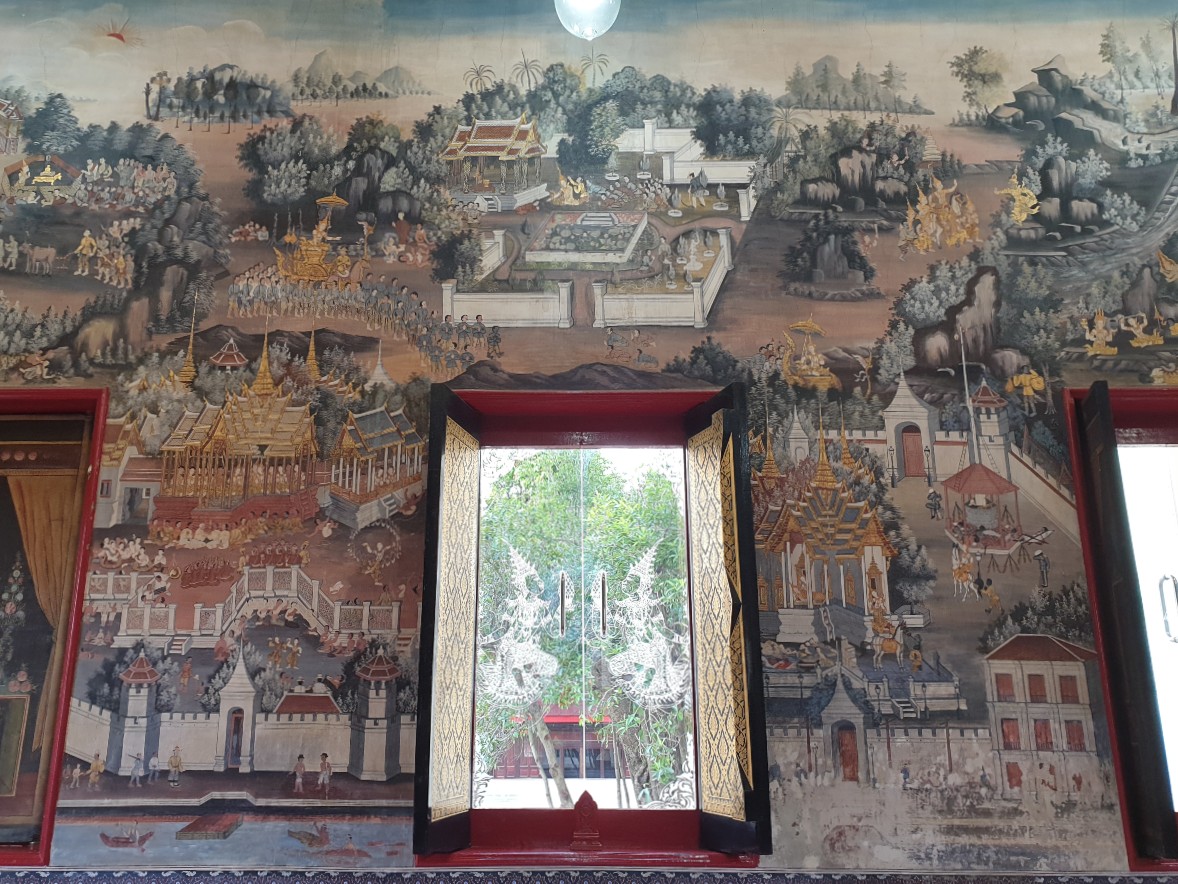
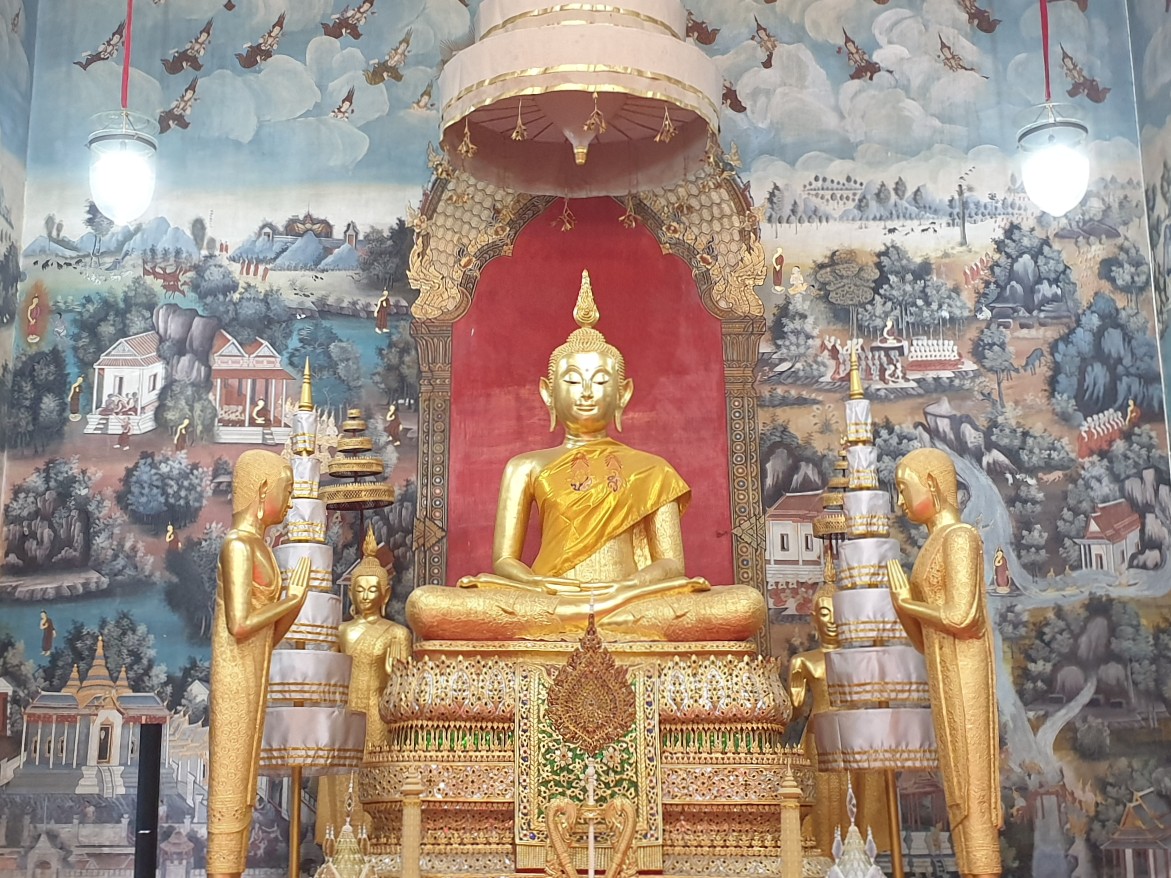
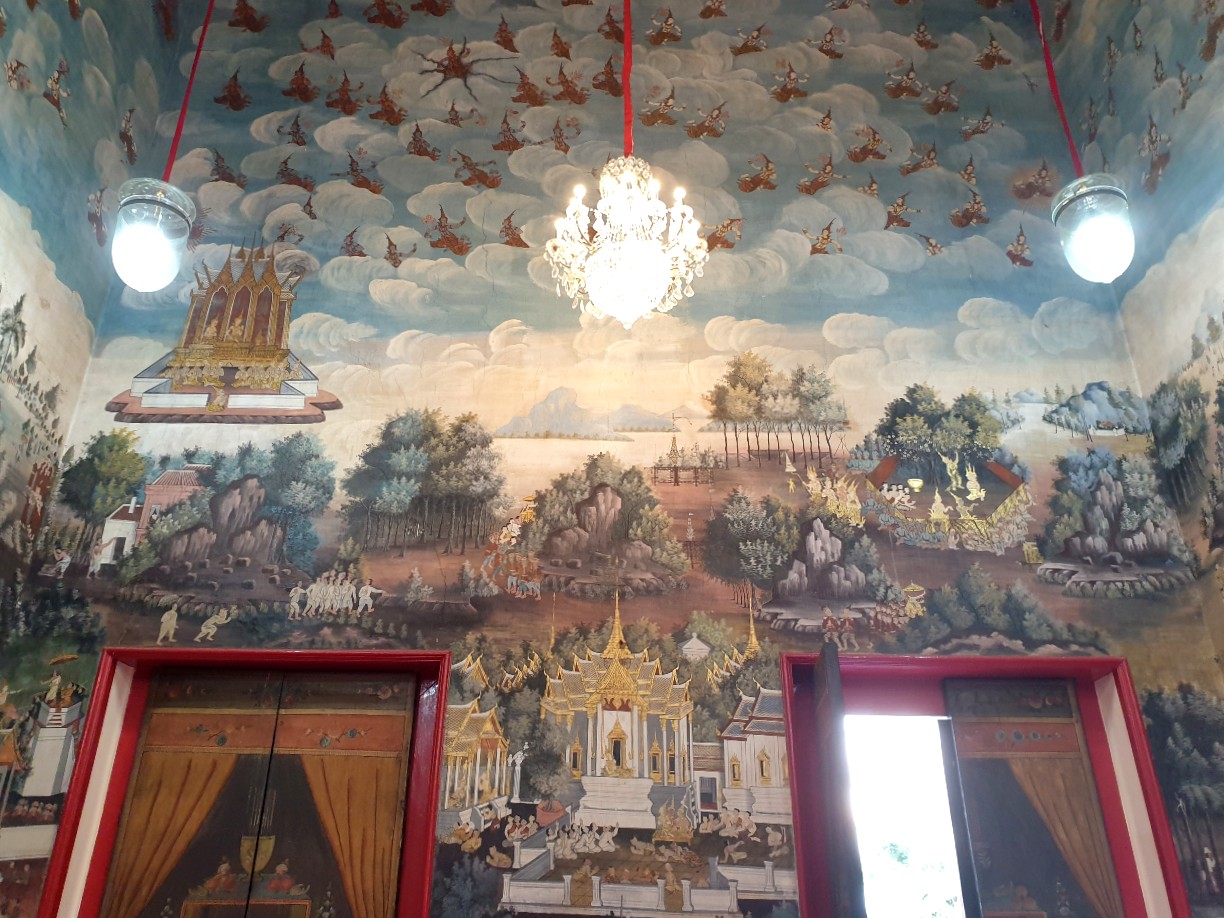
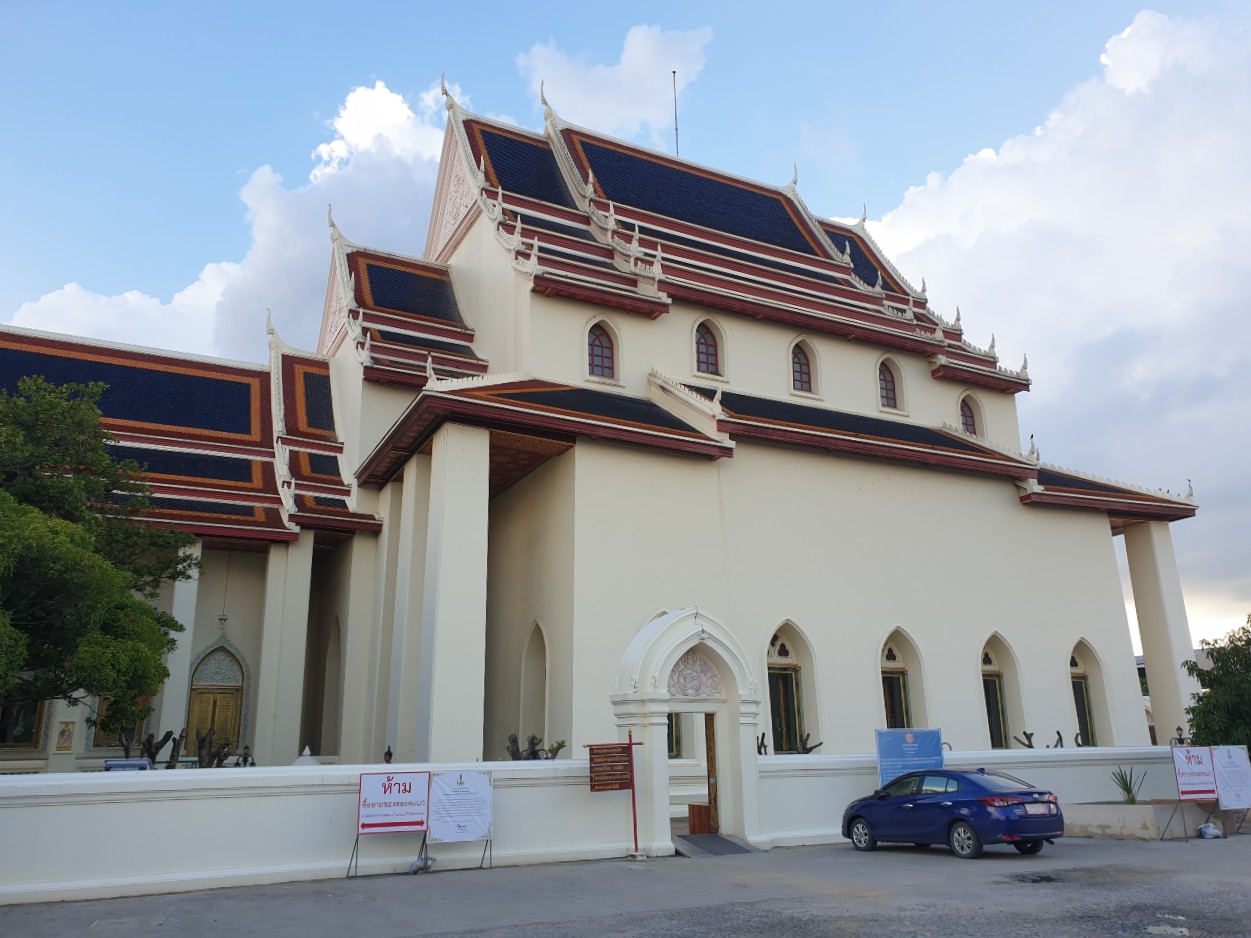
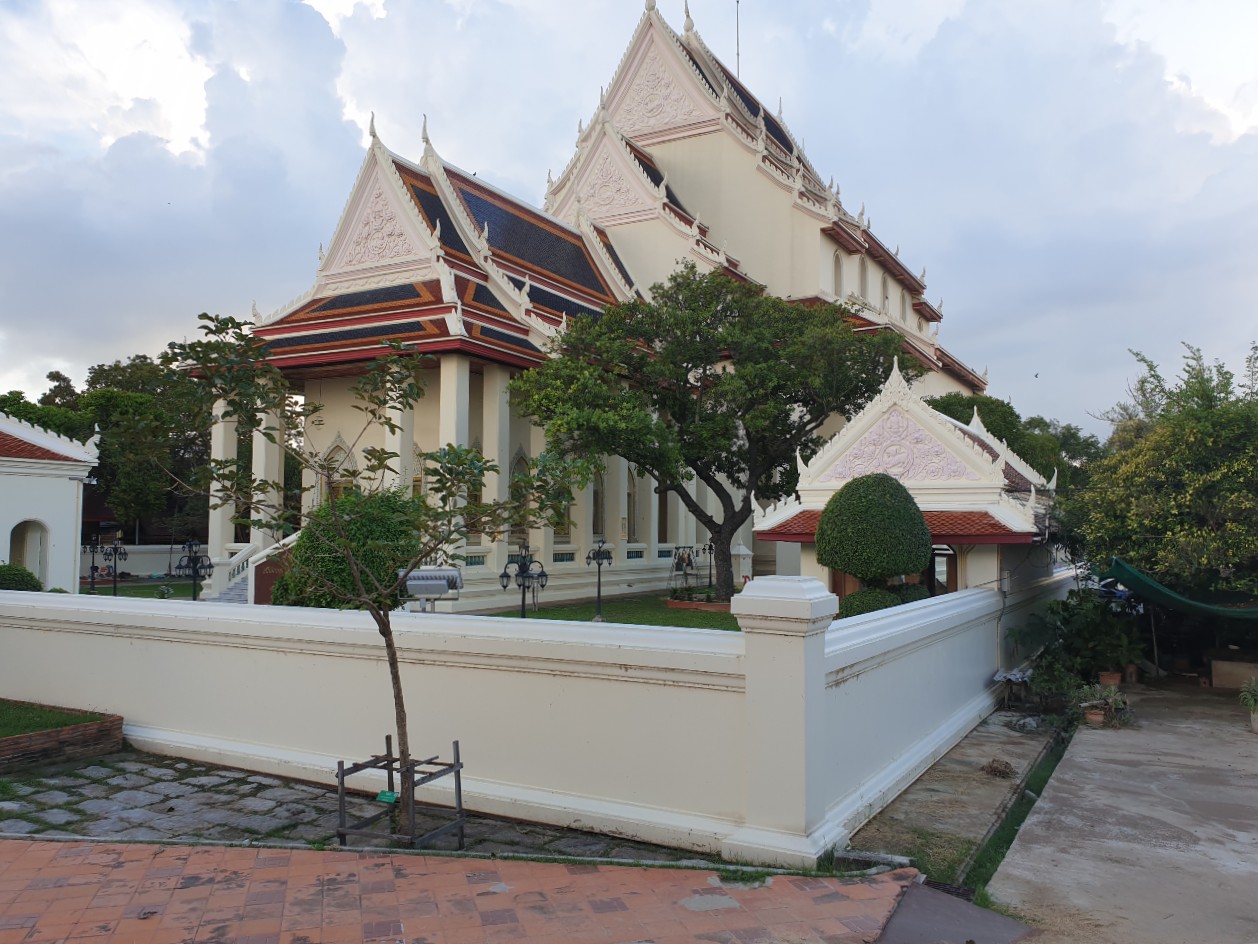
Wat Chaiyo Worawihan, Chaiya District,
Ang Thong Province
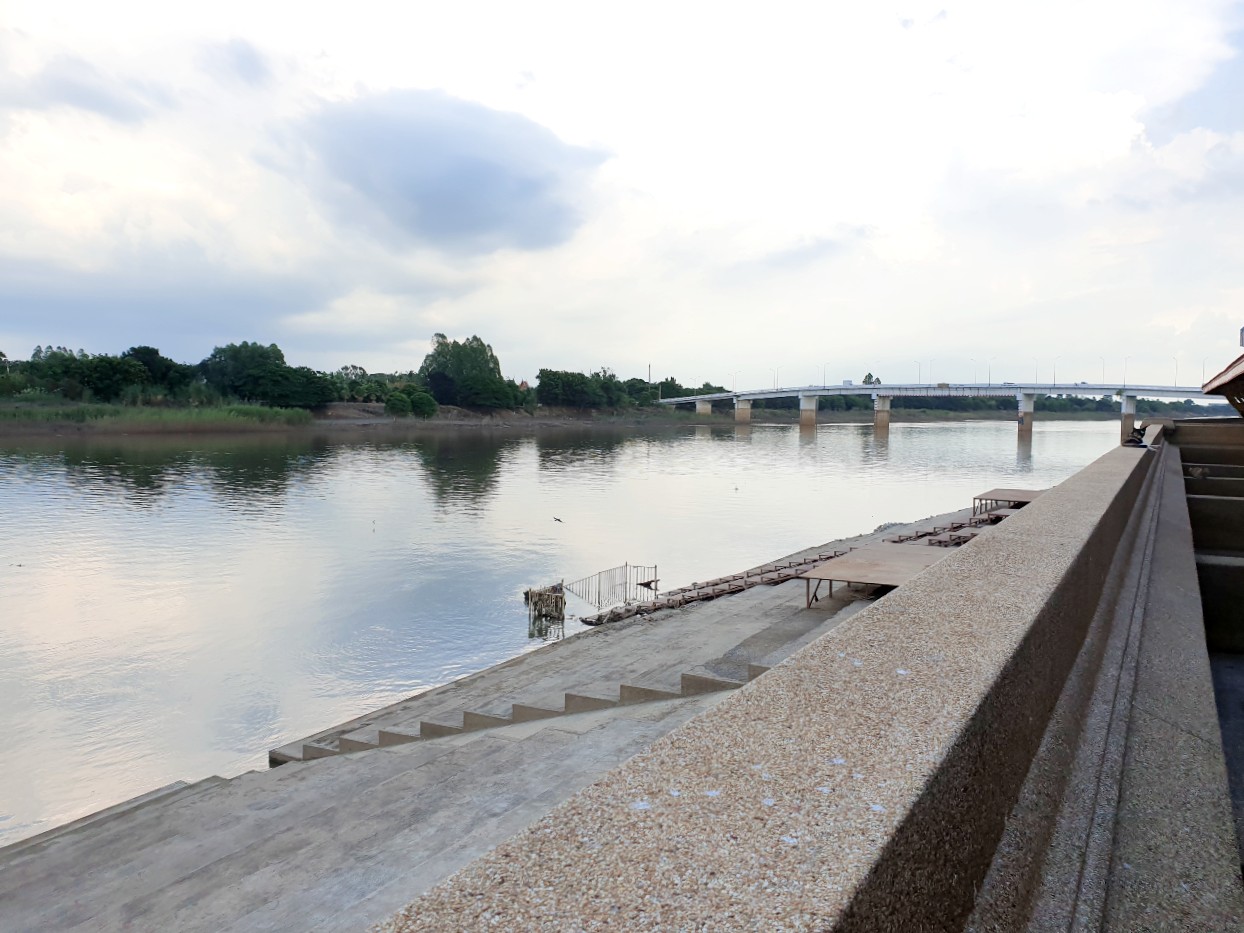
Chao Phraya River, Chaiya District,
Ang Thong Province